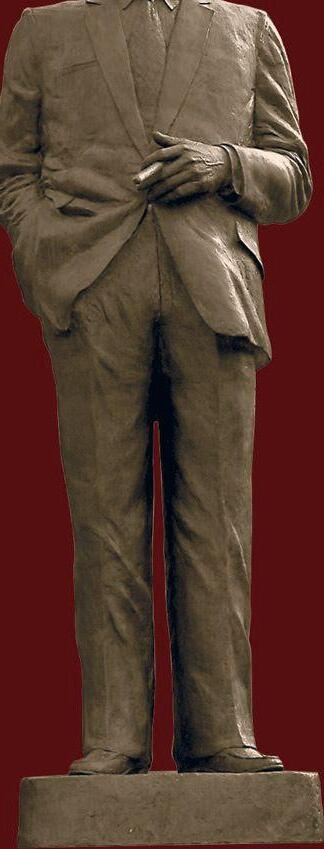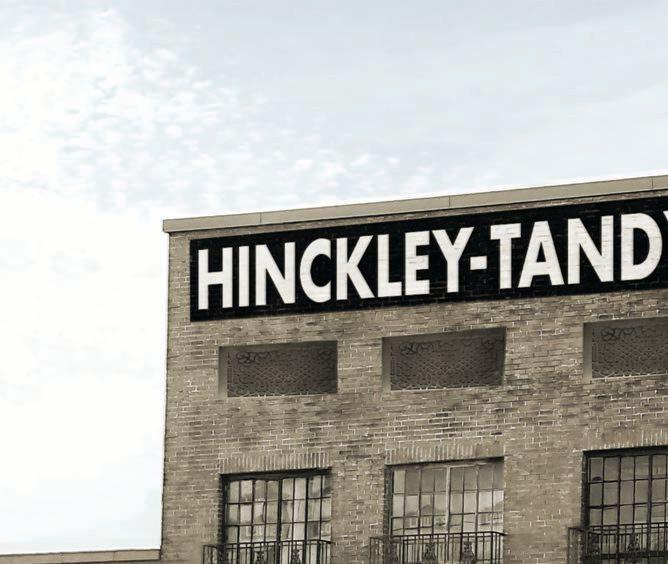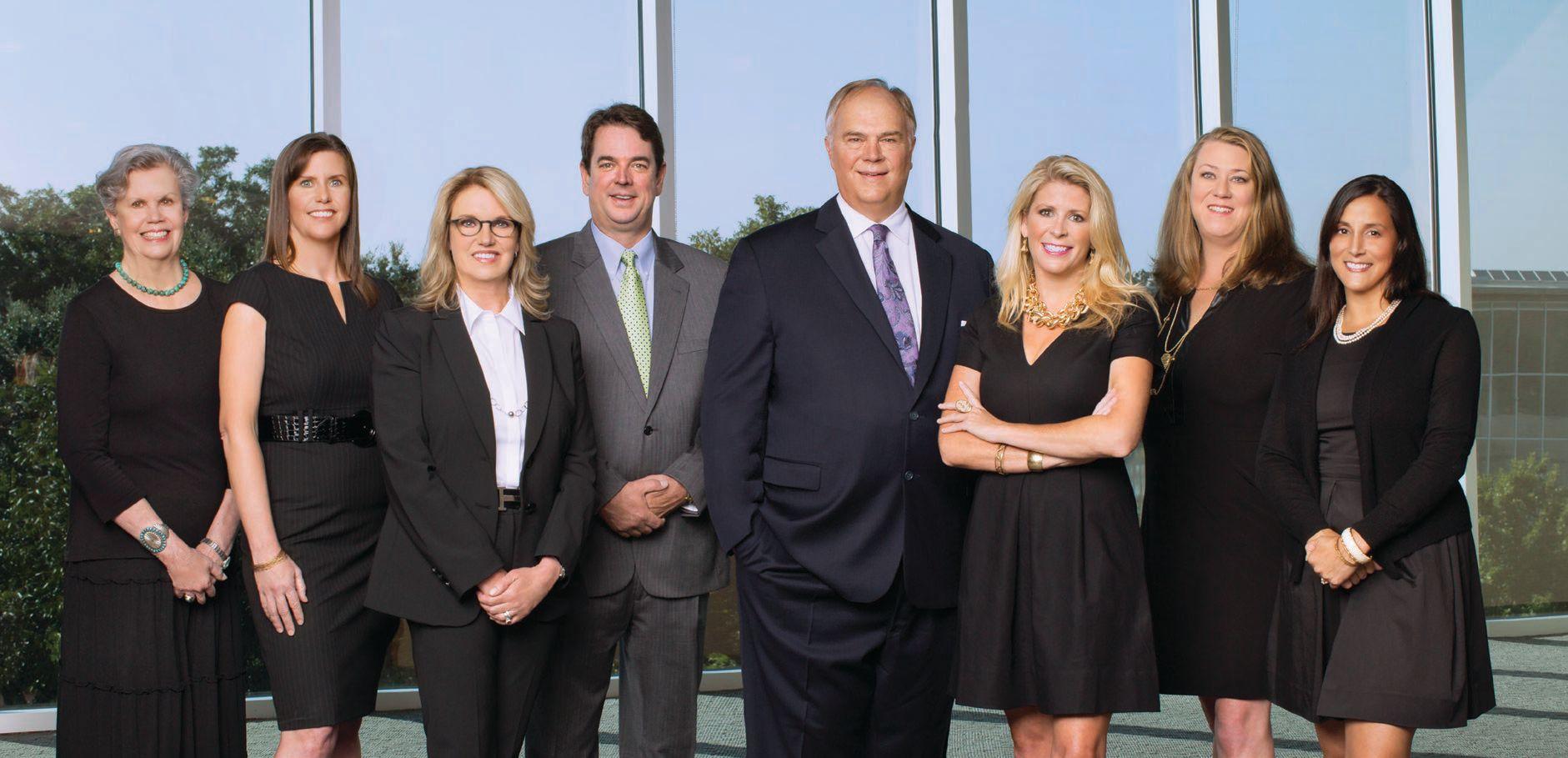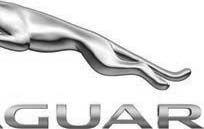






The country star sounds off on family, his ventures in music, The Rustic in Dallas, real estate and oil and gas
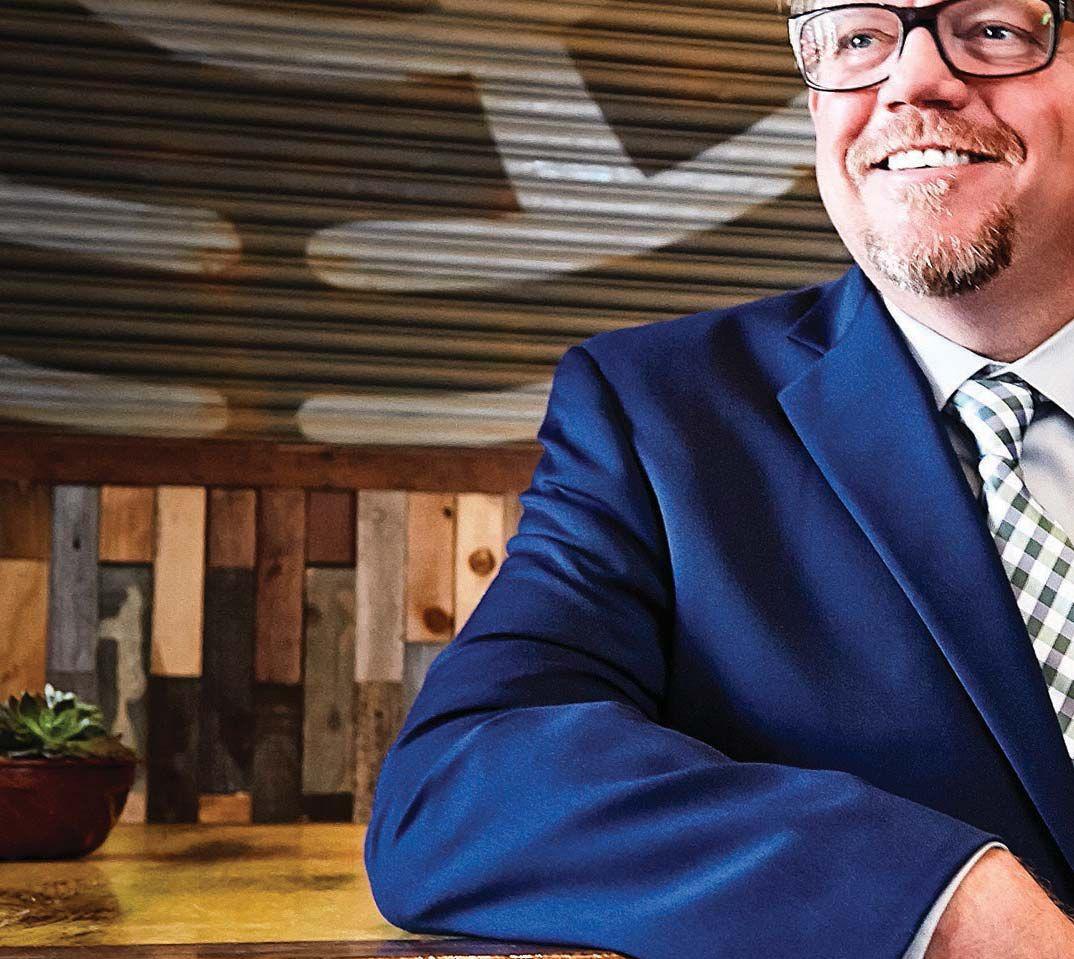
Is Hemphill Next?
Redevelopment moving ahead on Fort Worth's gritty Southside thoroughfare
Cary Moon, entrepreneur and poker player, on building his real estate and entertainment portfolio

Three Fort Worth companies contain healthcare costs
How Scouting helped Glenn Adams sell his company for a half-billion dollars

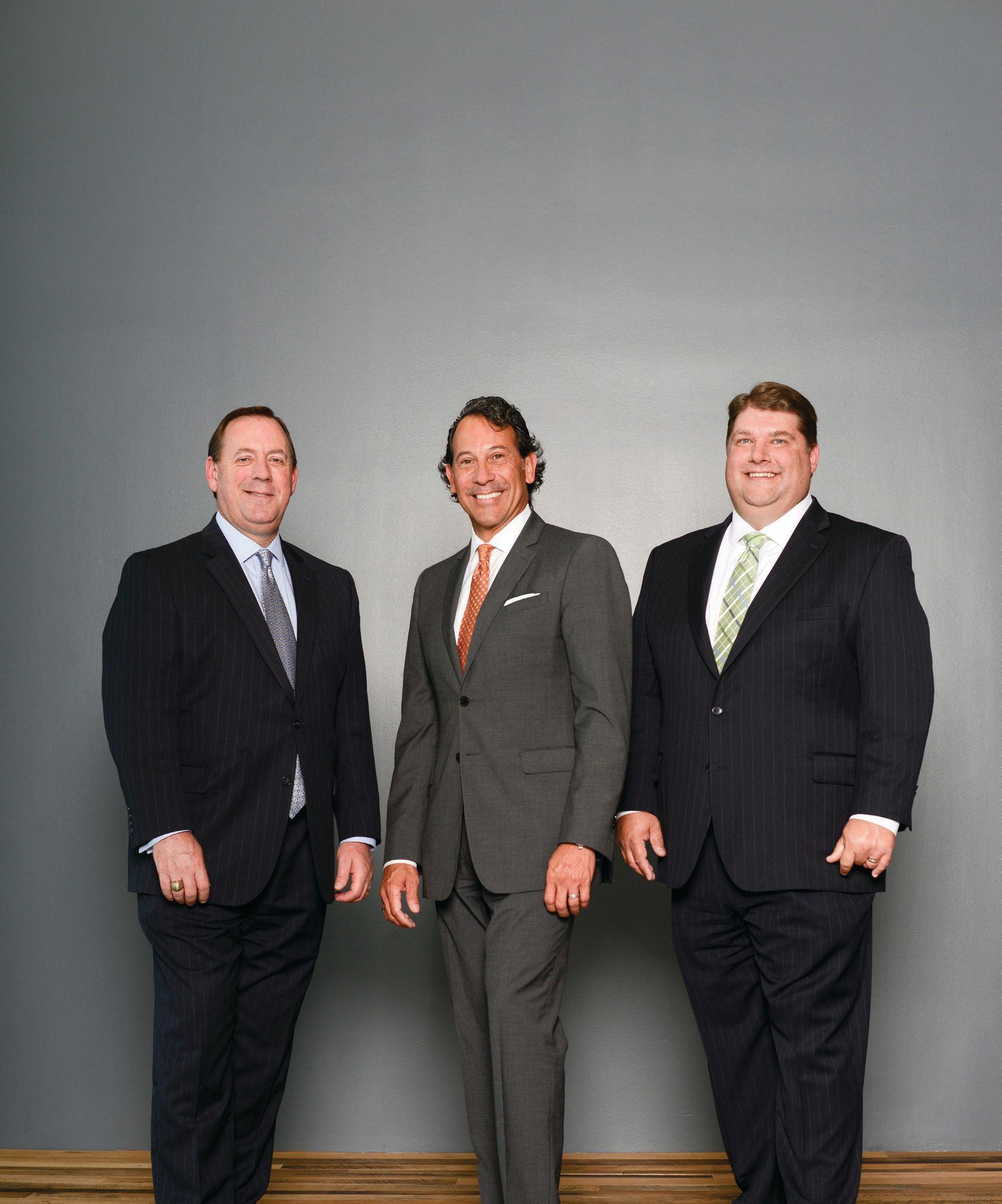
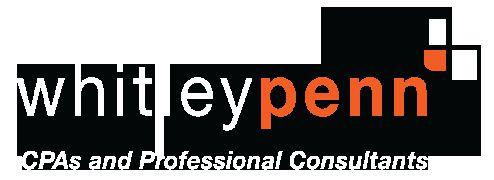


























































































At Gus Bates Insurance, our clients rely on us to help guide them through the complex world of insurance and investments. But b before

























Chase Kennemer General Manager D&M Leasing Fort Worth
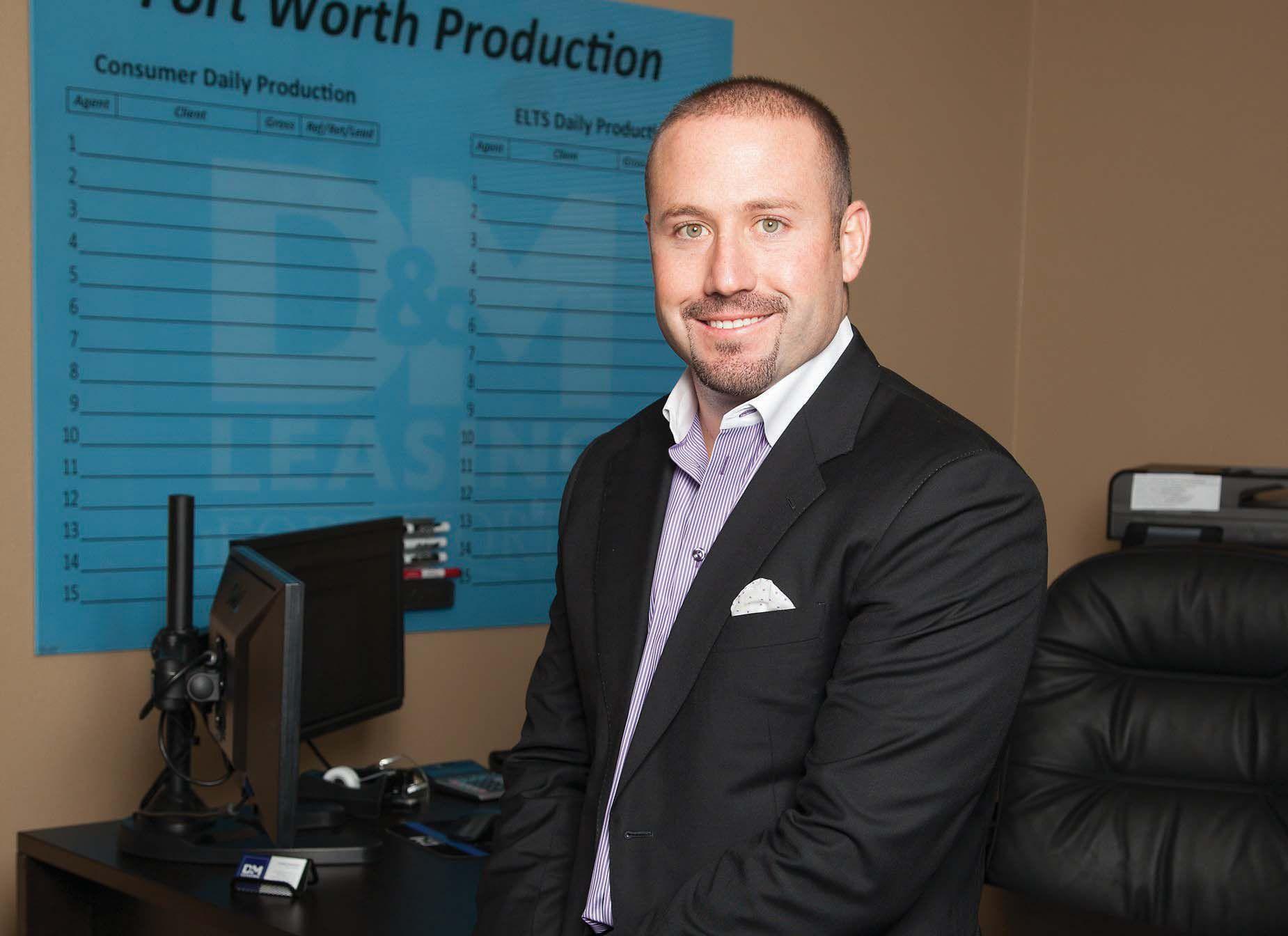
D&M Leasing has been based in Tarrant County for 34 years and is excited to open the new Fort Worth Location, conveniently located at I-30 and Summit.
D&M Leasing is the largest leasing company in America and was recently awarded the 2015 Leasing Company of the Year award by Dealer Rater for Texas and the entire U.S.
With D&M Leasing you can save up to 50% each month over buying a vehicle, and the entire transaction can take place right over the phone.
Best of all, your new or pre-leased vehicle will be delivered to next vehicle can be.
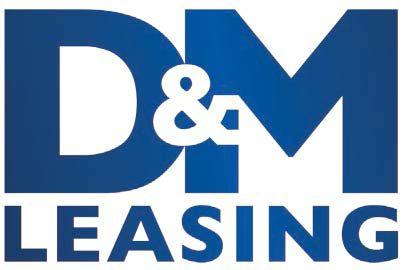
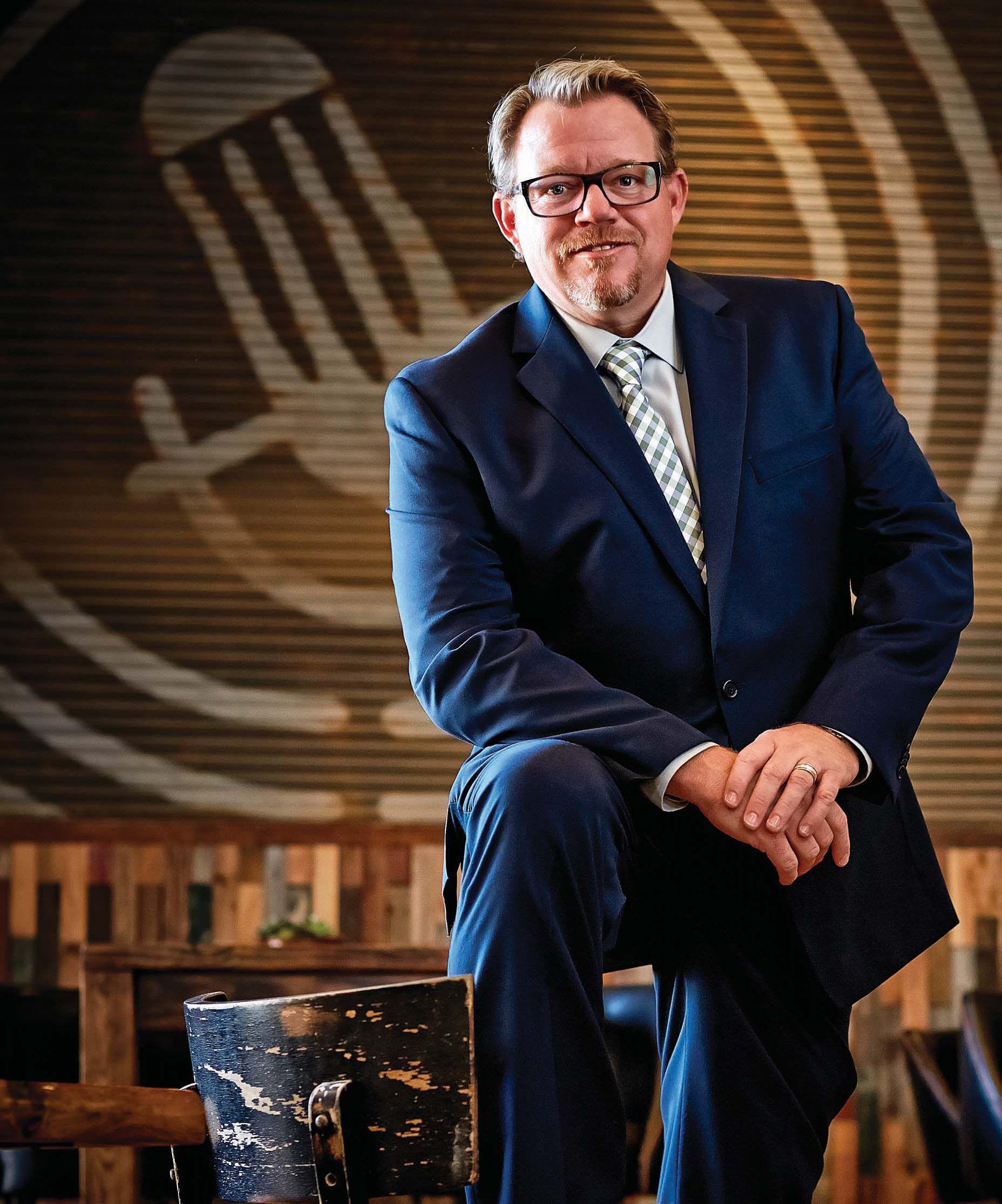
56 The Business of Being Pat Green: Fort Worth’s own Texas country legend has grossed $77.5 million in the music business, owns a minority ownership in The Rustic in Dallas, helped build and sell a $10 million real estate fund, has dipped his toes in oil and gas, and is just getting started.
64 Is Hemphill Next? Yes, Southsiders say, but road ahead for redevelopment is a complicated one.
70 Moon’s River: Cary Moon, entrepreneur and one-time poker player, on building his real estate and entertainment portfolio and how he underestimated the amount of time he would need to spend fulfilling his duties as a new city councilman.
76 When Flatlining Is Good: Companies put clamps on healthcare claims, driving down insurance premiums.
80 Kentrifying Near Southside: Will Churchill and Corrie Watson park the profits from the sale of their Frank Kent Honda dealership and downtown tract on West Magnolia, Hemphill and South Main.
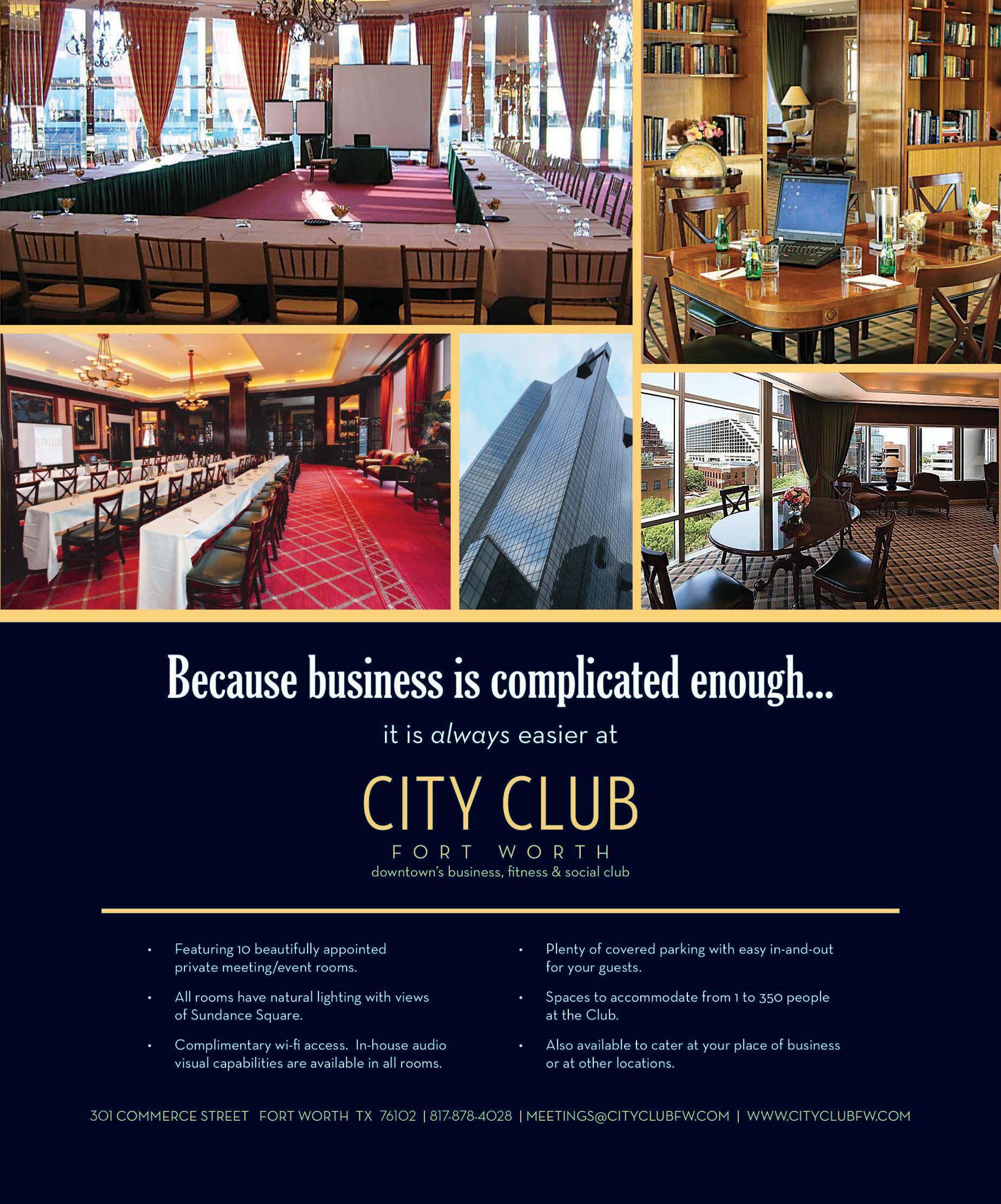
)
13 On the Go: Fort Worth’s personal concierge industry steps out.
14 Branching Out: A Near Southside developer takes on Dickson-Jenkins, Branch-Smith buildings.
14 Polished Gem: After 50 years, Southlake jeweler Pieter Andries still hunts for new opportunities.
16 It’s Game On: West Side arena owners plan a second facility, on the All Saints school campus.
18 Looking for Light: Lighthouse for the Blind looks for new revenue streams.
18 Comings and Goings: What’s new in Fort Worth?
19 Going Strong:
Velvet Box owner says upcoming holiday season looks good.
20 Face Time: Businessman Lance Byrd and partners launch The Mopac, a new venue near TCU.
22 Stay Informed: On the go? These mobile apps save executives time and money.
( EXECUTIVE LIFE & STYLE )
28 A Coat Above: Work rarely freezes, even if winter weather does. Try on a new overcoat.
32 Off the Clock: There’s no business like snow business. Ski resort lodges that cater to corporate retreats.
36 Gadgets: Flapit is a social media metrics counter that connects to all major platforms.
40 Wine & Dine: Firebird Restaurant Group spreads its wings with El Fenix and other restaurants.
46 Health & Fitness: Employers are realizing the importance of strong wellness programs to maximize productivity and contain insurance costs.
48 Office Space: Fort Worth’s fastgrowing PMG Worldwide is into its third expansion, matches office space to the company’s collaborative culture.
( COLUMNS / DEPARTMENTS )
84 EO Spotlight: Lab owner Hillary Strasner, at $20 million in annual sales, looks to diversify and expand her business.

86 Business Strategy: Eagle Scout CEO and entrepreneur Glenn Adams goes from burning camp breakfast to making millions in oil and gas.
92 Business Leadership: TCU Baseball Coach Jim Schlossnagle can teach executives a lot about management and communicating.
94 Analyze This: Fort Worth Chamber of Commerce quarterly report.
96 Analyze This: Fort Worth quarterly commercial real estate report card.
98 Analyze This: Three Ds of Open Carry laws for Texas businesses.
100 Analyze This: IRS looks at curtailing valuation discounts in wealth transfers.
102 Day in the Life: Briggs Freeman CEO Robbie Briggs on juggling a growing firm, family, and the need to recharge.
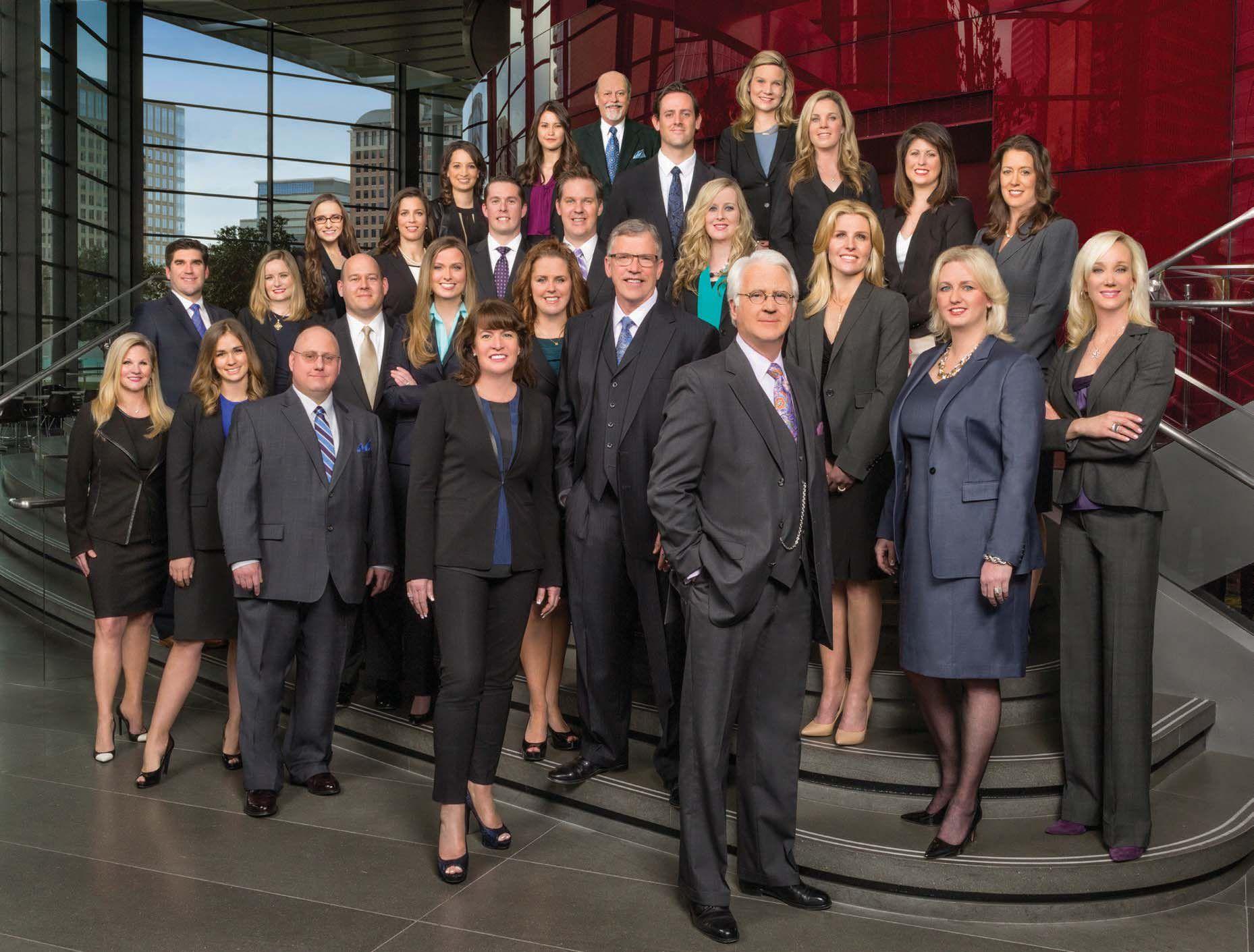

ihave long been an admirer of the late Dee Kelly, founding partner in the law firm of Kelly Hart & Hallman who passed away in October. I respected Mr. Kelly not only for his business success, but for his love and commitment to the City of Fort Worth. Mr. Kelly was one of Fort Worth’s and Texas’ best-known attorneys and a political power broker who took his civic responsibility seriously. He made it one of his life missions to promote the city where he lived and worked, which was inspirational for me.
In 1999, not long after my partner and I launched Fort Worth, Texas magazine, I received a handwritten note from Mr. Kelly complimenting the magazine and wishing me luck. I kept that note and in June of this year, 16 years later, mailed it back to him along with an invitation to our FW Inc. launch party. Mr. Kelly did not have to attend our unveiling, but he did. He was a man who understood the importance of working hard, of doing, even when it was not convenient. He understood the adage that, “Eighty percent of success is showing up,” and at the age of 86, Mr. Kelly showed up every day. It’s something he passed on to others verbally and by example.
One of Kelly’s early lessons about working hard came in the late 1940s during an interview with legendary U.S. Rep. and House Speaker Sam Rayburn, when Kelly
was a columnist for Bonham High School’s student newspaper. Rayburn told Kelly that people were not too dissimilar in talent, but what really divides successful men and women from those who are not successful is hard work. Working hard was one of the secrets to his success.
Dee Kelly was not born and raised here in Fort Worth, but once he got here, he became one of the city’s biggest supporters and lived his life paying it forward and celebrating Fort Worth. He left a legacy that his family, his firm and all who love Fort Worth should attempt to emulate.
Someone else who is pretty well-known in Texas and throughout the country is the subject of this issue’s cover story. Like Kelly, Pat Green was not born or raised here in Fort Worth, but 10 years ago chose to move here and raise his family. When I had the idea to feature Pat in this issue, my thought was to focus on the business side of his music career.
We spent a half day with Pat at The Rustic Kitchen and Bar in Dallas, where he is a minority owner. What we found out is that he is not only a gifted musician, but a pretty savvy entrepreneur who has been involved in various investments over the years. One of his recent entrepreneurial investments was with a small group who built a $10 million real estate fund, leveraged it to over $30 million in assets and then sold it.
In our interview he also talks about a lesson learned in oil and gas, where he lost his investment. “Business at the highest level is not a respecter of friendship or anything else,” Green said. “Nor should it be. It’s just business.”
The mission of FW Inc. is to deliver inspirational, educational and entertaining coverage through shared experiences, lessons learned and best practices to help busy executives run their companies better and have fun doing it. In this, our second issue, I think we have all of these items covered. Enjoy.
Hal A. Brown owner/publisher
Divorce can lead to some ugly vows. But, like any other important business dealing, your due diligence can protect you throughout the process. Knowing the complexities of prenuptial agreements, separate and community property and ensuring a positive relationship with your children – these are the essentials we bring to the transaction. The lawyers at Nunneley Family Law will represent you with business acumen and insight so you can vow to reach the result that’s fair to everyone, and plan for what comes next.
nunneleyfamilylaw.com
817.577.2332 • Hurst, Texas

Nunneley is a
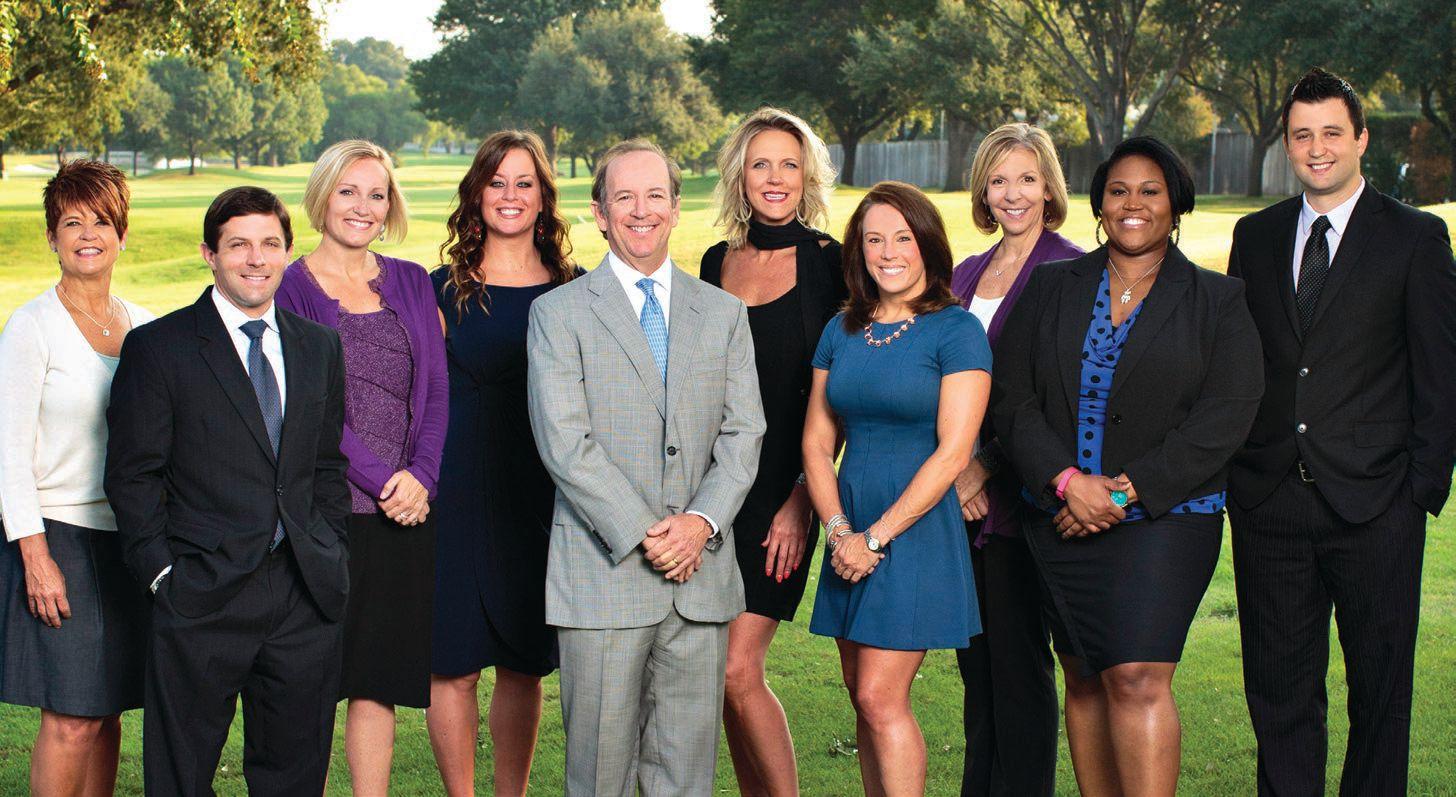
“Origin” is the point or place where something begins or is created, the source or cause of something. Formerly known as Community Trust Bank, Origin Bank is our new name, but not a new take on how we do business. Our more-than-a-century old, $3.8 billion financial institution will continue to provide a wide range of superior banking services within our 41 banking centers throughout Louisiana, Mississippi and Texas, including the centers in and around the Fort Worth area.
Throughout our history, our bank has continued to evolve to better represent our customers’ changing financial needs. Our name change to Origin Bank is not the result of being sold or merging with another institution. It is a strategic decision to differentiate our brand, and to set a new standard for unmatched customer service and relationship banking. Origin is a name we can trademark and distinctly call our own.
As the bank transitions to our new name, all account numbers, PINs, routing numbers and other account information will remain exactly the same for existing customers. In addition, ATM cards, debit cards, credit cards and checks will continue to function normally as we make every effort to sustain, and even improve, the bank’s normal business operations.
Under the leadership of Origin Bank Tarrant County Regional President Grant James, our team is excited to continue our tradition of being trusted advisors to our customers and partners to our community. Rest assured, our core promise remains the same: to make every customer feel like the only customer, every time. WELCOME TO ORIGIN BANK.
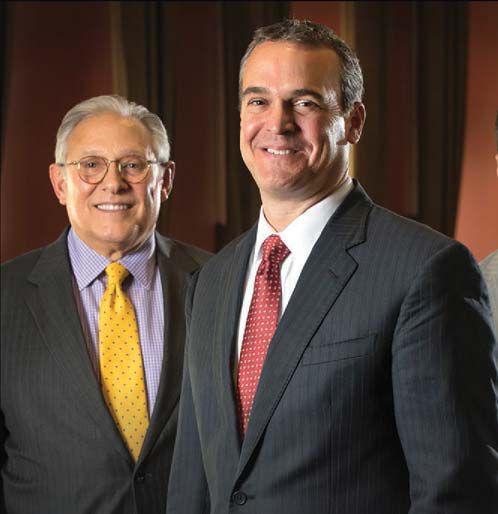





Locally
Backed
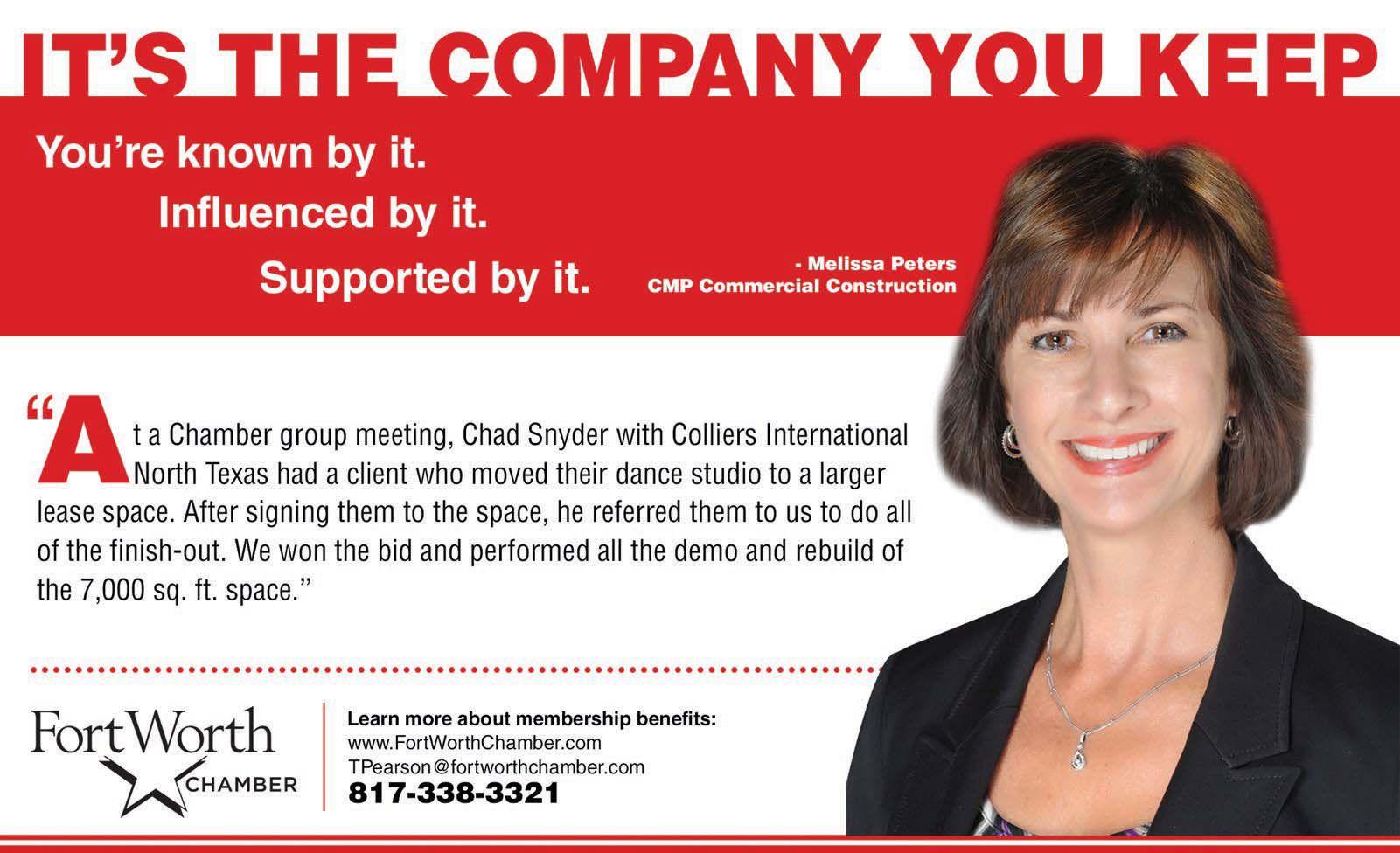
By Scott NiShimura
the personal concierge market in Fort Worth just took a step up in visibility. Longtime concierges Rendee Bullard and Kellye Garrett, who have teamed up to form the Go Cowtown service underneath Bullard’s Go Go Me mantle, in September opened their first Fort Worth brick-and-mortar beachhead at 2501 Forest Park Blvd. Vendors joining Go Cowtown in the building include Turquoise Video Productions, Mariel and Joey photographers, and stylist Renn Traylor.
“We’re going to be able to cross-pollinate all of it,” Traylor says.
Go Cowtown brought together Bullard, whose global concierge service includes clients such as LeAnn Rimes, and Cowtown Concierge owner Kellye Garrett, who launched her personal concierge service 10 years ago in Fort Worth. Bullard will continue to retain two high net worth clients outside the partnership, and Garrett will continue to retain a number of clients she serves.
Go Cowtown has a network of oncall concierges it uses to serve clients, including 10 in the DFW area, four in Austin, six in Nashville, Tenn., eight in Los Angeles, two in New York, three in Northern California, and seven over-
seas. Bullard plans to launch “Go U-go university” next year that will certify concierges. Once that happens, Bullard hopes to bring them on as staff members.
“I’m ready to be a full-time booking agent,” says Bullard, 41, who still travels extensively to Los Angeles and Nashville on business, but now delegates travel generated by the two high net worth clients she retains personally to her two personal assistants.
Go Cowtown, which bills itself as “your exclusive lifestyle managers,” divides its services under five categories called Go Home, Go Nerd, Go Event, Go Beauty, and Go You.
It offers nearly 60 services, ranging from arranging housekeeping, to
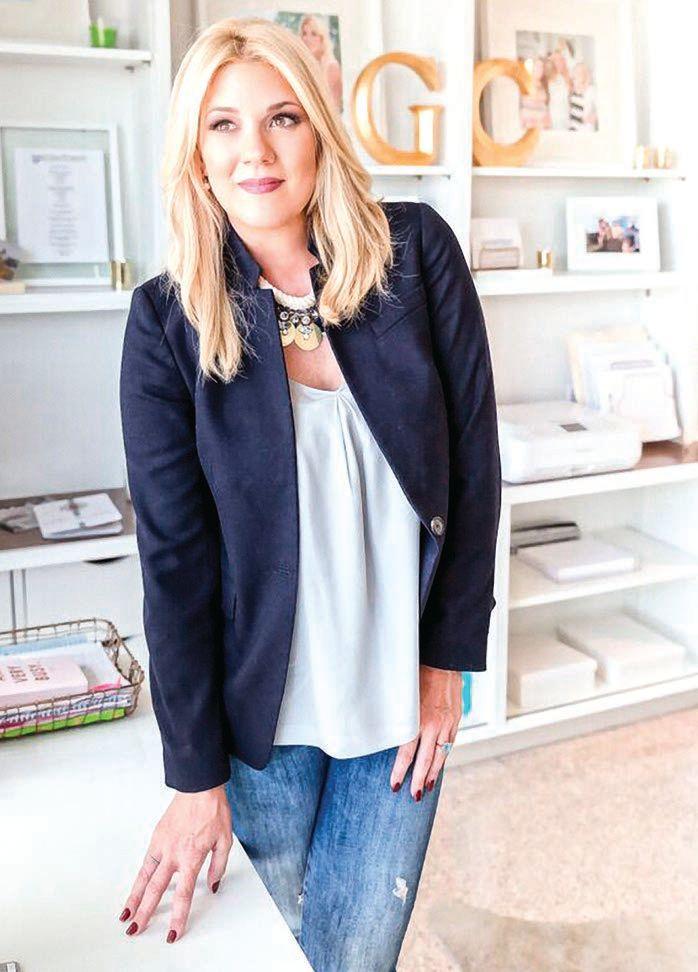
preparing meals, moving services, party planning, network assistance, travel management, on-location beauty services, housesitting, and airport pickup and dropoff.
The partnership comes six years after Bullard gave the Go Go Me name to the services she was offering. She estimates she’s worked 20 years for high-net worth and high-profile clients.
“I’ve never not worked 24/7,” she says. “I’m figuring out what that means and finding other people like me.”
Near Southside developer takes on Dickson-Jenkins, Branch-Smith complex next.
By Scott NiShimura
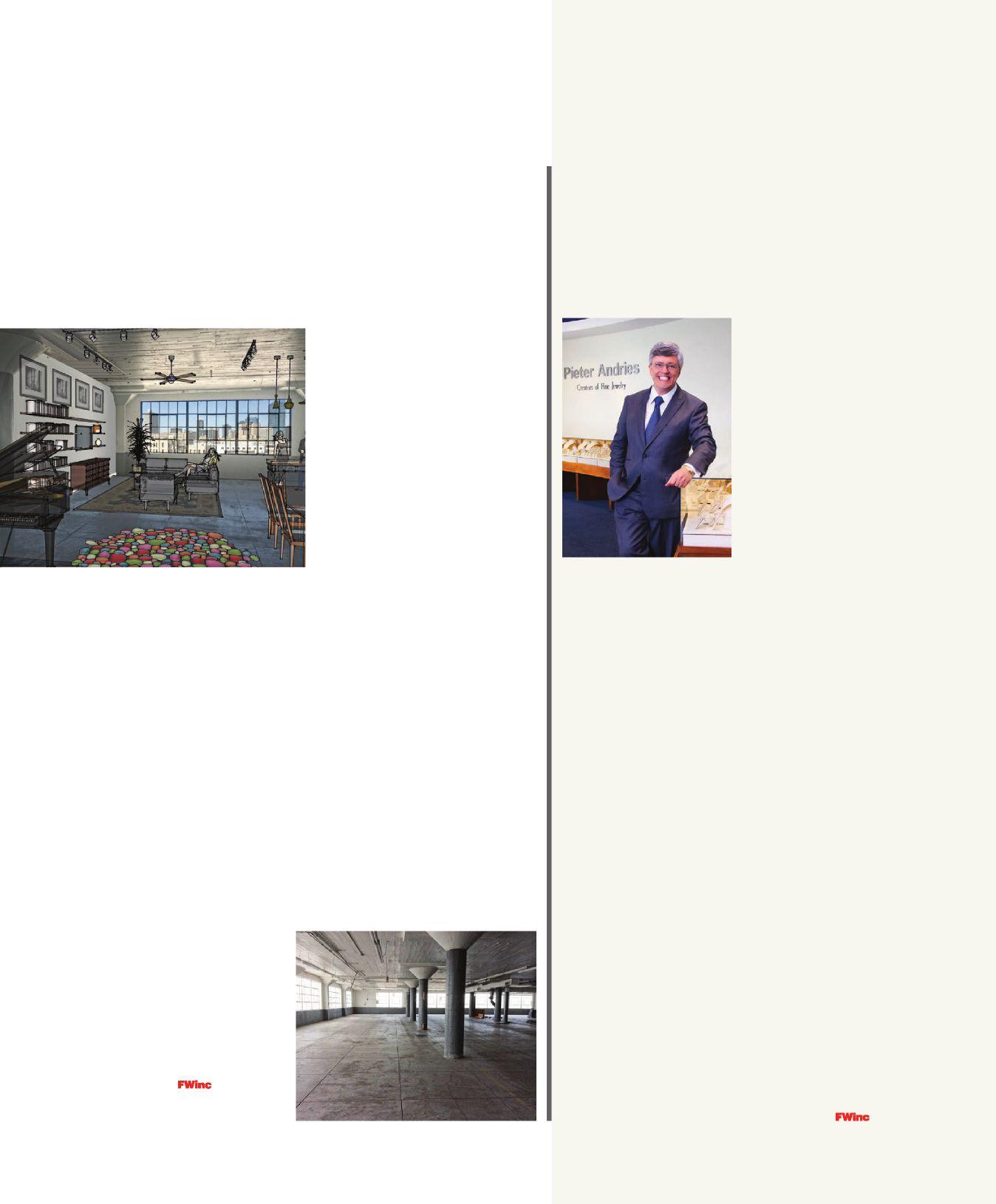
After 50 years, Southlake jeweler Pieter Andries still hunts for new opportunity.
By Scott NiShimura
Fort Worth developer Eddie Vanston — whose credits include restorations of the Supreme Golf Warehouse, Markeen Apartments, Leuda-May Apartments, and LaSalle Apartments on the Near Southside — have purchased a historic property on the Near Southside and plans to renovate it into residential and commercial lofts and condos.
Vanston confirmed he and longtime business partner Tom Reynolds have closed on the property at 120 St. Louis Ave. that includes the three-story, 44,550-squarefoot Dickson-Jenkins Building and 12,756-square-foot Branch-Smith Building that was part of the original Branch-Smith printing plant. The property is commonly known as Branch-Smith, which bought the Dickson-Jenkins building in 1983, but Vanston and Reynolds plan to name the property the Dickson-Jenkins Lofts.
They plan commercial condos on the ground floor of the DicksonJenkins Building and in the Branch-Smith warehouse. They plan residential lofts on the top two floors of the Dickson-Jenkins Building.
“Given the mess of apartments coming online here (on the Near Southside), there’s very little that’s going to be for sale,” Vanston said.
There will be about 20 residential lofts and 24,000 square feet of commercial, 12,000 each in both buildings, Vanston said.
There will be about 20, 900-1,500-square-foot residential lofts, priced at $199-$229 per square foot, Vanston said. He and Reynolds will have a 50-50 mix of commercial space for lease and sale, with rent rates of $18-$19 per square foot, and white box commercial condos for sale at about $150 per square foot.
The Dickson-Jenkins was constructed as a two-story factory in 1927, with the third floor added in 1929. The building is recognizable for its large window openings.
At 67, after 50 years in the business as a jeweler, Pieter Andries Hye is still on the hunt for ways to grow the business.
Next year, Hye will add 10,000 square feet onto his Pieter Andries jewelry store, 2525 E. Southlake Blvd., bringing in a Rolex boutique (the store already sells Rolex), adding more showroom space, and augmenting the workshop where his employees create one-ofa-kind pieces to order, the Pieter Andries specialty.
Hye, who has 22 employees, is also looking for six more and says he expects to get to about 40 within the next two years. Hye says he’s looking into opening stores in other cities, but he’s concerned he wouldn’t be able to sustain the highest standards with multiple locations.
“Part of maturity is to accept that no one can be everything to anyone, including me,” Hye says.
Hye, a Belgian whose grandfather was a jeweler and father ran a coffee plantation and built bridges and sold lumber, became a goldsmith 50 years ago. In 1982, after a career as a goldsmith, designer, and buyer, he moved to the United States to start his own business, first to Los Angeles, where he spent a year as a designer and buyer. Later, selling to Zale Corp., he settled in North Texas and opened his original store in 1997 at Solana, then built his own in 2000 and moved to Southlake. It took seven years to pay off the bank debt from opening his own business, Hye says, declining to discuss his numbers.
Hye buys all of his stones from mines and diamond cutters, and buys his gold from refineries. In 2011, he earned the title Certified Gemologist Appraiser from the American Gem Society, the industry’s highest achievement held by 400 people in North America. The society dedicates itself to ethics, gemological knowledge, and consumer protection.
“We are all in business to make a sale,” says Hye, who shuns markdowns and instead stands by the value of his work. “But we want to make a sale that leads to other sales.”

USMD Hospital at Fort Worth is home to 11 of the area’s foremost orthopedic, neuro and spine surgeons – people passionate about getting you back to the activities you love.
By Scott NiShimura

Game On Arena Sports’ owners have been looking to expand close to their popular indoor soccer and flag football facility in far West Fort Worth off of Loop 820. They’ve got the site, having signed a long-term ground lease on an 8.5-acre site on the campus of the All Saints Episcopal School at Interstate 30 and Loop 820.
“This is the fulfillment of a long-term dream,” Trevor Armstrong, one of the partners in Game On Arena, told FW Inc.
The new facility, to be called Game On Sports Complex, will cater to baseball, volleyball, basketball, football, softball and indoor soccer teams and leagues.
The facility will have 12 indoor regulation competition volleyball courts, convertible to six full-size basketball courts; eight outdoor regulation sand volleyball courts, seven pitching/batting cages, a healthoriented dining facility, two party rooms, outdoor performance stage, 6,000 square feet of retail space aimed at users such as rehab providers, and an 11,000-square-foot performance training space that will include a 75-yard track and a 25-by-40yard artificial turf field, Game On said. The total complex will have 140,000 square feet under roof and 50,000 square feet of outdoor facilities.
The development will break ground by Nov. 30 and is scheduled to be complete in August next
year, Armstrong said. Halbach•Dietz Architects of Fort Worth is the architect, Fort Construction will be contractor, and Pinnacle Bank is financing the project. Through the agreement with All Saints, Game On Sports will have access to as many as 24 total acres for future expansion, Armstrong said. The partnership declined to say how much it expects to invest in building the facility.
Armstrong, who with his partners bought Game On Arena four years ago, said Game On Sports Complex’s competitors on the west side of the Metroplex are mostly high schools and church venues. With the fast growth of the West Side, including the oncoming development of the Walsh Ranch, they view the location as ideal.
“There’s going to be great expansion in West Fort Worth,” Armstrong said. Expansion of the new facility past the first phase is years off, as is any expansion beyond the two sites they control today, he said.
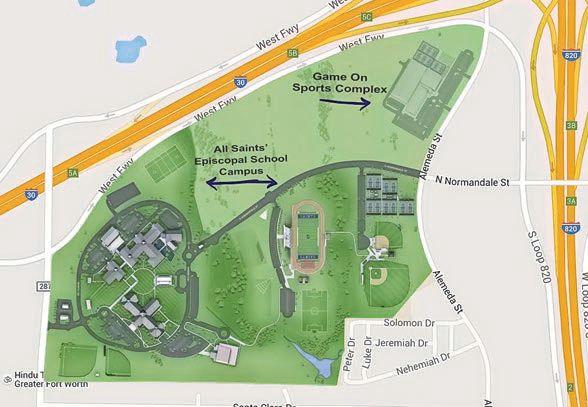
“We want to make sure we do it right,” Armstrong said. “We’re putting 100 percent of our energy behind it right now.”

The ones in your marketing plan aren’t.
A marketing plan is a huge undertaking. With so many digital tactics and channels to consider and so much pressure put on marketers to get it right, it can be tough to see what’s missing. And one missing piece in your digital mix—too little integration here, too much focus there— can derail success.
So we’ve built a simple-to-use online tool that will assess your current marketing plan in about four minutes. You’ll receive a Digital Performance Score along with key insights to help you view your plan more holistically and put you on a stronger path to success.
By Scott NiShimura
The Lighthouse for the Blind of Fort Worth, whose employees produce an array of consumer, commercial, industrial, and other products from the nonprofit’s quarters on the Near Southside, continues its hunt for new revenue.
Sales of those items create jobs at the Lighthouse, which employs about 75 people in its industrial division, including 37 blind and 38 sighted. Sales of inventory were $13.3 million in 2014, off from $19.4 million in 2012 and driven down largely by the loss of a major federal government contract for pads used to protect goods in airdrops.
Platt Allen, the Lighthouse’s CEO, says the agency’s sales goal is $30 million in three years and $60 million in eight years.
“None of us thinks that’s too far-fetched,” Allen, a TCU MBA who arrived at the Lighthouse eight years ago after a lengthy business career, says.
Lighthouse employees assemble flashlights, copy paper, cleaning products, shipping boxes, flares, wrist restraints, cable ties, ball point pens, and other products. Two years ago, Lighthouse bought a machine shop on the South Side and a paper tube company. Finally, Lighthouse also has added drug test kits to its product lineup.
The machine shop has struggled, but has a new sales manager. It has four blind machinists and four sighted who set up the machines. “It’s repetitive work,” Allen said. “Whether you’re sighted or blind doesn’t affect the way you do the work.” The paper tube business, which generates tubes
GDC Technics, which earlier this year took out a 25-year lease for the former American Airlines hangar at Fort Worth’s Alliance Airport, expects to ramp up to 650 jobs there “within the next year,” a company executive says.
The company has 100 employees at Alliance now. It will be seeking employees across a broad range, including accounting, finance, engineering, machining, mechanics, information technology, warehouse, human resources, sales and maintenance, Kriss Parikakis, GDC’s chief financial officer, told the Fort Worth Chamber of Commerce’s Job Links Excelerator group this summer.
The company, in announcing its Alliance move in February, said then it expected to put 600 jobs in Fort Worth over several years.
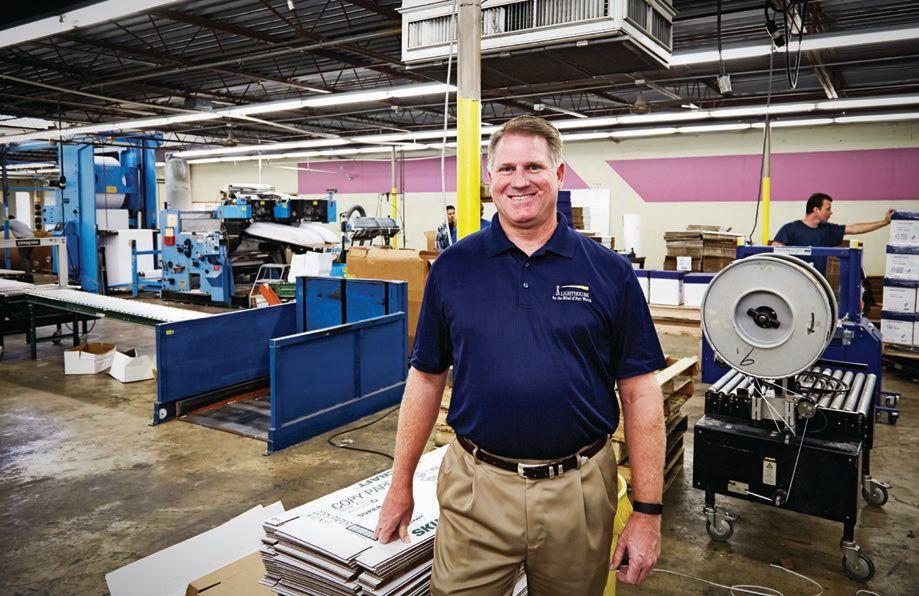
for use in textiles and tracking and for applications such as packing posters, has been a “good piece of business,” Allen said.
Lighthouse continues to diversify away from government business; the loss of the federal contract cost 33 jobs in 2013. Today, 22 percent of sales are to federal clients, 61 percent state, and 17 percent commercial.
Lighthouse has a newly constructed sales team, Allen says. All new in the last three years: national sales manager for tubes, sales manager for the machine shop, two sales managers for State of Texas business, and one for order entry and telemarketing.
The Lighthouse is also poking around other new potential opportunities, including a commercial bakery, Allen said. “We’ve had some very cursory discussions,” Allen said. “We have so many boutique restaurants in the market right now.”
Higher sales help fund Lighthouse’s rehab services, which are on pace to serve 3,500-4,000 people this year, up from 1,300 eight years ago, Allen said.
And Tarrant County has more people who could be employed by the Lighthouse. An estimated 37,000 people in Tarrant County are blind or visually impaired. Of those, 5,000 want to be employed, Allen said. It would be “easy to employ” 250 or 350, he said. “I’m disappointed I have 37.”
Other COmings and gOings, as repOrted first On fwtx.COm:
Pate Ranch under contract:
The 471-acre A.M. Pate Ranch, in the heart of the Chisholm Trail corridor south of Altamesa Boulevard, has a new suitor. Provident Realty Advisors has the site under contract, its president, Leon Backes, confirmed.
UT Southwestern expanding on Near Southside: The University of Texas Southwestern Medical Center is building a major new multidisciplinary outpatient clinic on Fort Worth’s Near Southside. Victory Medical was under construction on a hospital at the 6.3-acre site at the northwest corner of Pennsylvania Avenue and South Main Street when it ran into problems and left the project in February.
Gus’s World Famous Fried Chicken: The Memphis, Tenn., institution has leased a 3,720-square-foot spot in a former office building at 1065 W. Magnolia Ave. Gus’s will open in spring 2016. - Scott Nishimura
Velvet Box owner says upcoming holiday retail season looks good.
The holidays are around the corner for retailers, and Marcelle LeBlanc, owner of the fourstore Velvet Box company, says the sales trends look good from where she sits.
“You can get a good feel for how people are spending,” LeBlanc, who celebrated her sixth year in business in September, said. “The holiday feels good.”
Sales at the Fort Worth company, which sells a wellcurated selection of lingerie, books, games, adult toys, massage oils, lubricants, condoms, and bath items out of four polished boutiques in the West 7th corridor, Northeast Tarrant Parkway near Alliance, Cityview in southwest Fort Worth, and a new one LeBlanc and her business partner opened in August in Lewisville, are up 13 percent so far this year, LeBlanc says.
Sales at the Lewisville store are going better than she expected, LeBlanc said. “It typically takes a year before they’re consistently in the black,” LeBlanc says.
The Velvet Box is one year removed from three years of litigation over whether its first store, at Alliance Town Center, was operating illegally as a sexually oriented business. A state district judge ruled in 2013 that The
Velvet Box was operating in violation of its lease covenants as a sexually oriented business, even though Fort Worth Police had run vice officers to the store and declared it wasn’t violating the city’s SOB ordinance.
The company was able to open the Lewisville store on all cash - her business partner had helped finance the previous openings, LeBlanc said. It takes about $300,000 to finish out a store, not including inventory, she said.
She and consultant Beth Boatman, a certified sex educator and therapist and doctoral candidate at Texas
Woman’s University, are also looking into expanding a popular series of classes they began developing at The Velvet Box three years ago.
LeBlanc and Boatman, who have run more than 3,000 people through the classes since 2012, are interested in launching a series for people who have cancer or are chronically ill, working with physicians and other health care professionals to reach patients.
“There’s a need, so hopefully we can begin to open some doors,” Boatman said.
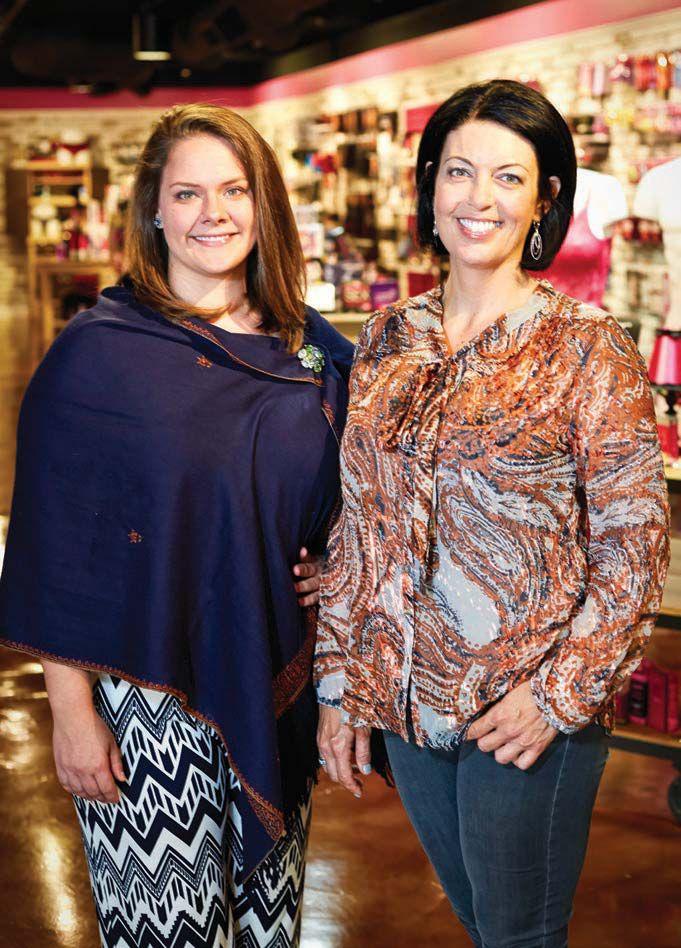




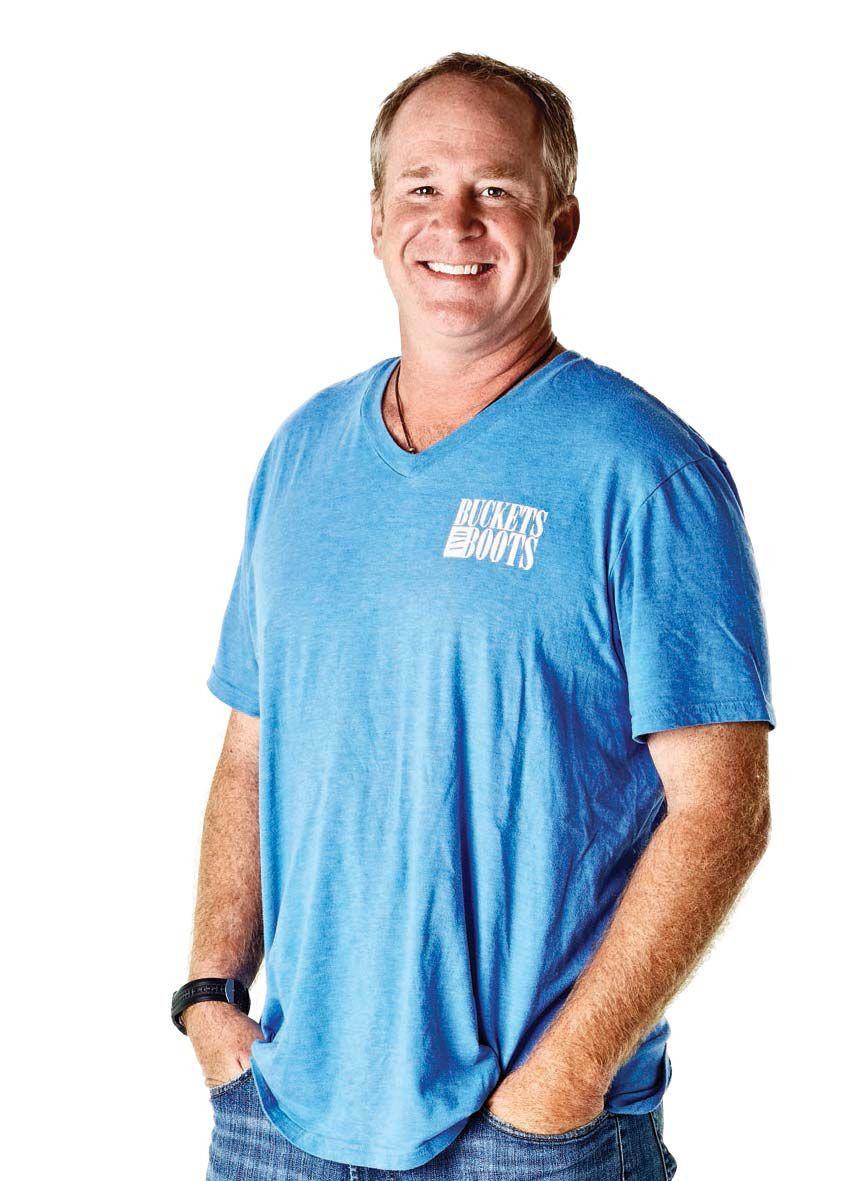
Businessman Lance Byrd and partners launch event venue near TCU, Colonial.
BY SCOTT NISHIMURA
Several of the partners who put up Pop’s Garage - a private recreation center in South Fort Worth they use to support youth in Fort Worth - are back at it with another project, this time the transformation of an old warehouse into an event venue called The Mopac near Colonial Country Club and the Trinity River.
The Mopac, 1615 Rogers Road, opened in October to an open-to-the-public performance by the Bellamy Brothers and a private party headlined by Kenny Loggins.

Fort Worth businessmen Lance Byrd, Jared Shope, Gus Bates Jr., Ricky Stuart, Kyle Poulson and Walter Kinzie are partners in the project. All but Kinzie are partners in Pop’s Garage.
talent buyer Gary Osier, who will help book concerts, and Kinzie.
The partners’ offices are in a small office complex they renovated and expanded three years ago, next door to the Mopac.
“We get together on Saturdays and watch football,” Byrd says.
The low-slung, 6,814-square-foot, 1954-vintage Mopac building, on a 0.8-acre site, is about as unassuming as Pop’s from the exterior.
The partners converted the old storage space and bar area and added a stage, wood floors, sound system and lights, restrooms, and a fence and turf lawn.
The venue is already starting to book events, with word of mouth spreading from people who attended the early events.
The building has capacity inside for 250 seated, with tables. Spilling through three garage doors onto the exterior patio, capacity can run as high as 700, Byrd said.
Rental fee for a Saturday night is $5,000, and, for Friday night, $4,000.
“There’s a real need for this in Fort Worth, just a small venue” for weddings and events like meetings and fundraisers, Byrd said. Shope: “We’re trying to put something near TCU, Colonial, for the people right here.”
“We’ll mix in a few of the concerts,” but the business model isn’t focused on them, Byrd said.
Byrd and Shope are running the venue. The partners will lever some of their other businesses to help run The Mopac. Byrd is 25 percent owner in Encore Live, an event planning business that’s next door to The Mopac. Other Encore Live partners include
“It ticks down during the week,” Byrd said.
The entry foyer of Rogers Road can be rented for meetings. Amenities such as the stage and lights add value, Byrd said. “You save money” by not having to rent those, he said.
The venue is already starting to book events, with word of mouth spreading from people who attended the early events, Byrd said. “Fort Worth is a small town, so a lot of people talk,” he said.


A group of friends and investors launch a new event venue. Please see our video interview at fwtx.com/fwinc/videos.
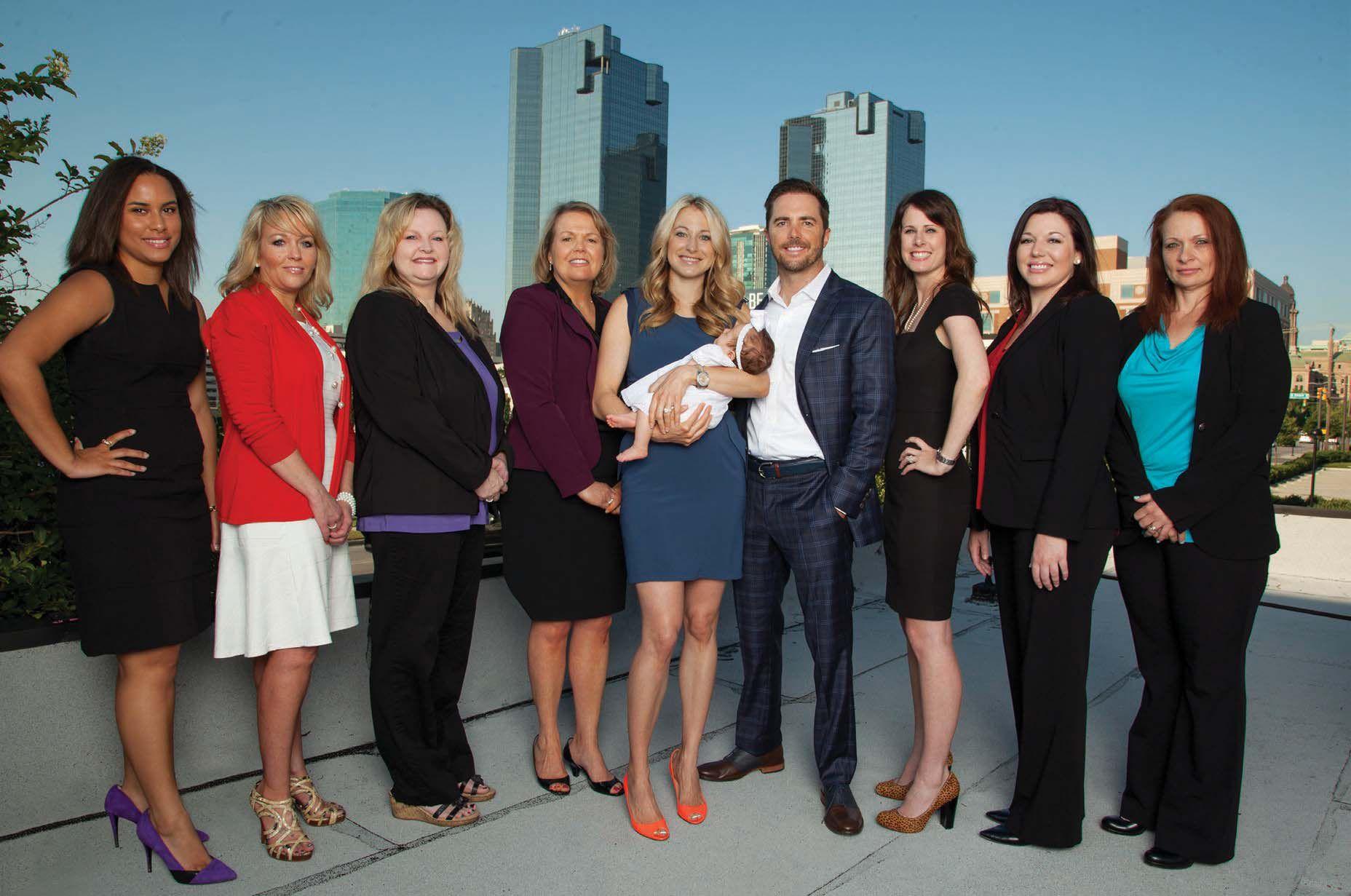
Justin J. Sisemore has been recognized by his peers as a ‘Rising Star’ in Texas Monthly Magazine, recognized as a ‘Top Attorney’ in Fort Worth, Texas Magazine for the last seven years, and has been a guest speaker for the Tarrant County Family Law Bar Association. Samantha M. Wommack has been recognized by her peers as a ‘Top Attorney’ in Fort Worth, Texas Magazine. We are proud to welcome Zoe Meigs to the Sisemore Law Firm. Zoe Meigs has an AV Preeminent Rating and has over 25 years of legal experience. Our firm provides an extensive range of family law services, which includes all aspects of divorce; including property divisions, and custody disputes. While we represent clients throughout Texas, we regularly service Tarrant, Dallas, Parker, Johnson, Denton, Hood and Wise counties. The Sisemore Law Firm works diligently to provide highly competent and efficient service to each and every client. Our firm also works with various civil litigation firms throughout the DFW metroplex to assist their clients in family law matters. Visit our website at www.thetxattorneys.com to view our client testimonials.
These six mobile apps save executives time and money.
These mobile apps will help you save more of boTh.
evernoTe. Among the most popular apps, Evernote works with all devices, allowing users to organize notes, photos, lists, and more in one location. The photo feature shoots perfect pictures of documents, business cards, and images, allowing users to email or text them.

skysCanner. Looking to jump a plane at the last minute? Try this app, which allows you to search and book fares to your destination by date, class of service, and one-way or roundtrip. The app also has an easily navigable feature that shows you what the cheapest fares are by date from your desired airport of departure.
Chefsfeed. On the go in a city where you’re not familiar with the restaurants? ChefsFeed collects restaurant reviews from chefs. If you’re dropping into the Bay Area and want to see who’s recommending what, pop in San Francisco, push the button, click on a restaurant and see what the chefs’ feedback is.
feedly. Not what it sounds like, this app allows you to aggregate your favorite digital media sources, by category and name. Love VentureBeat? Open it up in the app, and its posts populate in easy-tonavigate form.
favor. Busy at the office and want to order in food? Try this app, which has just recently busted onto the Fort Worth scene. Order from its selected restaurants, by featured promotions or what else is on the menu. Order something the restaurant is out of, and you’ll get a text from your eager Favor driver, offering to find you something else. Can’t find the restaurant or store you want? “Order anything,” the app says, and your Favor driver will find it. A seemingly open-ended feature of the app is “Essentials,” which has Walgreens and a few other offerings now, but in the future bears watching to see what pops up. Open an account with your credit card, and pay your bill, including service charge and tip. Entrees On-Trays, a Fort Worth delivery favorite, also has its own mobile app.FW Inc. staff
Stayful. Dropping into a city and need a hotel room? Load your city, budget (budget, mid-priced, and premium), and dates of stay into this app, click “I’m Ready,” and it displays what's available along with “best online rate,” from cheapest to most expensive.

You could be pocketing a 50 dollar bill for every light in your building.
Most businesses realize a return on investment through energy savings on lighting within two years! We will calculate your ROI before getting started on any of the services below:
Turn Key Solutions
Custom LED lighting
Commercial air conditioning controls
UV protection tint/film
Solar installation & maintenance
Energy rate negotiations
Financing

13995 Diplomat Drive, Suite 300
Farmers Branch, Texas 817-475-9394
tyrrell.hearn@millssystems.com
www.millssystems.com
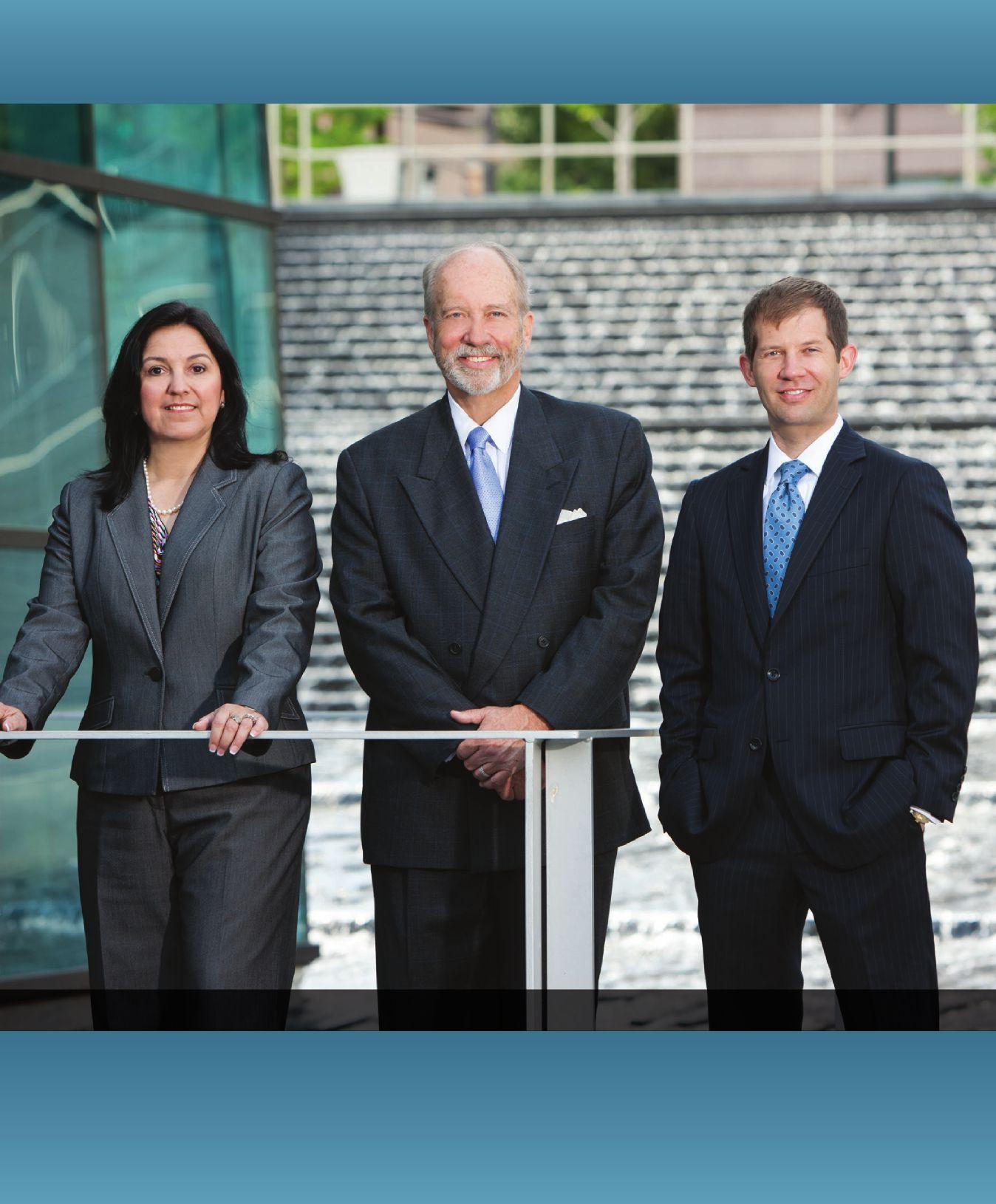
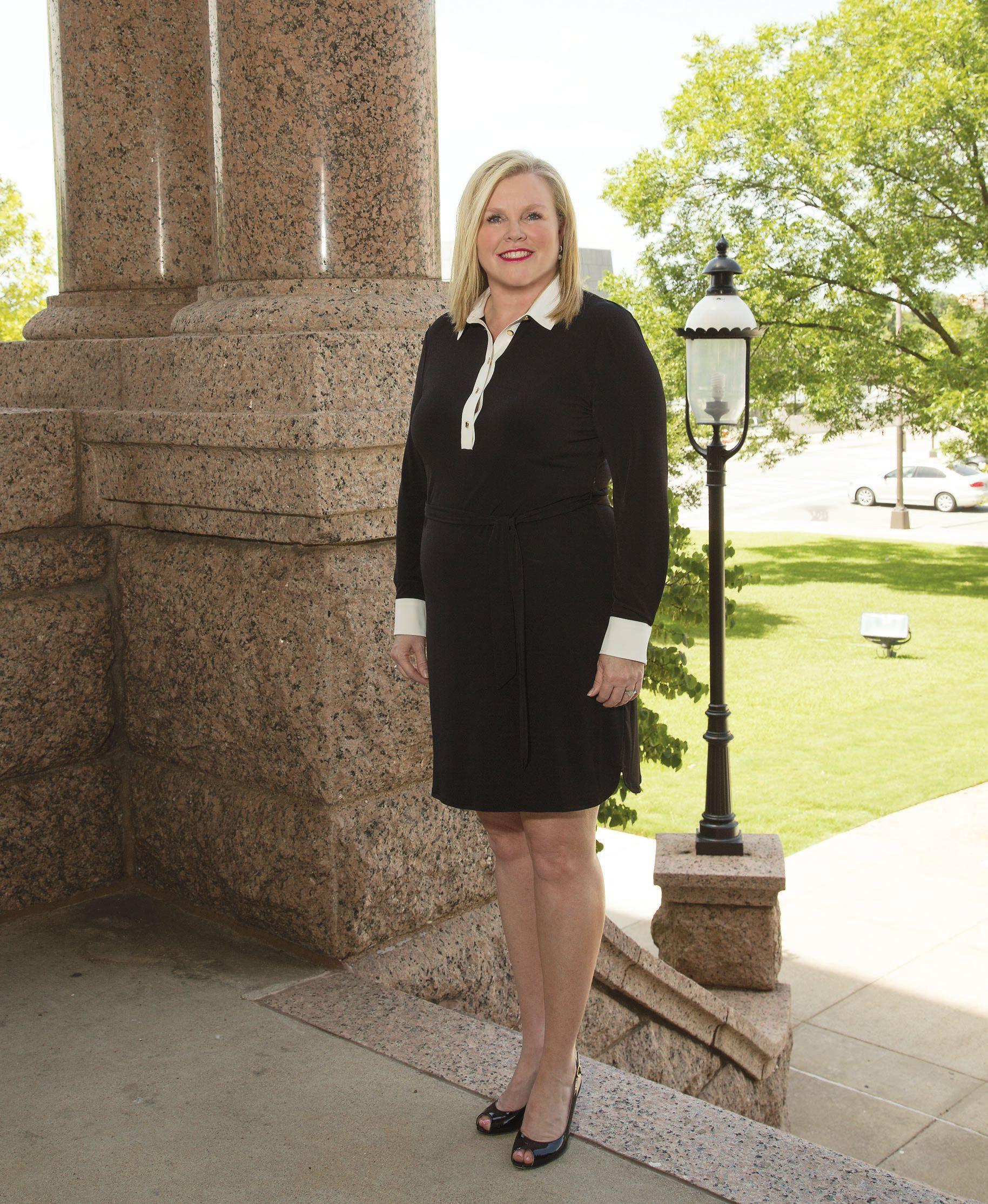












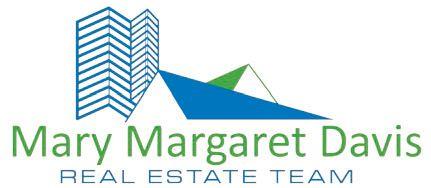
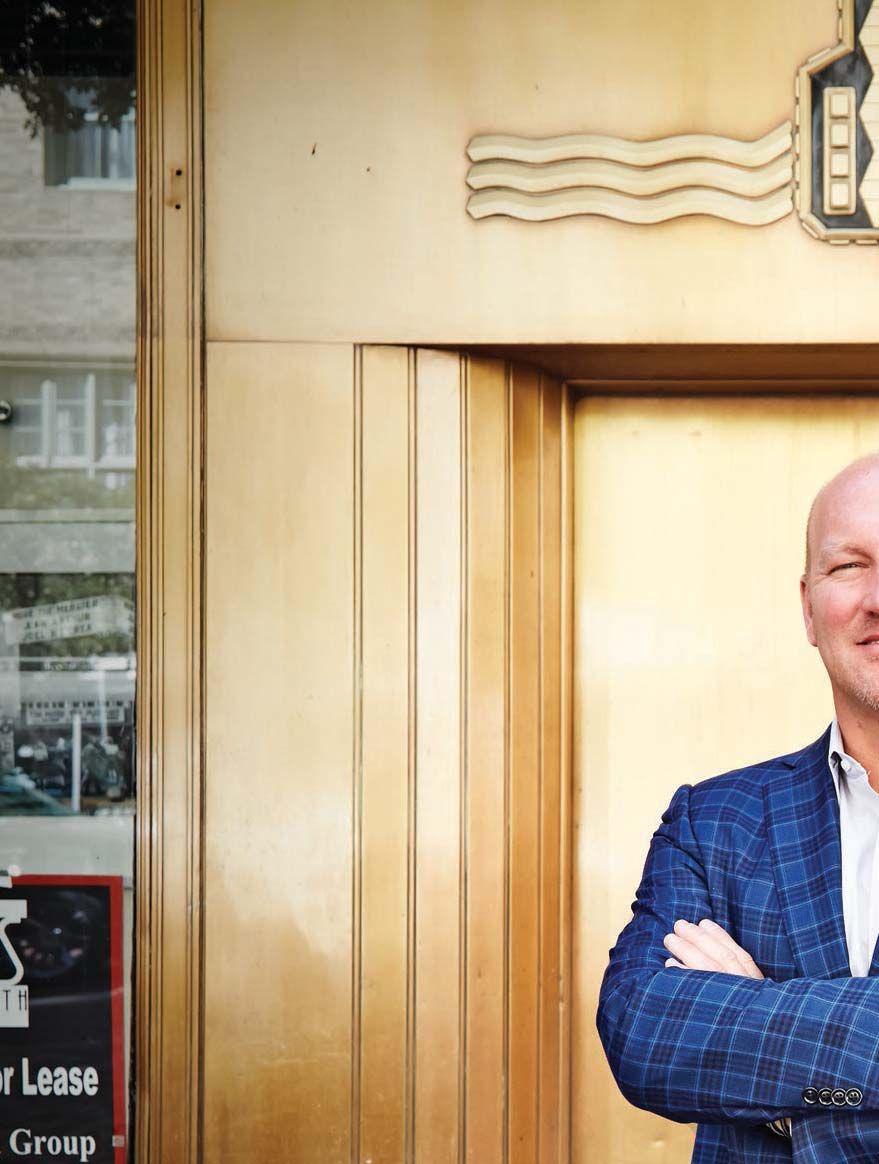



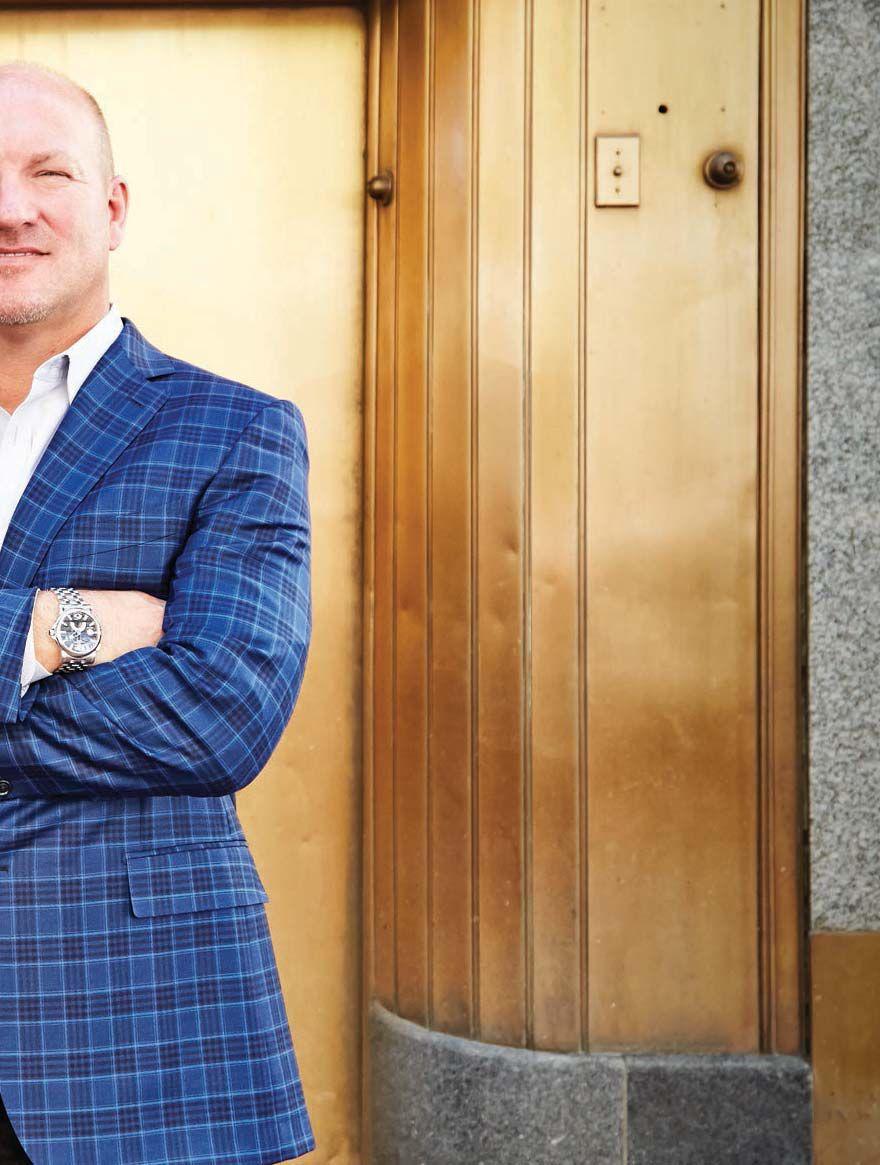


BY KENDALL LOUIS
Every winter we learn that even when the weather freezes, work rarely does. Which means that exiting your home and facing the cold are an inevitable beginning to your workday. Solace can usually be found in the fact that, around here, weather can change with the drop of a felt hat. From lightweight to camel colored to sleeveless, these overcoats and trench coats might just be versatile enough to keep up with your busy schedule and finicky Fort Worth temperatures.


HUGO BOSS STAND-COLLAR WOOL OVERCOAT Neiman Marcus, neimanmarcus.com








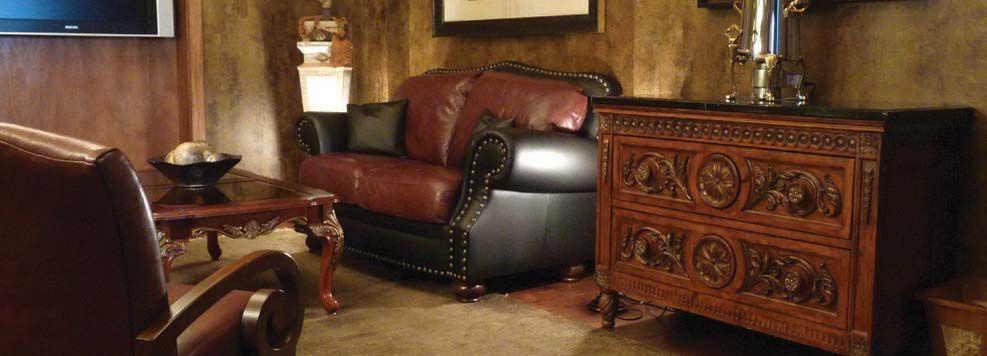























The Executive Medicine of Texas concierge health memberships are designed to be the ultimate answer to personalized healthcare. Our comprehensive packages ensure that your current health is intensively assessed and a proactive plan for your future is developed. At Executive Medicine of Texas, we value a lasting relationship with patients and we are honored to partner with clients year after year to achieve the best health possible.
Primary Care
- Same Day/Next Day Office Visits
- Online Virtual Physician Consultations
- Routine Lab Work
- Routine Vaccinations
24/7 Physician Access
- Via phone, email, text messaging or online virtual meeting at the physicians discretion
Coordination of Care
- Care will be coordinated with other health care providers.
Air Medical Transfer

- Hospital of choice air medical transfer within your home country during domestic and international travel.
Gold Preventative Exam
- Half-day Executive Physical Exam
- Complete laboratory panel (Over 100 Values)
Primary Care
24/7 Physician Access
Coordination of Care
Air Medical Transfer
Gold Preventative Exam
- Half-day Executive Physical Exam
Primary Care
24/7 Physician Access
Coordination of Care
Air Medical Transfer
Gold, Gold Plus or Platinum Preventative Exam
- All testing as included in our Gold Plus or Platinum exams

- Hormone Evaluation
- Comprehensive health history
- Cardiovascular Stress Test
- Follow up visit with executive health report
PLUS
Bioidentical Hormone Replacement Therapy
For the full year of membership, BioTE Bioidentical Hormone Replacement Therapy, regardless of your personalized dosage or your personal therapy frequency, is included at no additional cost.
Personal Pharmaceutical-Grade Supplement Regimen
Your Executive Medicine of Texas physician will create a personalized supplementation program specific to your unique needs. All physician-recommended supplements will be included for the full year of membership at no additional cost.

- Complete laboratory panel (Over 100 Values)
- Hormone Evaluation
- Comprehensive health history
- Cardiovascular Stress Test
- Follow up visit with executive health report

Imaging
- CTs of the chest, abdomen, pelvis, coronary arteries with calcium score
- CT Reconstructive Colonography
- Carotid Doppler
- X-Rays, EKGs, MRI Scans





CHAMBERS CAMEL VEST
Esther Penn, estherpenn.com
Photo courtesy of Amanda Marie Portraits

WOOL BELTED VEST Cuyana, cuyana.com


WOOL COAT Cuyana, cuyana.com





BOYFRIEND COAT
Esther Penn, estherpenn.com
Photo courtesy of Alana Mendel


WE’RE JUST WARMING UP.
Visit the FWTX.com blog to see more winterworthy men’s and women’s coats. Learn where to find a capsule coat collection from a Hollywood costume designer and how bloggers are styling outerwear this season.

Conducting an annual review of your retirement goals and strategy is an ideal way to check that your plans for your financial future remain realistic and on track. With that in mind, taking the three easy steps outlined below will help you conduct your retirement tune-up.
Your first step should be to review your retirement savings goals and assess whether anything significant has occurred during the past year that might affect either your outlook for retirement or your current strategies to prepare for it. For example, have you decided to change the date when you’ll retire? Or have you experienced any new milestones such as getting married, divorced, or having a child? Any of these events may affect how much you will want to save to fund the retirement you envision.
Your portfolio’s specific mix of stocks, bonds, and cash, known as your asset allocation, should complement your financial goals, risk tolerance, and time horizon.1 If you haven’t taken a fresh look at your investments in a while, don’t assume that your old asset allocation is still appropriate for your current needs. Even if your personal outlook hasn’t changed, keep in mind that uneven returns provided by different investments may have caused your portfolio to shift from your intended asset allocation. If your asset allocation needs to be rebalanced, now may be the time for action.
None of us know what the future may hold. A good way to improve the odds that you have saved enough for retirement is to save more, no matter how prepared you may already be. If you have not already done so, consider funding an IRA. For the 2015 tax year, you can contribute a maximum of $5,500 and those aged 50 and older can make an additional catch-up contribution of $1,000. These limits are set annually by the IRS. More information can be obtained at www.irs.gov Conducting a retirement tune-up is always a great idea but don’t forget to consult with your financial advisor to discuss what else you can do to help plan for a confident retirement.
Contact one of our advisors today for a no obligation review.
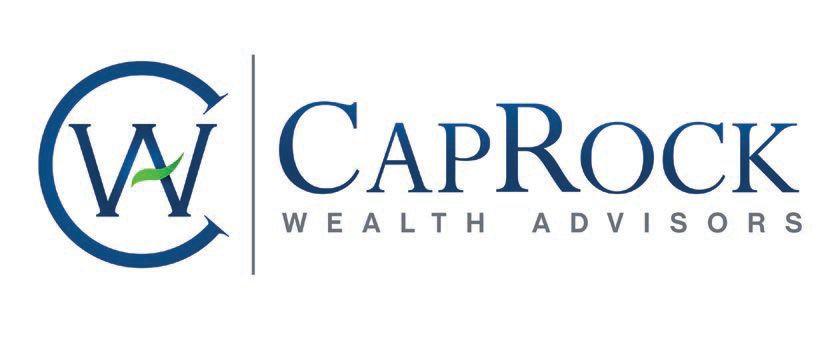

by Kyle WhiTecoTTon
The greatest justification for a corporate getaway is the belief that the best way to do business is to feel like you’re not doing business at all. That’s why corporate retreats should be less about agendas and more about finding inspiration, cultivating relationships and broadening minds. And no place provides all of this better than a snow-covered mountain. So when the snow falls in the mountains and you’re itching to leave the office far behind, shake things up with your colleagues and clients at one of these well-appointed resort lodges.
The Peaks at Telluride—Telluride, Colo. Besides world-class Colorado skiing, The Peaks at Telluride is your headquarters for group adventures like snowmobiling, dogsledding, snowshoeing, winter horseback riding and heli-skiing. Your guests will enjoy mountain views from every room along with the comfort and convenience of a true ski-in/ski-out resort. Amenities include full ski valet, live music during après ski, and Colorado’s largest spa—The Spa at the Peaks. The Peaks also offers over 10,000 square feet of meeting space, including 9,000 square feet of outdoor decks and terraces. The Crystal Ballroom, surrounded by a 300-degree Rocky Mountain panorama, is the most popular of the 12 event space options.
The Little Nell—Aspen, Colo. In the heart of downtown Aspen, The Little Nell is just steps away from Aspen Mountain’s Silver Queen Gondola and a lavish collection of shops and eateries. Guests enjoy first tracks privileges before the resort opens, exclusive fresh powder via The Little Nell Powder Cat, and ski-in/ski-out convenience topped off by an
appetizing après ski at the chic Chair 9 and silver service cuisine at Element 47. Corporate venues at The Little Nell include the 1,800-square-foot Grand Salon, the luxurious Aspen Mountain Club with views of the Elk Mountains, or the Sundeck, which sits at 11,212 feet and overlooks the Continental Divide.
Fairmont Banff Springs—Banff, Alberta, Canada In addition to more than 8,000 skiable acres across three world-class mountains—Lake Louise, Mount Norquay and Sunshine Village—the Canadian Rockies landscape around Banff boasts group outings like canyon ice walks, dogsledding, ice fishing and sleigh rides. And guests of the Scottish baronial-style castle that is Fairmont Banff Springs Resort have exclusive access to it all, including the European-style Willow Stream Spa, a wide

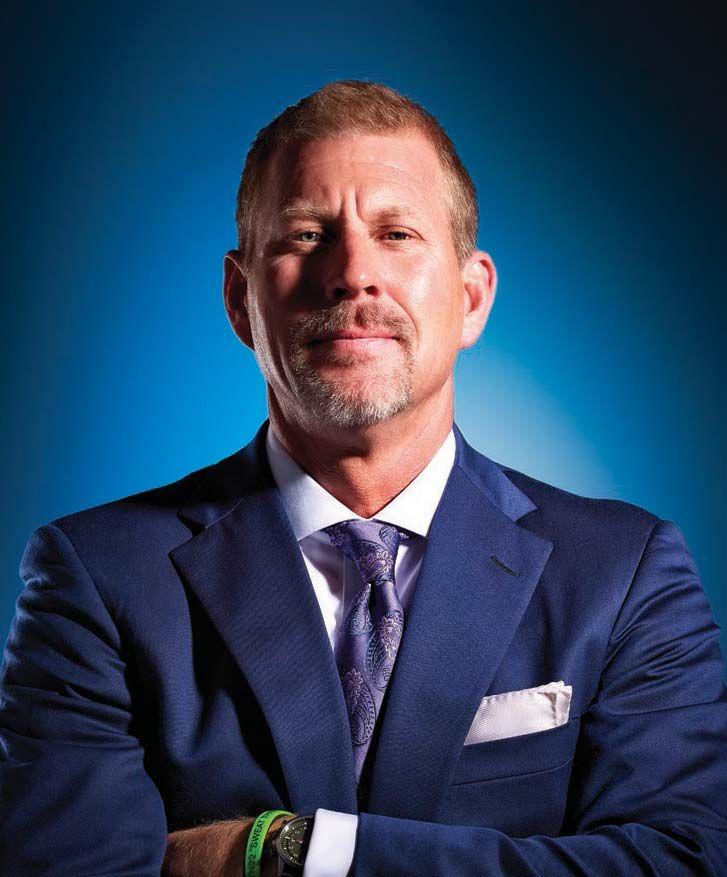


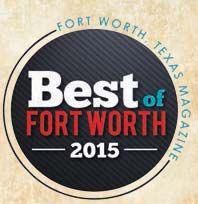
Flying privately to a snowy location provides a level of ease that can only be matched by a close and convenient airport. These public airstrips with fixed-base operators service private planes and sit just a short drive away from our list of luxury hotels and resorts.
The Peaks aT Telluride
Telluride regional airport
airport distance: 6.77 miles
runway length: 7,111 feet
The liTTle Nell
aspen/Pitkin County airport
airport distance: 4.83 miles
runway length: 8,006 feet
FairmoNT BaNFF sPriNgs
Calgary international airport
airport distance: 90 miles
runway length: 8,000 – 12,000 feet
sTeiN eriksoN lodge deer Valley
south Valley regional airport
airport distance: 42.6 miles
runway length: 5,862 feet
suN Valley lodge
Friedman memorial airport
airport distance: 14.4 miles
runway length: 6,952 feet
ToPNoTCh resorT
morrisville-stowe state airport
airport distance: 10.4 miles
runway length: 3,697
WhiTeFaCe lodge
lake Placid airport
airport distance: 4.1 miles
runway length: 4,196 ft

range of restaurants and rooms with unparalleled views. Over 76,000 square feet of event space includes the elegant Alhambra Ballroom, the Cascade Ballroom and Conservatory with hardwood floors and crystal chandeliers, and the baronial splendor of Mt. Stephen Hall.
Stein Eriksen Lodge Deer Valley—Park City, Utah Named after the Norwegian Olympic Gold Medal Skier, the Stein Eriksen Lodge is a ski-in/ski-out European retreat in Park City perched mid-mountain at Deer Valley Resort. From cozy private rooms to the 14-guest Mountain Lodge grand suites, unique style and architecture abound. The Stein Eriksen boasts Utah’s only Forbes Five Star spa as well as a diverse wine collection with more than 10,000 bottles complimenting luxury dining and group wine seminars. Old World charm extends to over 26,000 square feet of event venues including the Stein and Viking Boardrooms, the Odin and Valhalla Private Dining Rooms and Park City’s largest luxury ballroom.
Sun Valley Lodge—Sun Valley, Idaho In 1936, Sun Valley Lodge became America’s first destination ski lodge and a favorite among Hollywood stars and global leaders. Set amid the quaint mountain village of Sun Valley, Idaho, the lodge is a blend of charm, history and modern comforts. Even after a recent yearlong renovation, the lodge’s 94 guest rooms maintain a vintage charm that extends throughout the resort including the 20,000-square-foot spa, world-class fitness and yoga studio, and indoor-outdoor pool and pool café. Such appeal also extends to the meeting facilities, conference center and event service team offerings, which include everything from customizable menus to group horse drawn sleigh rides.
Topnotch Resort—Stowe, Vermont
Topnotch Resort sits on a private 120-acre wooded expanse of New England countryside just minutes from the picturesque village of Stowe and the slopes of Stowe Mountain Resort. Topnotch offers 68 guest rooms and more than
20 private resort homes. The grounds include a world-class spa, award-winning indoor/outdoor tennis center, Nordic Barn adventure center for group outings, indoor and outdoor pools and an equestrian center. Culinary offerings include the local farm-to-table fare of The Roost and the resort’s signature bistro/terrace Flannel. The resort’s 6,000 square feet of indoor meeting facilities offer both spacious and more intimate options, while all outdoor accommodations embrace panoramic views of the Green Mountains.
Placid, New York The three peaks and 86 trails of Whiteface Mountain, near the Olympic Village of Lake Placid, offer the greatest vertical drop east of the Rockies, while nearby Whiteface Lodge offers the most distinguished rustic setting for corporate gatherings. The Adirondacks influence every detail of the property from rustic guestroom furnishings to distinctive event spaces like Mountain View Terrace with scenic panoramas and a massive fieldstone fireplace or the Whispering Pines Room with space for 200 guests. In addition to a 54-seat movie theater, an award-winning spa and a three-season ice rink, the lodge also offers orienteering and skill-building clinics as well as on site team building with Grand Dynamics International.















2




















West 7TH offers private and semi-private restaurant dining options to celebrate your company holiday luncheons & parties. The only distraction you will have is…the delicious food!
Whether your luncheon consists of 8 people or 60, West 7TH has room for everyone. With 8 different restaurants ready to serve, you will surely please everyone’s appetite. For more information, please visit: West-7TH.com/holiday-party
by brianna KESSLEr
Earned media, such as customer reviews and fan pages, has proven to be one of the most successful free marketing and advertising tools available to businesses. Big businesses and major brands have applied this through social media for years, making it an essential customer relations branding tool. But, the world of social media is continually evolving, and as soon as you think you’ve conquered social media marketing, it changes again.
It’s now possible to expand social media engagement from online to offline with Flapit, the first social media counter made for an offline environment. This powerful, interactive marketing tool will allow small businesses and corporations to increase customer relationships and successfully build reputations by displaying social stats in the companies’ physical surroundings.
“Social media is more important for businesses than ever before, driving increased engagement and two-way customer interaction online,” says CEO and founder Christophe Avignon. “With Flapit, we wanted to create an object which takes social offline and into the shop floors, stores, hotels, restaurants and offices, but in a designconscious way.”
What it is: Flapit is a ’60s-themed analog clock and a physical social metrics counter that connects to all the major social media platforms such as Facebook, Twitter, Google Plus & Analytics, YouTube, Weibo, Instagram, VKontakt, Yelp, Swarm and QZone. It shares your online popularity offline.
How it works: Flapit can be displayed anywhere. Just plug it in, connect to the Flapit network and go to flapit.com/flapmenow. Start showing off your social media achievements on the spot. The Wi-Fi-enabled device allows you to customize what is displayed from your social media sites. Display ratings, reviews, likes, promotional prices and discounts.
Why you should have one: Marketing research shows that the majority of customers are more likely to trust businesses and brands with a strong social media presence. Customers look to social media for information about your product and are more likely to try and recommend your brand based upon customer feedback. The success of your company depends upon a strong two-way communication between business and consumer with active engagement.
There are more than 30 million businesses on Facebook and 80,000 on Yelp, with more than 61 million consumer reviews. Yet 92 percent of retail transactions still take place offline. By displaying your company’s social media stats, your business can gain customer trust, expand social media presence offline, build relationships and keep customers informed and engaged.
Order your FlapIt at flapit.com. Shipping takes up to six weeks.
CosT: $299

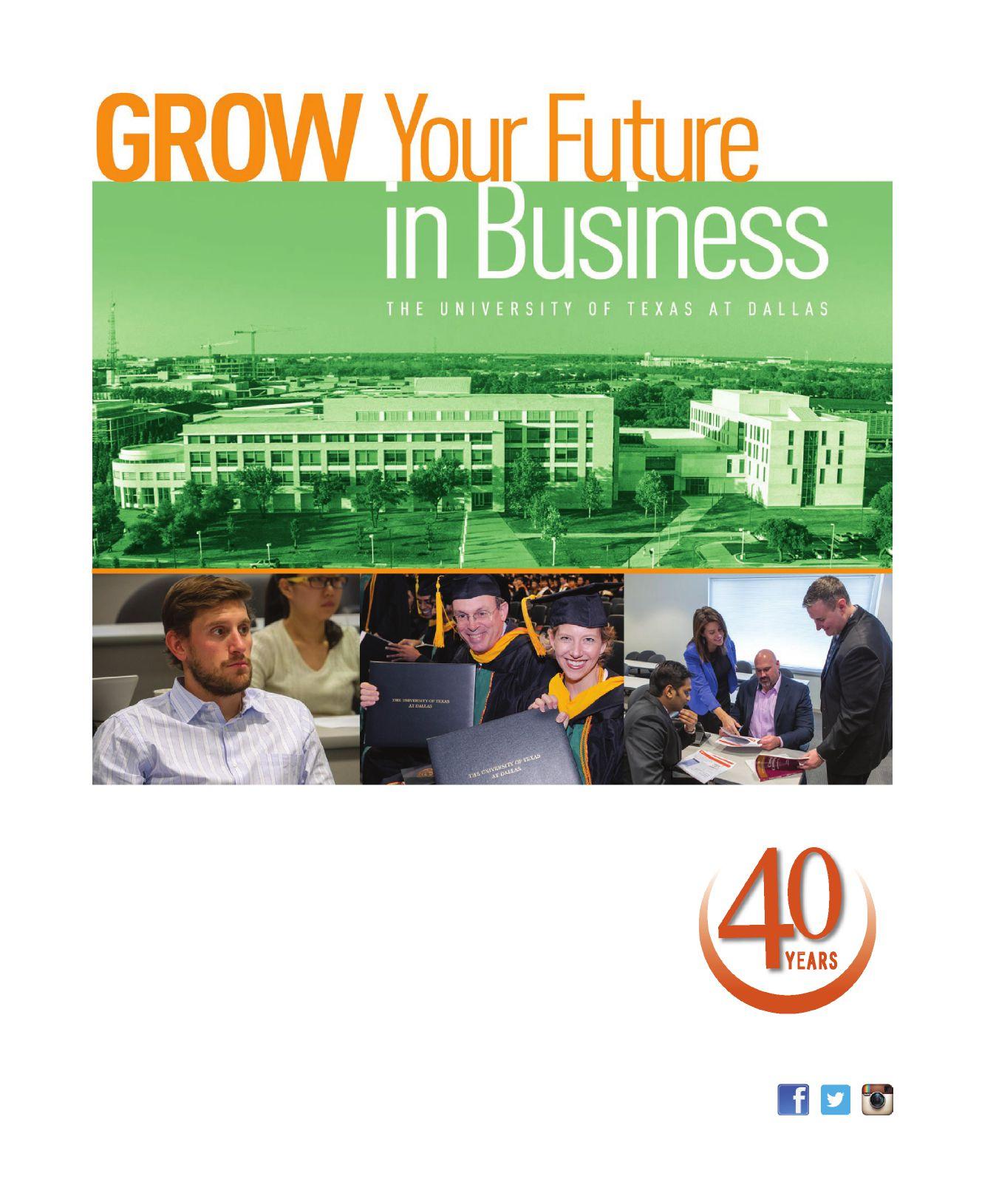
The Naveen Jindal School of Management offers students:
• A full-time MBA program ranked No. 14 (tied) among public university programs and No. 33 (tied) overall by U.S. News & World Report (2016)
• 12 master’s degree programs and five MBA program options including joint degree, executive, flexible and online formats
• Jindal School’s own Career Management Center
• Networking with alumni and corporate mentors and recruiters
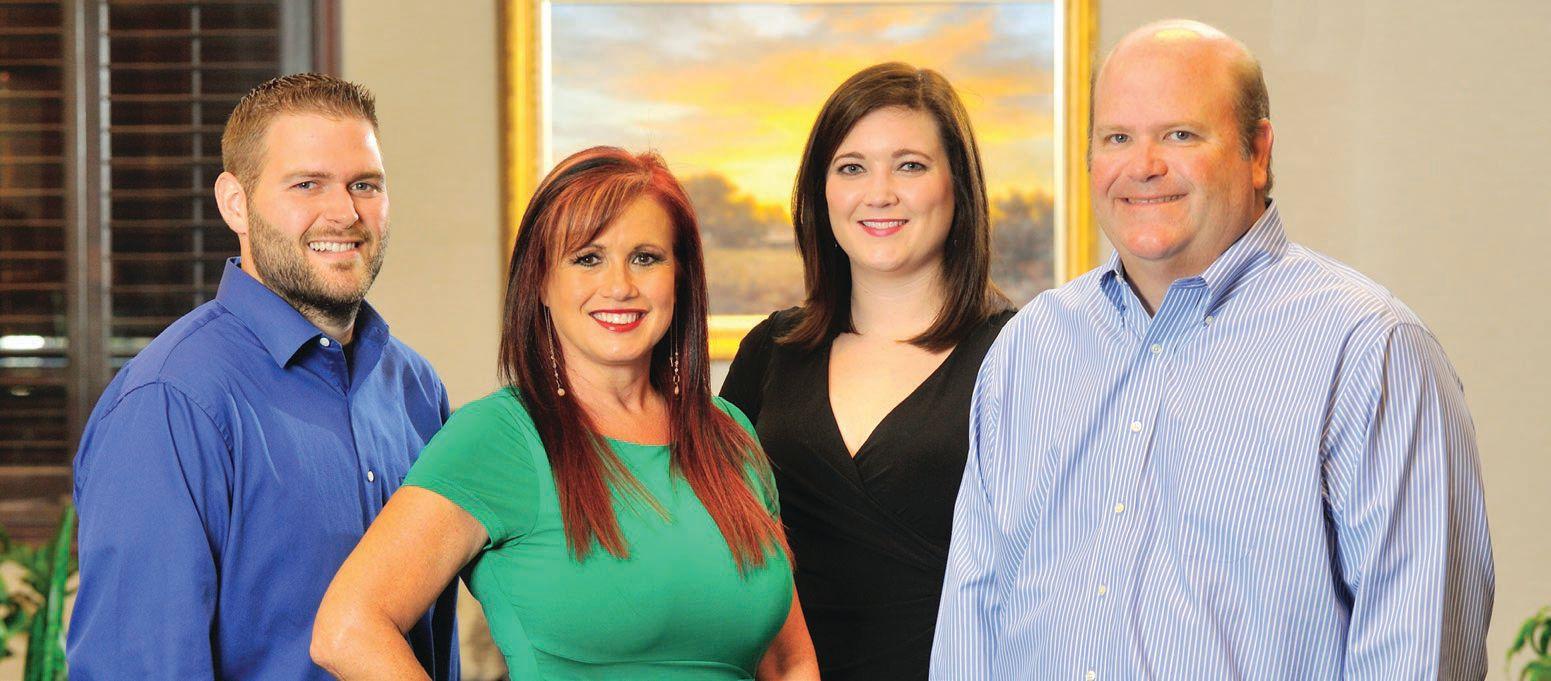
John R. Cochran President

ClubDesign Associates focuses on Interior Design, Purchasing, Project Management and Construction of Country Clubs, Golf Clubs and Hospitality Interior Design Projects based all over the United States. ClubDesign has been recognized and received awards and recognitions for its work from Fort Worth Star-Telegram; Golf Inc. Magazine; Club & Resort Business Magazine; Avid Golfer Magazine. Professional Memberships and Affiliations that ClubDesign is a member of includes IIDA (International Interior Design Association) and TBAE (Texas Board of Architectural Examiners). We’ve been fortunate to work on more than 200 clubs and resorts all over the United States: Lajitas Golf Resort & Spa, Fiddlesticks Country Club, Naples Grande Golf Club & Aliso Viejo Country Club, Colonial Country Club, Barton Creek Resort, La Quinta Resort, PGA West, Ridglea Country Club, Sun City Palm Desert, and Gainey Ranch Country Club. “Service your client to the best of your ability” is our business philosophy and mission. Member-owned clubs should select knowledgeable members to sit on house committees; if not, they’re setting themselves up for problems and bad decisions. With the large spaces that we work with, scale is important. Small furniture, accessories, artwork, etc. will look like you cut corners, and the membership is educated enough to know the difference.
Mike Karns, president and owner of Firebird Restaurant Group, talks about his company's ambitious growth plan.
BY BRIANNA KESSLER
El Fenix Mexican Restaurant celebrates its 97th anniversary this year, and Mike Karns is in major expansion mode at the moment. El Fenix, which was bought by Firebird Restaurant Group in 2008, runs and operates four major restaurants including El Fenix, Snuffer’s Restaurant and Bar, Meso Maya and Taqueria La Ventana. It also operates a supply company, Sunrise Mexican Foods.
Karns started his successful career in commercial real estate in 1987, and in 2008 his interest in property attracted him to the legendary EL Fenix restaurant chain. Since his purchase, Firebird Restaurant Group has expanded El Fenix from 15 restaurants generating $33 million to 22 restaurants generating $50 million and has established a total of 35 locations across four brands throughout Texas and Oklahoma.
Karns recently purchased the historic Kress Building in downtown Fort Worth, where Firebird Restaurant Group will open the city's first location of their popular Meso Maya restaurant.
Why did you purchase El Fenix? What about it appealed to you as an entrepreneur? As a heritage brand, I wanted El Fenix to maintain its legacy, history and authenticity. The goal with the purchase of El Fenix in 2008, a family-owned company with 15 locations, was to become the steward of the company. There had not been any changes to the restaurant in 10 years, but I saw a future for the brand. I would describe the relaunch of El Fenix, which had been in existence through five generations of the renowned Martinez family and close to 100 years old, not exactly as a rebranding but as restoring and repackaging of an iconic brand for the next generation of diners. My past experience in restaurant expansion and real estate development provided me with the knowledge to develop an expansion plan for El Fenix, a brand that I have always been personally fond of. I am an entrepreneur and very involved in both real estate and the restaurant side of the business.
Firebird Restaurant Group has 35 locations throughout Texas and Oklahoma and is still expanding. What are your long-term goals for the business and brands? When we acquired El Fenix, there were 15 locations. My team and I carefully reviewed the restaurants and selected a few of the best, being careful not to disrupt the guest experience or the guest base. We then built a restored and repackaged El Fenix at those sites while, at the same time, continuing to refine the “new” restaurant model. Along the way, we also developed
a new independent concept, which would complement the El Fenix brand but stand apart. Meso Maya is a true authentic Mexican restaurant with a menu inspired by natural ingredients from Mexico with scratch moles, adobos, salsas and handground tortillas. Firebird is on a careful but aggressive expansion mode with our four existing brands, along with additional innovative and exciting concepts rapidly taking shape. There is no end number of restaurants in mind, but we are looking at a 25 percent growth rate per year over the next five years, which would take us to 120 restaurants. Growth equals opportunity for everyone involved with our restaurants. Profits result in growth, and growth results in opportunities for our employees and our guests. We are very focused on increasing guest count by 8 percent, year over year.
El Fenix opened a restaurant at WinStar World Casino a few years ago. Do you see the restaurant expanding into any other casinos? WinStar World Casino is one of the largest casinos in the United States based on gaming floor space, and it was a very good fit for us because it was geographically close
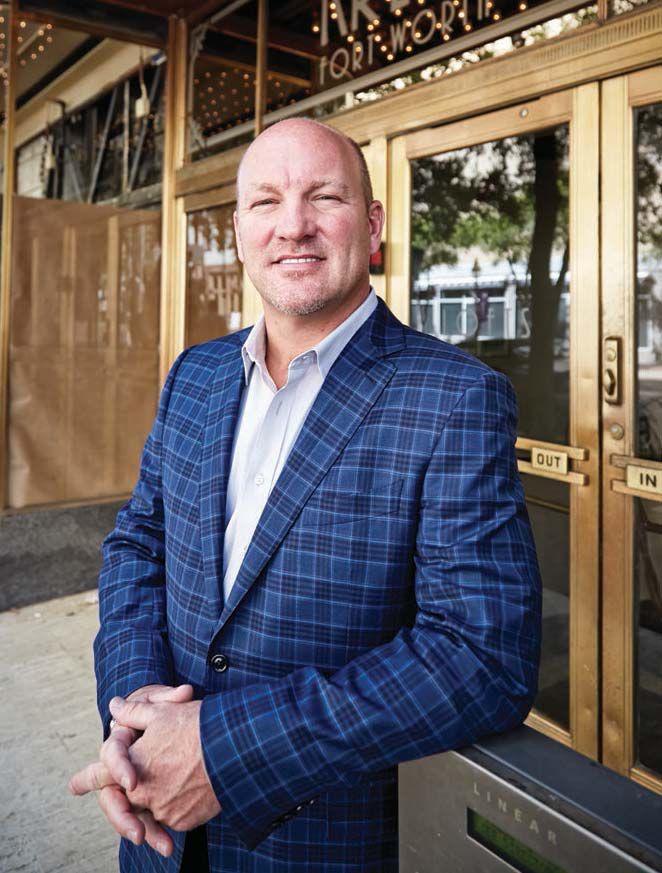

to our planned expansion area. In addition, the guest demographic was a match as so many Texans drive there. We see growth into other non-traditional sites as expansion opportunities for all our brands, as well as new concepts under development. We look at each opportunity to determine if it’s the right decision for the stage of the brand’s development.
What is the key to your success? I’ve always invested in myself from a growth and learning standpoint and focused on my strengths. I have always been a creative, driven, calculated risk taker. Through the growth of my companies, I’ve been able to build a platform and support team that I can give back to providing opportunities for others to grow individually and professionally, focusing on their strengths. We are a very people-focused company and have built a strong corporation. We are a very creative and opportunistic company.
How will you stay involved in the DFW community as your businesses expand into other states? Firebird Restaurant Group’s legacy brands and our new concepts are all products of North Texas. We may expand beyond Texas, but we are absolutely a “product of Texas.” Passion, pride, and performance profits growth and opportunity, which helps us provide for others in the community. Profits also allow us to support and grow our charity outreach.
Which companies do you admire? Why? I always admired the great combination of creativity and teambuilding that is personified by Phil Romano, Norman Brinker and Sir Richard Branson. No one was better than Norman Brinker at identifying talent and building a team. Phil Romano was and is a visionary. His concept creativity and aesthetics

are legendary. He executes the details so flawlessly to give his diners a true sense of place. Sir Richard Branson has taken a brand and successfully and creatively magnified its impact and services exponentially.
What are the annual sales for each segment? We look to break $100 million in sales by the end of 2016.
In March, Triton Commercial Real Estate, an associate of Firebird Restaurant Group, financed the newly purchased Kress Building in downtown Fort Worth for $5.4 million. Can you tell us a little bit more about this purchase? Why did you decide Meso Maya should occupy the space? We felt like it was the best fit for downtown Fort Worth and the historic building. We also have another open space on Houston Street.
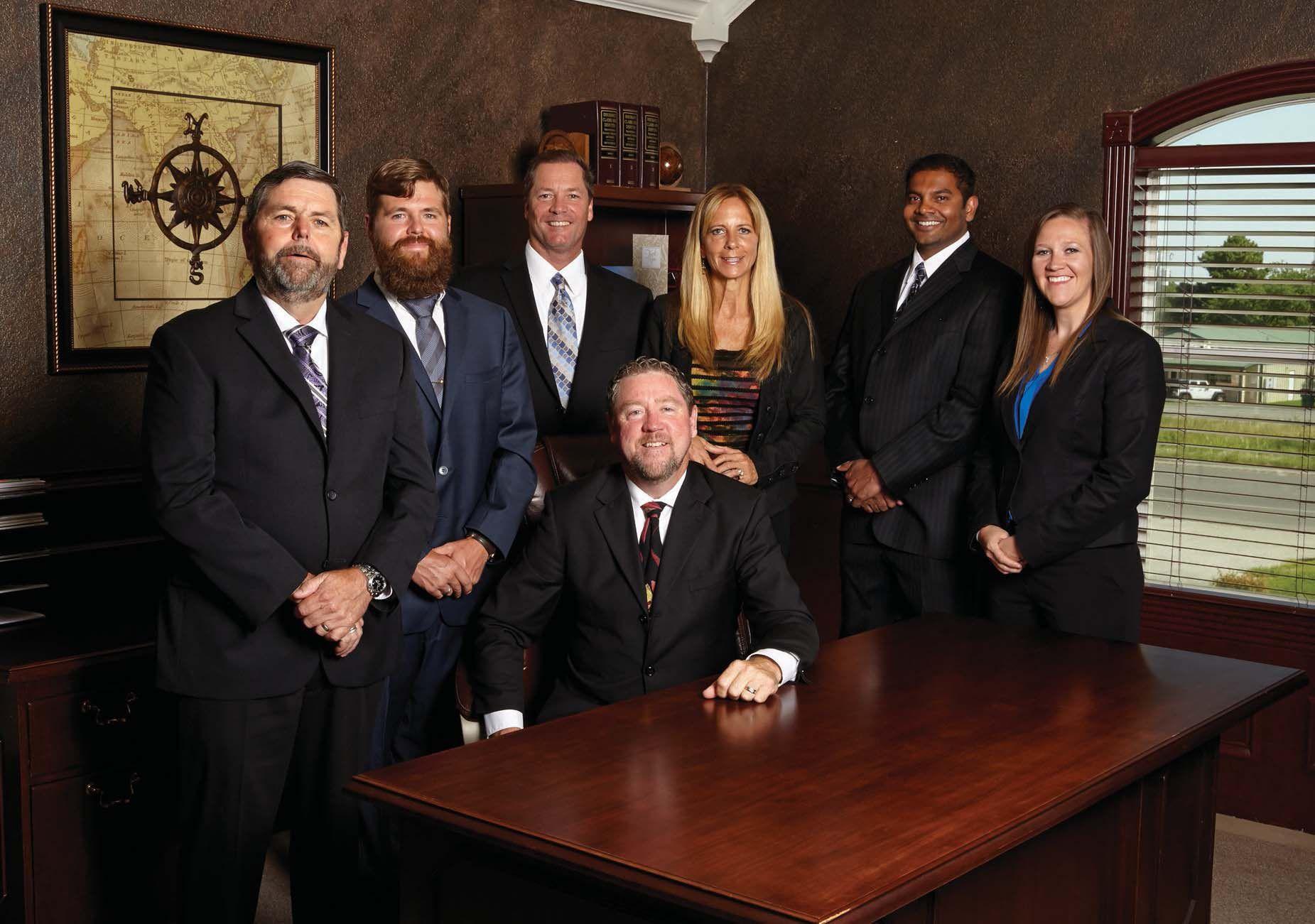







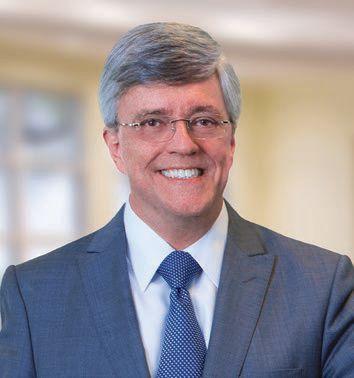





Corporations are realizing the importance of strong wellness programs to maximize employees’ productivity, creativity and ability to meet their full potential.
By JEnnifEr caSSEday-BL air
Employers know healthy employees are happier and more productive - and less of a strain on insurance claims. Here are some area organizations that are trying to help their people get and stay healthy.
Alcon Alcon believes employees are the foundation of a successful company. That's why it offers personalized wellness programs through the Be Healthy initiative. Alcon helps its associates maintain and improve health, fitness and diet by focusing on four pillars: Move (exercise), Choose (healthy eating), Know (health education) and Manage (support programs).
Senior Training and Development Specialist Jaedeanne Shaver has worked at Alcon for three and a half years.
“When I first started working at Alcon, I signed up for one of the 5K running classes,” she says. “Since that time, with the support of the fitness center, I have run countless 5Ks and 10Ks, five half marathons, one full marathon, several sprint triathlons and one IRONMAN 70.3.”
The Be Healthy program kicks off each year with a celebration week, including five days of healthy activities such as healthy food offerings and free health checks.
Alcon has an incentive program that rewards its employees with points for reaching certain health goals. The points are redeemable for prizes such as gift certificates, live events and electronics.
Associates also have access to the Live and Work Well Program that helps with everything from the demands of everyday stress to major life events. Employees are offered information, consultation and referrals for legal assistance, financial services, child/parent support services, adult/ elder support services, chronic condition support services and life learning education support services.

In addition to having access to Alcon’s indoor fitness facilities and locker rooms, employees can take group classes or use the outdoor fitness areas for activities such as volleyball, kickball, soccer and other sports.
Alcon also provides a behavior-based program to help participants quit tobacco.
Capital One Financial In addition to the typical medical, dental and vision coverage, Capital One provides prescription drug benefits through CVS Caremark.
Many Capital One locations offer on-site fitness centers for employees and their family members in addition to giving discounts to area gym facilities. Through the healthcare insurance offered to its associates, Capital One promotes individual health goals by creating a personalized Health Report and Action Plan. It is possible for Capital One employees to earn incentives.
The Capital One Employee Assistance Program provides round-the-clock support and advice.
Texas Christian University TCU faculty, staff, retirees and their spouses/ partners are eligible to participate in the WellnessGold program. Once enrolled, the initial six-week program includes “wellness tasks” related to multiple areas of overall fitness and are assessed at the beginning and end of the program. This assessment includes body weight, waist circumference, hip circumference, resting heart rate, resting blood pressure, stress profile questionnaire, nutrition knowledge questionnaire and strength level.
Using the educational institution’s wealth of knowledge, the WellnessGold program partners with on-campus faculty, staff and students from Nursing, Nutrition, Information Technology, Center for Instructional Services, Office of Religious and Spiritual Affairs, Religion, Office of Communications and Campus Recreation.
Baylor All Saints Committed to improving the health of those they serve, Baylor All Saints asks its employees to model the same behaviors it promotes to its patients. Beginning in 2012, Baylor no longer hires individuals who use nicotine products. Baylor’s wellness program allows employees to take advantage of fitness center discounts and a wide variety of free, wellness-related services. An interactive website featuring health trackers, exercise plans, nutrition tips and customized articles is an excellent wellness resource. In addition to health screenings, seminars and competitions, Baylor provides telephone health coaching and disease management coaching for employees who qualify.
Becky Hall, vice president of health and wellness, has worked at Baylor All Saints for 14 years. She takes advantage of Baylor’s monthly challenges and walking groups. Hall says, “I also participated in the Naturally Slim weight management program four years ago. I lost more than 30 pounds and have been able to maintain that.” Baylor also offers financial incentives for staying fit. “We can earn up to $780 of premium credits and $325 of prizes and rewards throughout the year for participation and results,” Hall says.



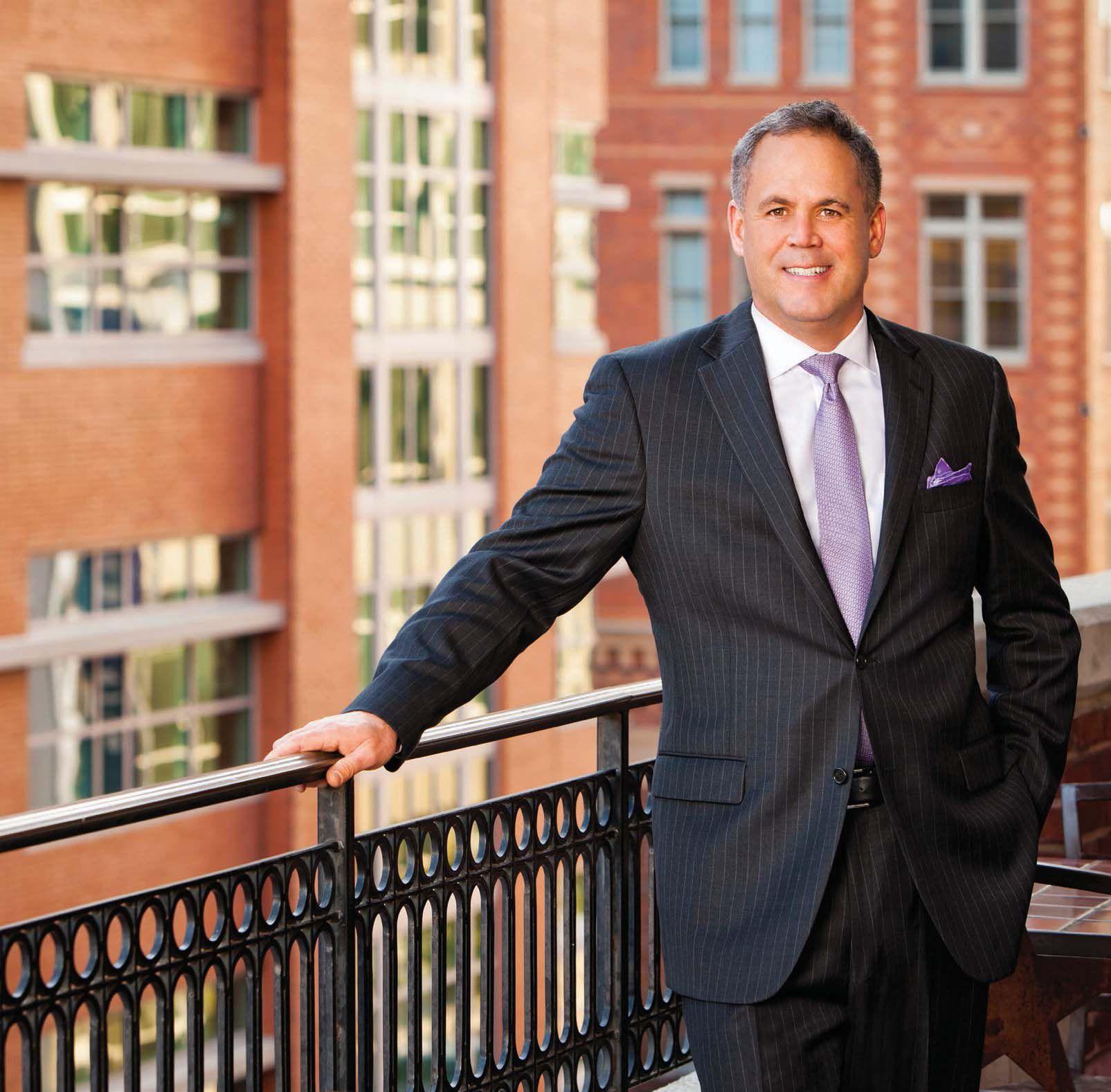
Fast-growing Fort Worth digital media firm, into its third expansion, matches wide-open spaces to collaborative culture.
By Scott NiShimura / PhotograPhy By alex lePe
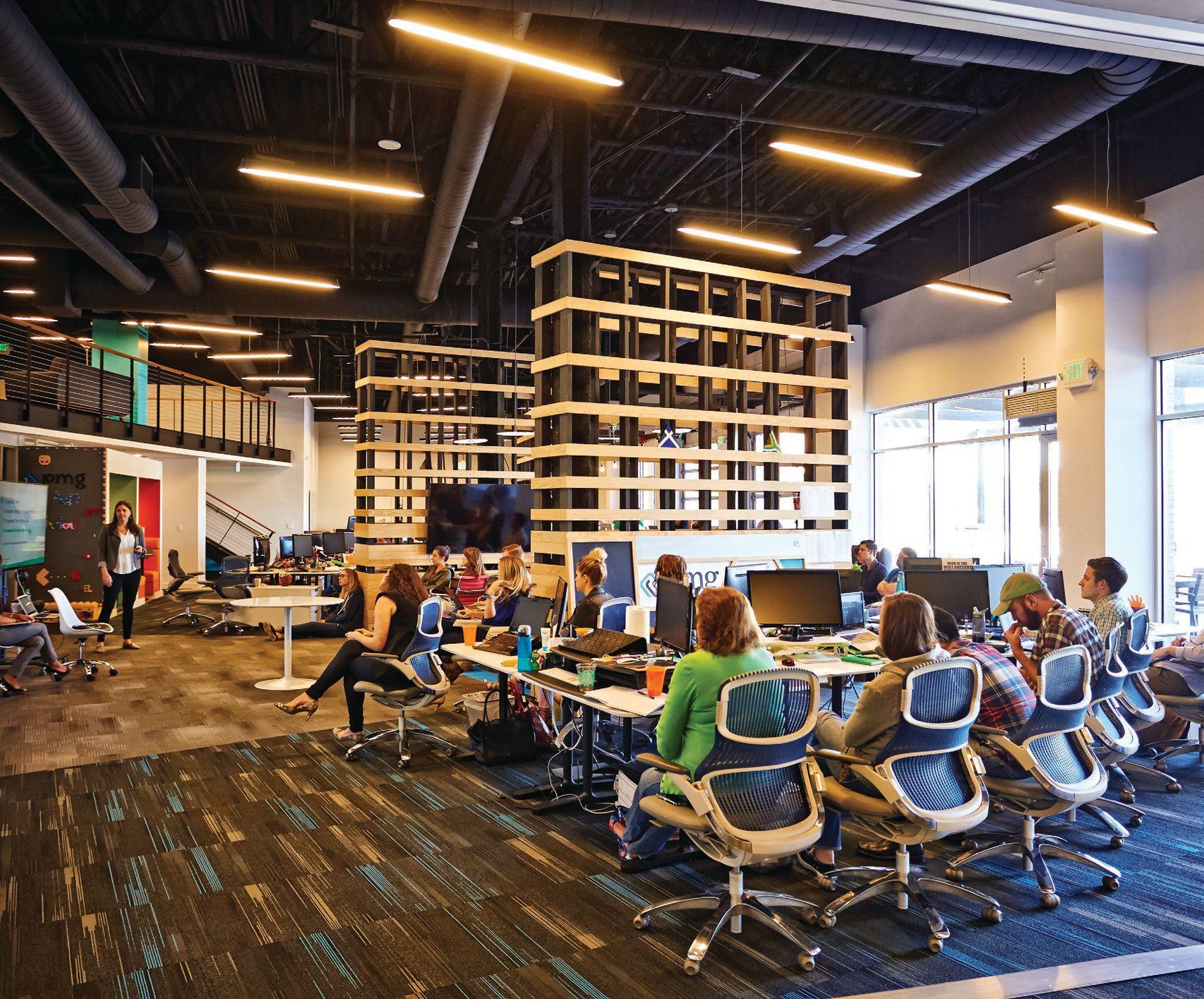

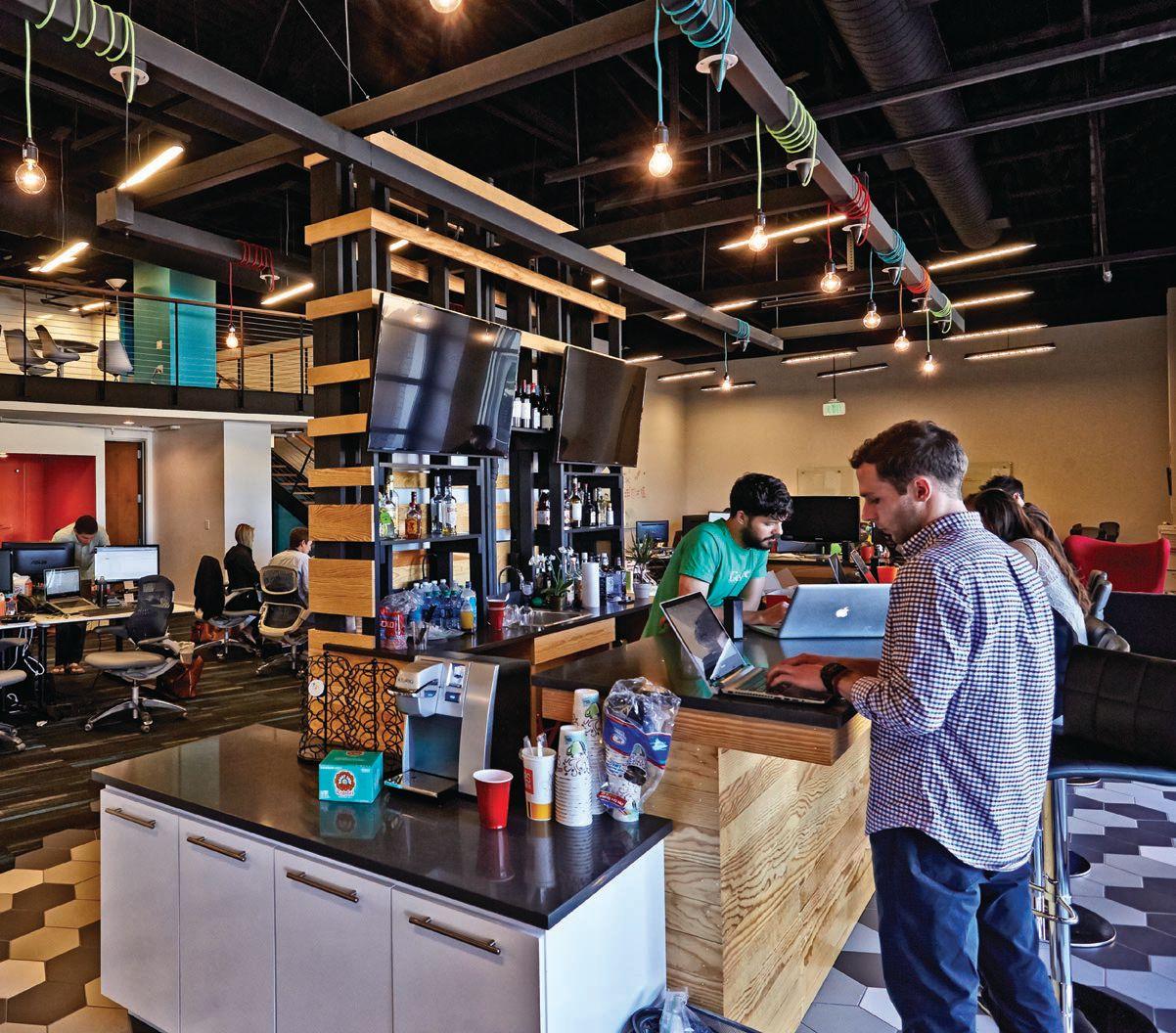
PMG Worldwide started modestly - and, perhaps, without foretelling its future success as a digital advertising and marketing agency that would make the Inc. 5000 ranking of the nation’s fastest-growing companies - in a little 900-square-foot office in Fort Worth’s West 7th development.
Three expansions later, including a 7,000-square-foot expansion that PMG and founder George Popstefanov cut the ribbon on this summer, the Fort Worth company is sitting in a 13,000-square-foot space in the same building, One West 7th.
“We have another 18,000 square feet behind us that is available,” Popstefanov says, and he expects to need that soon.
“Nine months to a year, maybe less,” he said in an interview this summer.
PMG continues its rapid growth. The company, a full-service digital agency that does everything from social media to search engine optimization for clients like Apple, J. Crew, Travelocity and OpenTable, made the 2014 Inc. 5000 at $5.8 million in sales for the previous year, up 5,000 percent over three years.
Popstefanov, 33, a Macedonian who emigrated to the United States as a high school exchange student in Wisconsin and then later made his way to college in Oklahoma City and, finally, TCU, where he earned a degree in e-business and marketing in 2005, projects $15$20 million in revenue this year. PMG has more than 70 employees today, and “the pace we’re on, it could be 100” next year, he said.
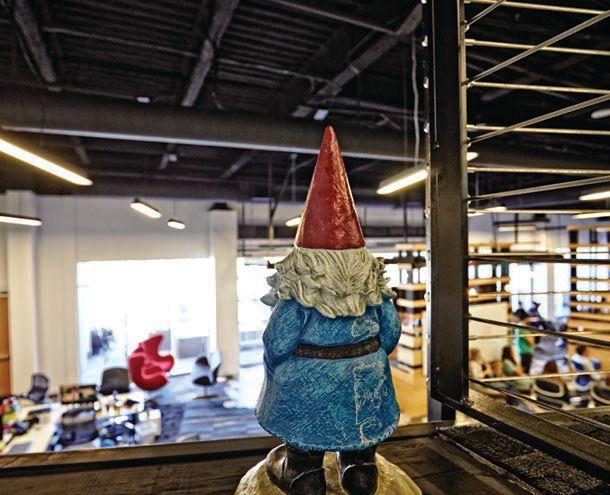
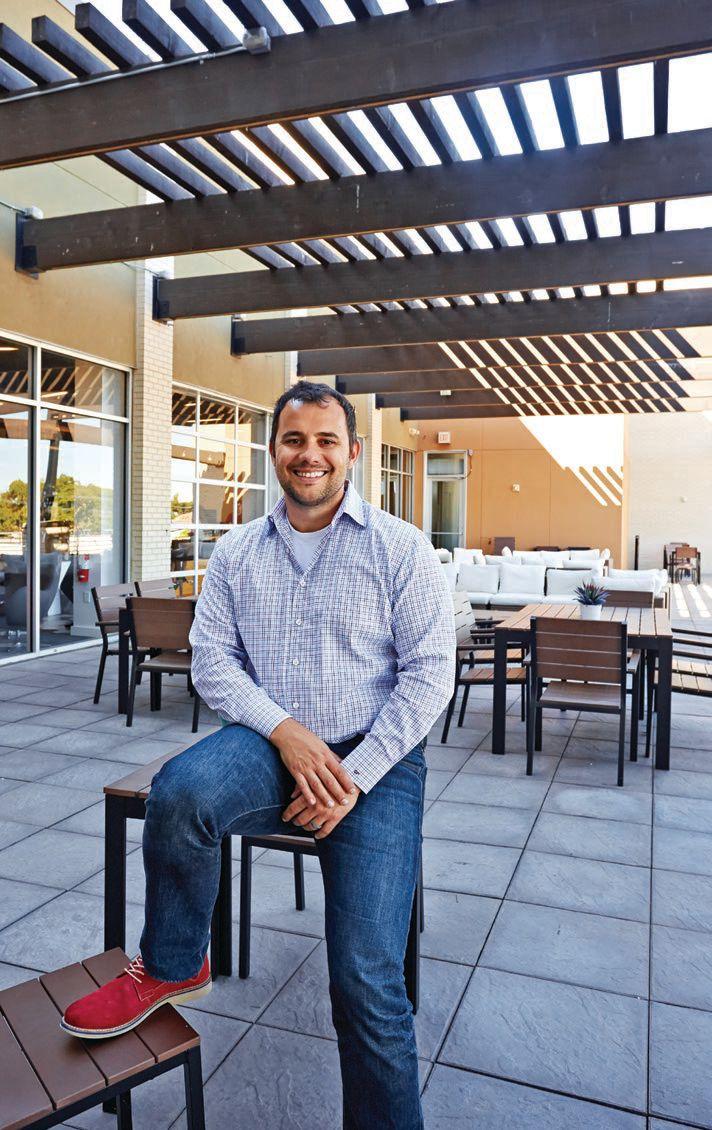













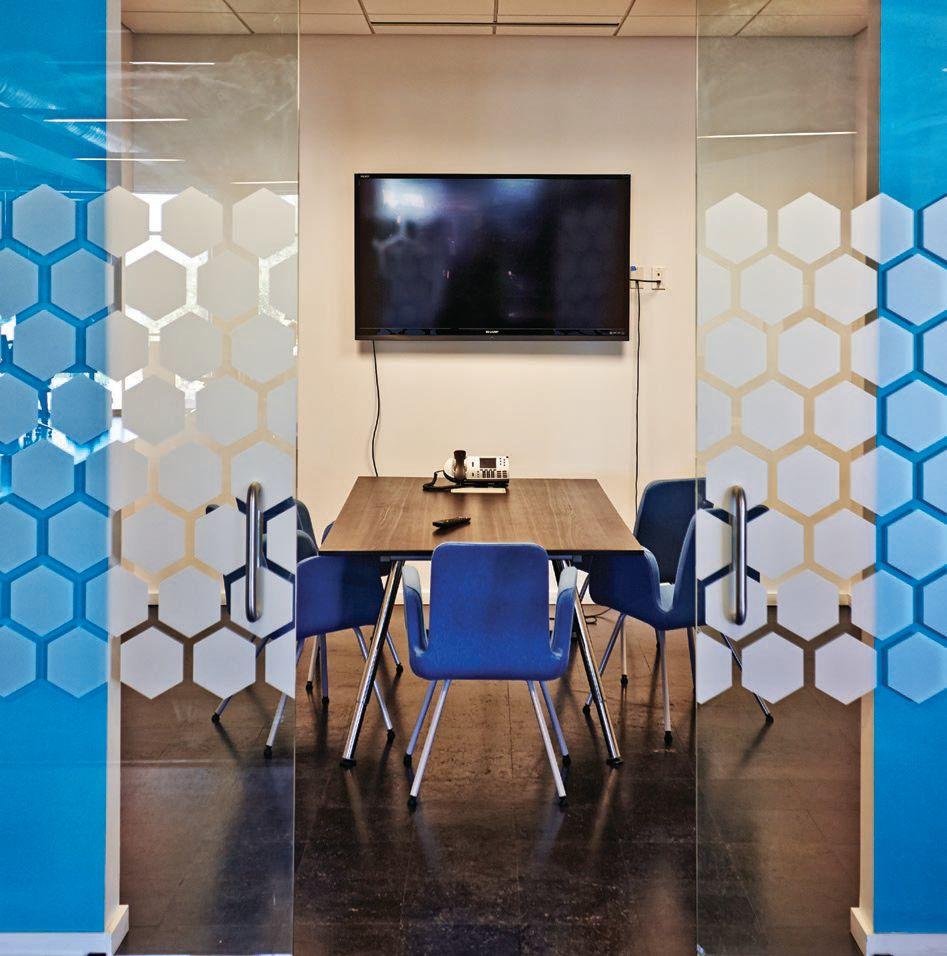
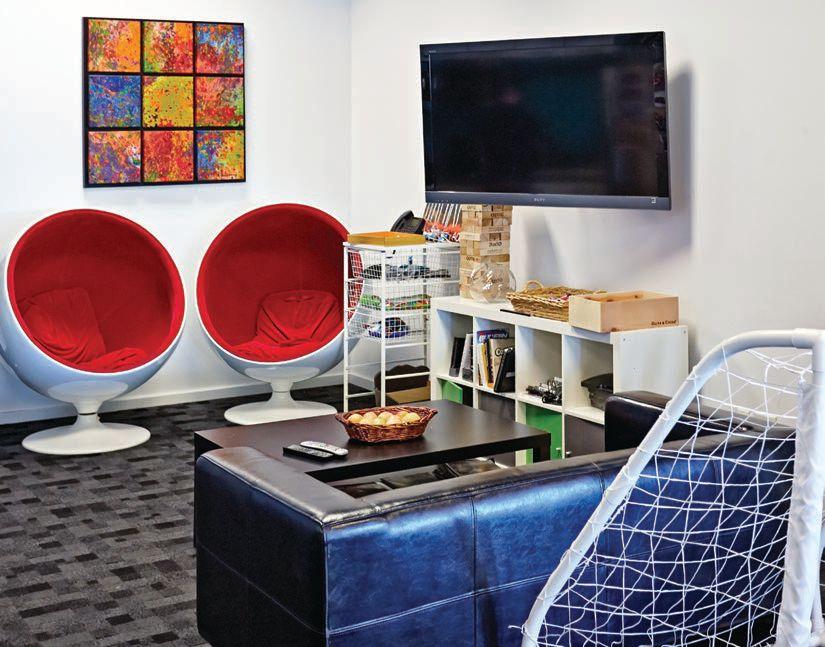

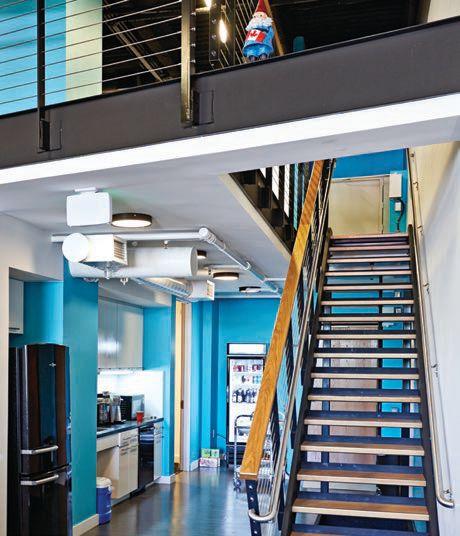
The company recently opened offices in New York and Los Angeles to be closer to clients and provide opportunities for employees who wanted to work in those cities and is considering other satellite offices, Popstefanov said.
PMG, working with VLK Architects, has developed a wide-open office space that - together with the various pieces of the company’s culture - fosters entrepreneurial collaboration, Popstefanov said.
A bar in the center of the room is typically covered with snacks. Whiteboard walls, lounges, couches and what Popstefanov calls “funky chairs” foster teamwork and idea generation, he says. A loft allows employees to move off by themselves. The latest expansion allowed PMG to take over the second-floor sky deck facing West 7th that belonged to Lucky Strikes, a bowling alley that closed in the building this year. It’s also dotted by cozy vignettes.
“We’ve seen a lot more cooperation; we see results for clients,” Popstefanov said.
PMG allows liberal opportunities for employees to attend conferences (“everybody can go to a conference,” Popstefanov says) and offers incentives for innovation, running an employee contest this year seeking best mobile idea for any of the company’s clients. Teams present their ideas after the holidays, and the winning team gets an all-expenses-paid, seven-day trip to a conference in Barcelona.
The company sponsors a running club; pays for employee fitness memberships; and offers weekly yoga and monthly massages, Happy Hour, and movie outings to the Movie Tavern in the West 7th development. In a nod to their philanthropic aspirations, employees are allowed to spend 10-15 hours per week “on something else” that isn’t work-related, Popstefanov says, although they often spend that time around the office.
And then there are those Beer Fridays.
“At 2 or 3 o’clock (on Friday afternoons), we get up, have a beer, and talk about the week, then we go home,” Popstefanov says.
The company’s health benefits include 12 weeks paid maternity leave - half of employees are women - and two weeks off for new dads.
Popstefanov, who started his career working for another agency before going off on his own, says he’d like to see Fort Worth turn into a technology center and idea incubator.
“I don’t necessarily have to be a pioneer, but if I end up helping Fort Worth to become that, I would like that,” says Popstefanov, who lives in Southlake and whose wife is a physician.
Noting Facebook’s recent announcement that it will build a data center in the Alliance Corridor, Popstefanov says he’d like to see something like that move closer into the city,
When he was in college, “we were debating whether people were going to buy food or shoes online,” he says. “So things have changed.”


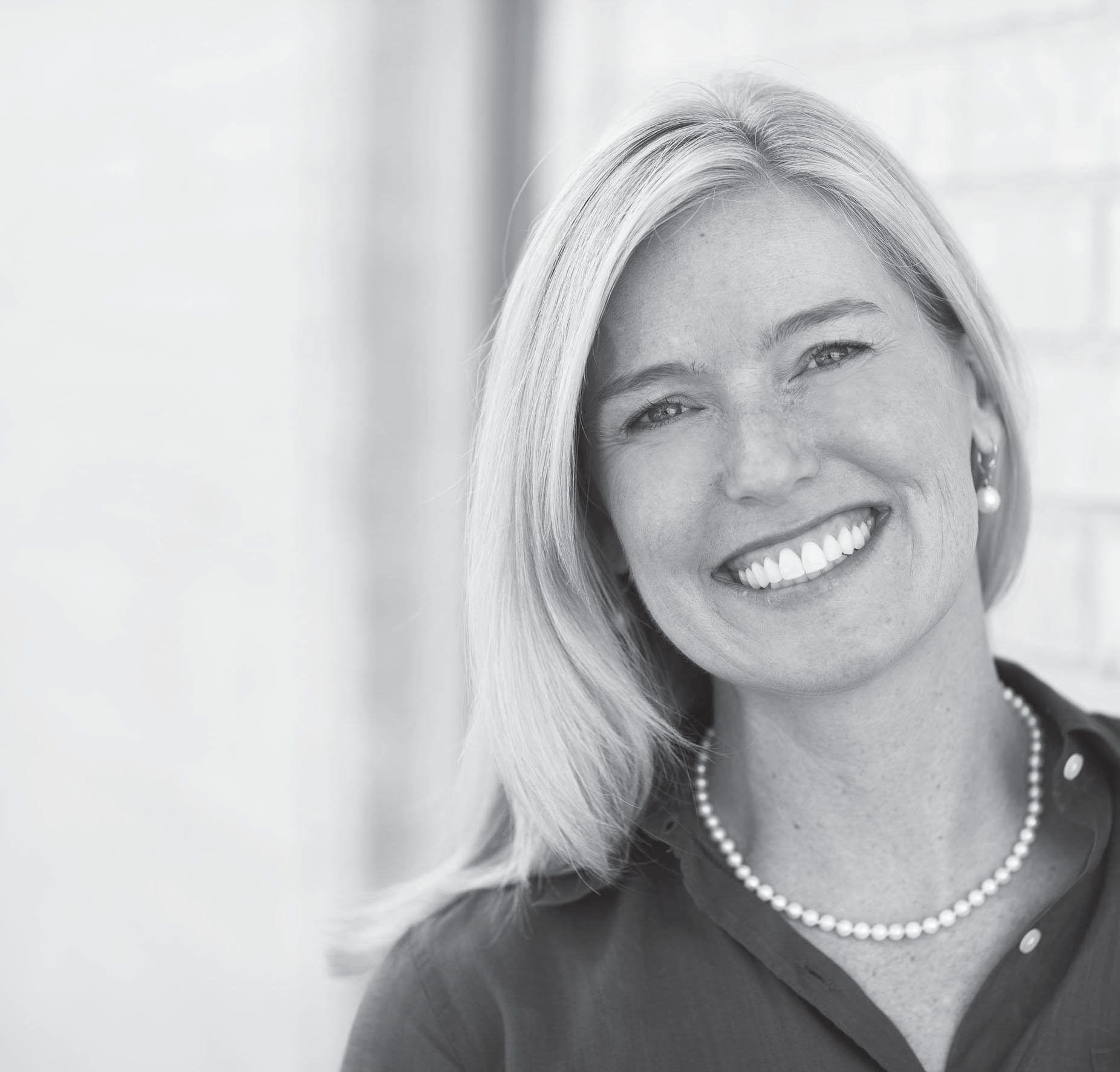

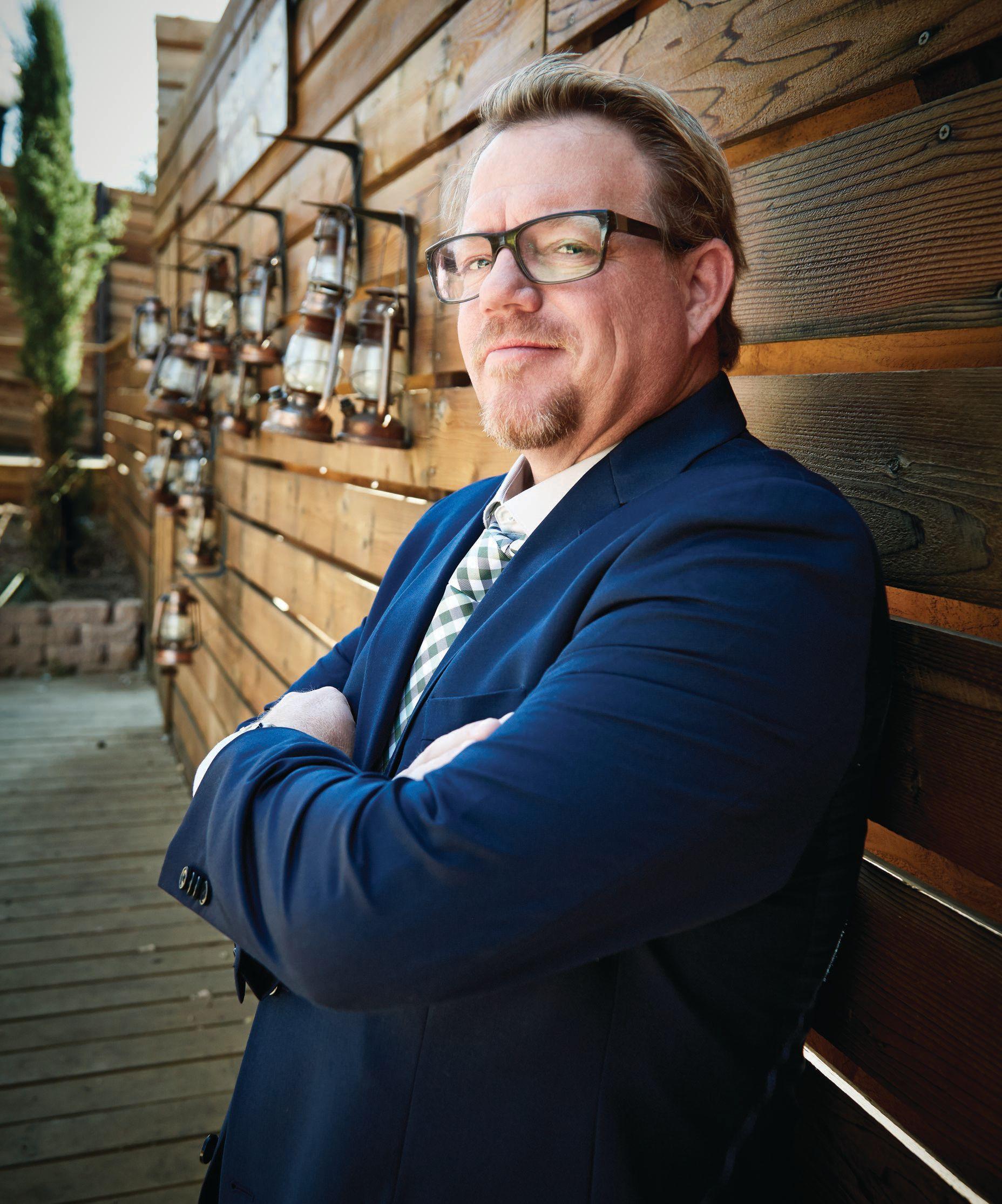









Fort Worth's own Texas country legend has grossed $77.5 million in the music business, owns a minority share in The Rustic in Dallas, helped build and sell a $10 million real estate fund, dipped his toes in oil and gas, and is just getting started.
BY SCOTT NISHIMURA
still recalls the conversation. His country band had selfreleased “Carry On” - the third of its first three albums - and sold 250,000 records and was packing fans into its concerts when the head of label for Universal Records dropped by a show in Washington, D.C. “Please don’t tell me you’re here to make me rich and famous,” Green told the exec. “I want longevity.” Green, 43, might have hit the trifecta. December marks the 20year anniversary of his first album, “Dancehall Dreamer,” which he churned out with his band while studying at Texas Tech. And 10 studio albums, two live albums, and more than 2.5 million record sales later, including a hot streak where he toured with Kenny Chesney, Keith Urban, Willie Nelson and the Dave Matthews Band, Green’s certainly had a long career. And rich?
“He’s always had financial goals,” Craven Green, Green’s dad and a longtime wealth manager who manages his son’s money, says. “He’s been derailed from time to time, but the numbers are still running around in his head. He still makes projections: ‘At 55 or 60, I ought to have x dollars, the house’ll be paid for, the kids are off, and (wife) Kori and I ought to be able to do what we want to do. He hasn’t hit those numbers yet. But he is very comfortable with where he is right now.”
Some of what Green estimates have been his band’s numbers over two decades: $22.5 million in revenue from record sales, including the Universal Records release “Wave on Wave” album in 2003, which went Gold. And $55 million in revenue from ticket sales, T-shirts and other merchandise, endorsements, and the like. Except for one year where he bought a second touring bus and its accoutrements, Green says the band has been consistently profitable, shooting for a 22-27 percent profit margin each year.
After five studio albums between 2001 and 2009, Green came back in 2012 with the “Songs We Wish We’d Written” on the independent Sugar Hill Records label. Then, burned out, he took a lengthy break, coming back only this year with the self-released “Home,” in which he writes, “I finally found my way home.” In short: Green’s happy to have dialed it down.
“I call it ‘making records by committee,’ ” Green, who moved to Fort Worth
near TCU 10 years ago from Austin, says of the demands of working under a major label. “There’s 15 guys in the studio telling me what to do with my songs that I wrote.”
During his break, Green teamed up a group of partners, including Free Range Concepts of Dallas, to open The Rustic, a restaurant, bar and live music venue at North Central Expressway and Uptown Station in Dallas. Green, with a minority ownership, is the Rustic’s public face and occasional performer. With the Rustic’s alcoholic beverage sales running at $9 million per year, making it Dallas’ top alcoholselling restaurant and bar, the partnership is drawing close to nailing down plans for Rustics in Frisco, San Antonio and Houston. All three could open simultaneously within 18 months of the announcements, Kyle Noonan, one of the Free Range partners, says. Green “has a name that carries a lot of weight here in Texas,” Noonan says. Most importantly, Green’s way back home has meant more time at home with his wife Kori, a Fort Worth lawyer, and their two children, Kellis, 11, and Rainey, 9. Where Green estimates he was on the road 240 days a year between 1999 and 2009, now he does 80-100 shows a year.
“I get to be home almost every day of the week,” he says. He’ll tour Fridays and Saturdays with the band, “then I’m home Sunday most of the time.” The time at home has also given Green more time to work with his Pat Green Foundation, which raises money through golf tournaments to benefit The Gladney Center for Adoption in Fort Worth and Ben Hogan Foundation’s initiatives, including the First Tee youth program.
Green’s ambivalence about spending so much time on the road is reflective of the sacrifices and tradeoffs of anybody building a business. “I missed the first few years of both my children’s lives,” he says. “It’s the biggest regret I have. It’s also the reason my children can go to college without a loan.”
“Business at the highest level is not a respecter of friendship or anything else. Nor should it be. It’s just business.”
- Pat Green
And, he adds, “There was also a part of me that felt a certain responsibility for continuing to grow a very good business.” Green has always had an eye on the numbers behind the business, but he says he’d never have gotten into it but for breaking his arm in 17 places during a pickup basketball game during his freshman year at Texas Tech. “I always thought I was going to be a baseball player,” Green says. “I was never good enough to be a pro baseball player. And I was never going to be a college ball player.”
While recovering from the fracture, Green picked up guitar. His mom had forced him to take piano as a child. “That was miserable,” says Green, who grew up in Waco. And he played drums in the high school band. “Also at a very low level,” he says.
Why guitar? “It was the only thing I could do,” he says. “I used the guitar to
prop up my arm. I was bored. And medicated.” Green became music leader for an all-Greek Bible study, which meant “beer after and playing guitar at somebody’s apartment.”
Green and his band made “Dancehall Dreamer” at a Lubbock studio in 1995 for $12,000, borrowed from family and friends; “Wave on Wave,” by contrast, cost as much as $250,000 to make later under the Universal Records label. The band then produced “George’s Bar” in 1998, plus two live albums. And it produced “Carry On” in 2000.
Green, who graduated from Tech in 1997, got a final push into music about one year later by his stepfather, Jack Burgess. Green had gone to work after graduation for a wholesale company owned by Burgess, while doing gigs on the weekends. “I got to have my beer on Sunday night, while everybody else was recovering,” Green jokes.
Then one Monday, one of the band members brought the money bag from the weekend’s work to Green’s office. The gross: $20,000. The band’s net: $10,000$12,000, including its 80 percent share of the door, plus the T-shirts, hats, and koozies it was selling to juice the profits. Burgess walked by. “Is that my money or your money?” he asked. He and Green took the bag into another office, where Burgess counted it.
“If you can do this one weekend, you can do it every weekend,” Green recalls Burgess saying. “He politely said, ‘It’s time to go.’ ” And Green says he was ready: “I just realized music was what I wanted more than anything.”
If Green needed the push, it wasn’t for any substantial doubts about the risk, his dad says. “I don’t think Pat ever had any doubts about his ability as an entertainer,” Craven Green says. “I don’t think it ever crossed his mind.”
Craven Green, who made Bank Investment magazine’s 2012 Top 50 Bank
Advisors ranking, says he’s given his two sons minimal financial advice over the years: “Your personal and business world is going to be fairly simple; it’s adding and subtracting.” And, “There are times when what you want to do is not what you can do.”
“Pat’s always been able to recognize a potential value and assess it fairly accurately,” his dad says. He’s not surprised his son has had such a long career. “He’s always been a show kid,” Craven Green says. Early on, he recalls attending one of his son’s concerts. “The crowds were mixed, from junior high school girls to 50- and 60-year-olds,” he says. From the start, “he’s got very broad appeal.”
After the band self-released “Carry On” in 2000, things took off. It packed thousands into its shows, including one in Bedford. “It just started exploding about that time,” Green says. The band had sold 250,000 records before it signed
with Universal. Green and the band did three albums for Universal between 2001 and 2004, including “Wave on Wave,” which peaked on the U.S. country charts at No. 2 and sent Green off touring with Chesney. The band later switched to BNA Records, an imprint of RCA, and produced “Cannonball” and “What I’m For” in 2006 and 2009. Those records cost $200,000-$250,000 to make.
The major label deals also brought big advances, including $750,000 for “Wave on Wave,” and endorsement deals such as a two-year agreement with Miller Lite for $500,000 a year, under which Green appeared on billboards, sang in the beer’s advertising jingle, and played golf seven times a year with Miller distributors.
“Songs We Wish We’d Written,” in 2012, peaked at 15 on the country chart. Green released "Home" on Aug. 14 this summer.
What’s led to such a long career for

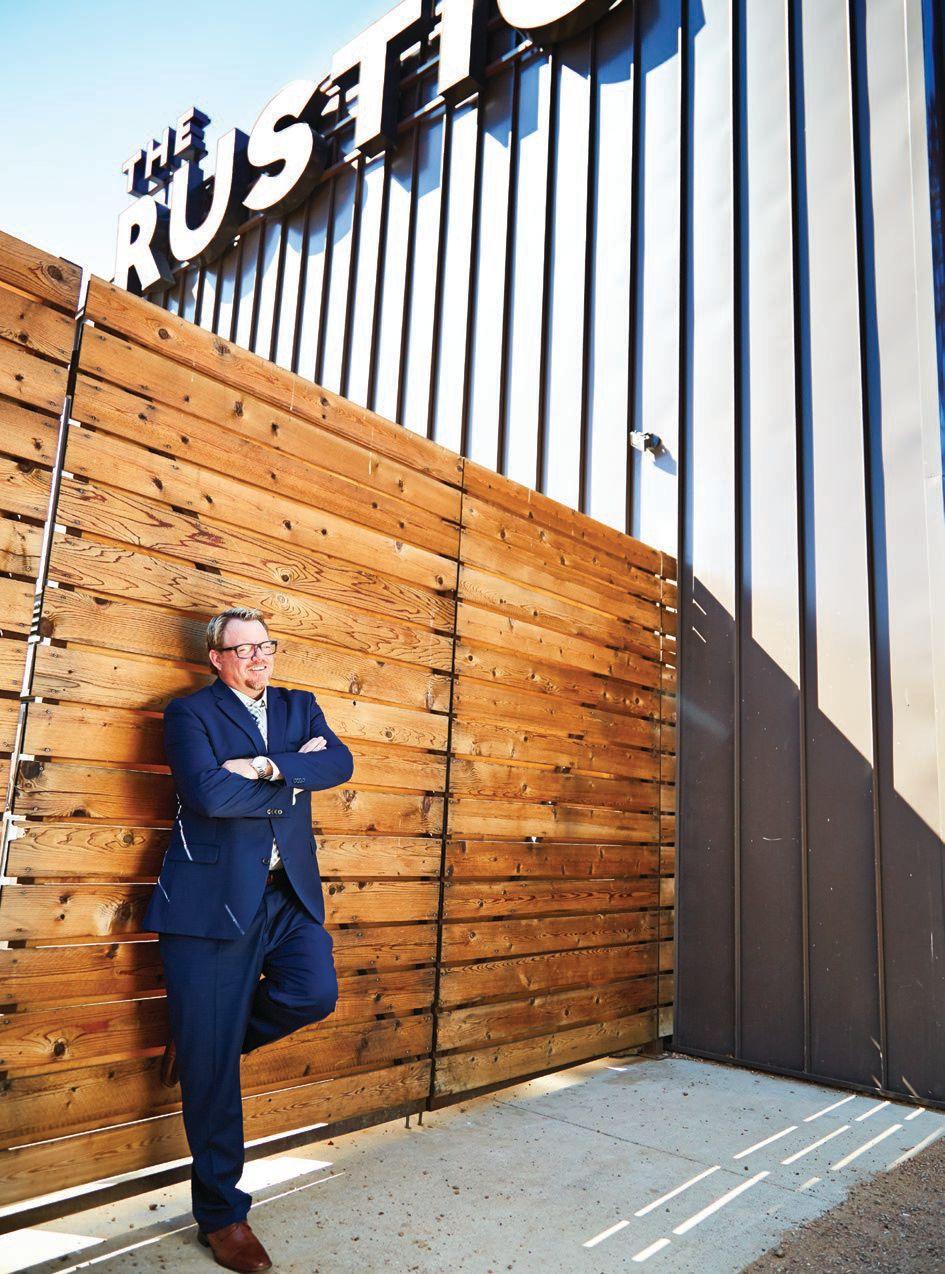
Green? “His music has changed,” Craven Green said. “He was truly a honkytonk hero. The themes of his songs are much more mature now. As tastes have changed, so has his music changed.”
Pat Green attributes his longevity to linking up with strong management and having a good touring schedule and visibility, which he views as key components to any band’s life. “We’ve got a pretty good plan,” he says. At every turn, Green says he’s sought to associate himself with “the biggest guy in town.”
Green’s team on the music side includes 888 Management, the William Morris Entertainment agency, a business manager in Nashville, and a tour manager in Fort Worth. Typically in the industry, 30 percent of the gross goes to those people, including 15 percent
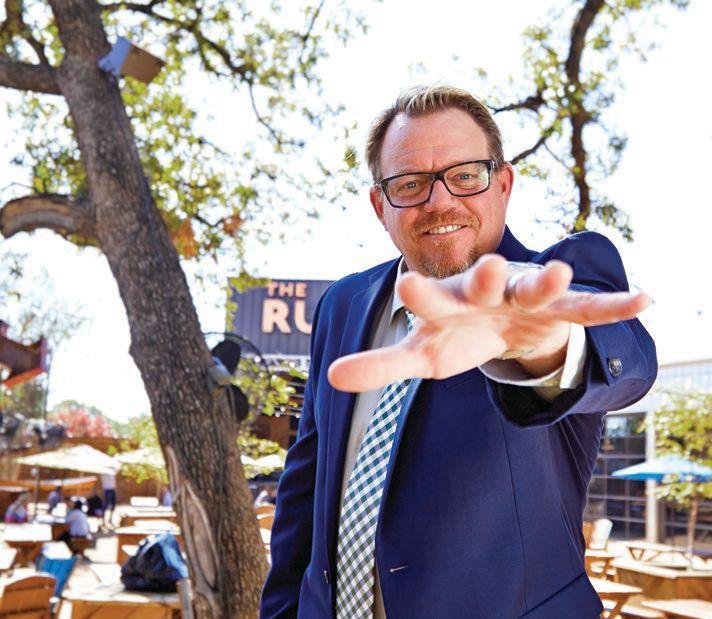
to management, 10 percent to the agency, and 5 percent to the business manager. Of his business manager, “I would admit I’m his most challenging client,” Green says. “I make a lot of decisions with my heart.” The Green team also includes Green’s wife. “She goes into that last comment,” Green says, adding, “She gives me an allowance.” And of Green’s money manager dad: “He doesn’t even charge me a fee. He better not; he’s my dad.”
“Most musicians don’t know what to do with the business side of it, but Pat loves the business side of it,” says Brad Ewert, who joined Green in 2001 as the band’s T-shirt manager and is now the tour manager and head of the Pat Green Foundation. “He still OKs everything.”
That doesn’t mean Green is pinching pennies on tour. The band has two potential configurations - a six-member band including Green, and one that includes Green and two band members. “He just wants the guys to be happy,” says Ewert, who manages all logistics of every
tour, including travel, hotels, meals, media interviews and Green’s “Meet & Greet” functions. “He wants the most we can afford; that’s why we don’t have big turnover.” On the road in big cities, that means hotel stays at places like Westin, and, in smaller towns, Hampton Inns and Holiday Inns, Ewert said.
Green’s dabbled in various investments in recent years, with what he says have been mixed levels of success. He and two partners built a $10 million dollar real estate fund, leveraged it to $30-$40 million in assets, and then sold off. “Everybody got what they wanted out of it,” he says. He was also in on an oil and gas venture that required continued investment. Unwilling to keep putting money in, he left and lost his investment. “It requires a certain level of ‘fundification,’ and I didn’t have the money to play,” Green says. “Now it’s making money - good for them.”
His biggest lesson learned from oil and gas, which he calls his “biggest mistake”: “Business at the highest level is not a respecter of friendship or anything else. Nor should it be. It’s just business.”
Green says he doesn’t dwell on the oil and gas investment. “I think a man who has no mistakes probably doesn’t have a mirror in the house.”
Making decisions with the heart has
been Craven Green’s one worry for his son. “Pat has such a big heart,” he says. “You’ll rarely meet someone more generous than he.” His son agrees: “My biggest mistakes are probably decisions based on people” instead of a solid business concept, he said.
Music is still Green’s principal paycheck. “Touring pays the bills for my family,” he says. The Rustic, apart from that, is where he’s hanging his business hat. “My going concerns are here and the music,” Green said recently, during a visit to The Rustic.
Brian Manion, one of the partners in The Rustic with Green and Free Range, met Green years ago at a music festival, and the two became friends. Manion, whose background is in the hospitality industry, had seen “country concepts” that looked like The Rustic, “but they were missing the music aspect,” he says. Manion pitched the idea to Green for the idea, which Manion calls an “authentic outdoor music backyard concept.” Green liked it, and Manion sold it to Free Range, which he had invested with previously. The Rustic, which opened in 2013, is an indoor-outdoor venue, with restaurant and a horseshoe-shaped bar inside against the backdrop of a big American flag fashioned out of beer cans. Overhead doors open up in season to the sprawling exterior patio, and the stage opens onto both the patio and into the restaurant. Forty beers are on tap. Don’t want to drive? The Dallas Area Rapid Transit’s Uptown Station is next door. The Rustic features live music, Wednesdays-Sundays, and brings in nine bands per week.
“It’s become its own brand,” Manion says. “The numbers are exciting, and the location is fantastic.”
Green says The Rustic has done $20 million in total sales over its first two years, against substantially lower initial expectations. His partners declined to verify those
numbers.
Green’s happy with his role as the venue’s public face. “I don’t have any business being in management,” he says. He’s also happy with the projected growth plan. “Slow growth is permanent,” he says. “If you grow too fast, it tends to go away fast.”
The idea came up to name the venue after Green, but he didn’t go along. “I think that’s cheesy,” he said.
Noonan, the Free Range partner, compared The Rustic to the House of Blues as the closest competitor and said he believes Rustic can have 17 or 18 locations. “I think that would be a great target for us,” he said.
Long-term, The Rustic may not be the highest and best use for the prominent 2.7acre Dallas location, he acknowledged. The Rustic has the site on a long-term ground lease; the property owner put up $1 million to build The Rustic, and the partnership put in another $2 million, Green said. “This has proven to be a strong use for the next 10 or 20 years or so,” Noonan said.
for our interests and that have difficulty getting recognized.”
The foundation supports Gladney because of the families it creates, Green says. He knows numerous Gladney parents, including his brother’s wife, he said. “Adoption’s all around me,” he said. “I can see the joy it brings to people.”
And he likes the Hogan Foundation because of its support of youth golf through The First Tee of Fort Worth program, including building the Ben Hogan Learning Center in 2008. Green also likes Hogan’s backing of a partnership between Cook Children’s Hospital and Children’s Medical Center of Dallas that created Camp Broncho, which allows camping adventures to North Texas children who suffer from acute asthma.
“Most musicians don’t know what to do with the business side of it, but Pat loves the business side of it,”
- Brad Ewert, Green’s touring manager
“I’m sure a lot of people know Ben Hogan, but if you ask them what the Ben Hogan Foundation looks after, they won’t be able to tell you,” said Green, who typically auctions off a backyard concert for 20 at the fundraiser.

Besides The Rustic, Green’s also working on building his foundation, which he founded in 2012. It’s given $1.3 million so far, and its next golf tournament will be Aug. 4-7, 2016, at Spyglass Hill, one of the famed Pebble Beach courses in California. Players in the 32 teams will include Green, the Dallas Cowboys’ Troy Aikman and Billy Joe Tolliver, the ex-Texas Tech and National Football League quarterback. The weekend includes performances by two bands, including Green’s. “I’m for free every time, so all I have to do is find another band,” Green jokes.
Broadly, Green says he wants his foundation to “pick out foundations that look out
“Asthma is a killer.”
This is Pat Green’s world. “He’s smart enough to mature, to evolve, to change perspective and to adjust what he’s doing,” Craven Green says. “He’s become much more conservative over the last five years. The kids and his wife. That world is a completely different world. He’s a person about as mature as he can be.”
Not bad for a guy who never expected this.
Pat Green is enjoying being back home again and narrowing his focus. Please see our video interview at fwtx.com/ fwinc/videos.

Your passion fuels your success. And we’re as dedicated to you as you are to your business. MassMutual will listen to your needs, seek solutions to your financial challenges and help you plan for what’s ahead.
Jason Bach, CFP® General Agent
MassMutual Dallas-Fort Worth 1200 Summit Ave, Suite 210 Fort Worth, TX 76102 817-529-1212 www.dallas-fortworth.massmutual.com
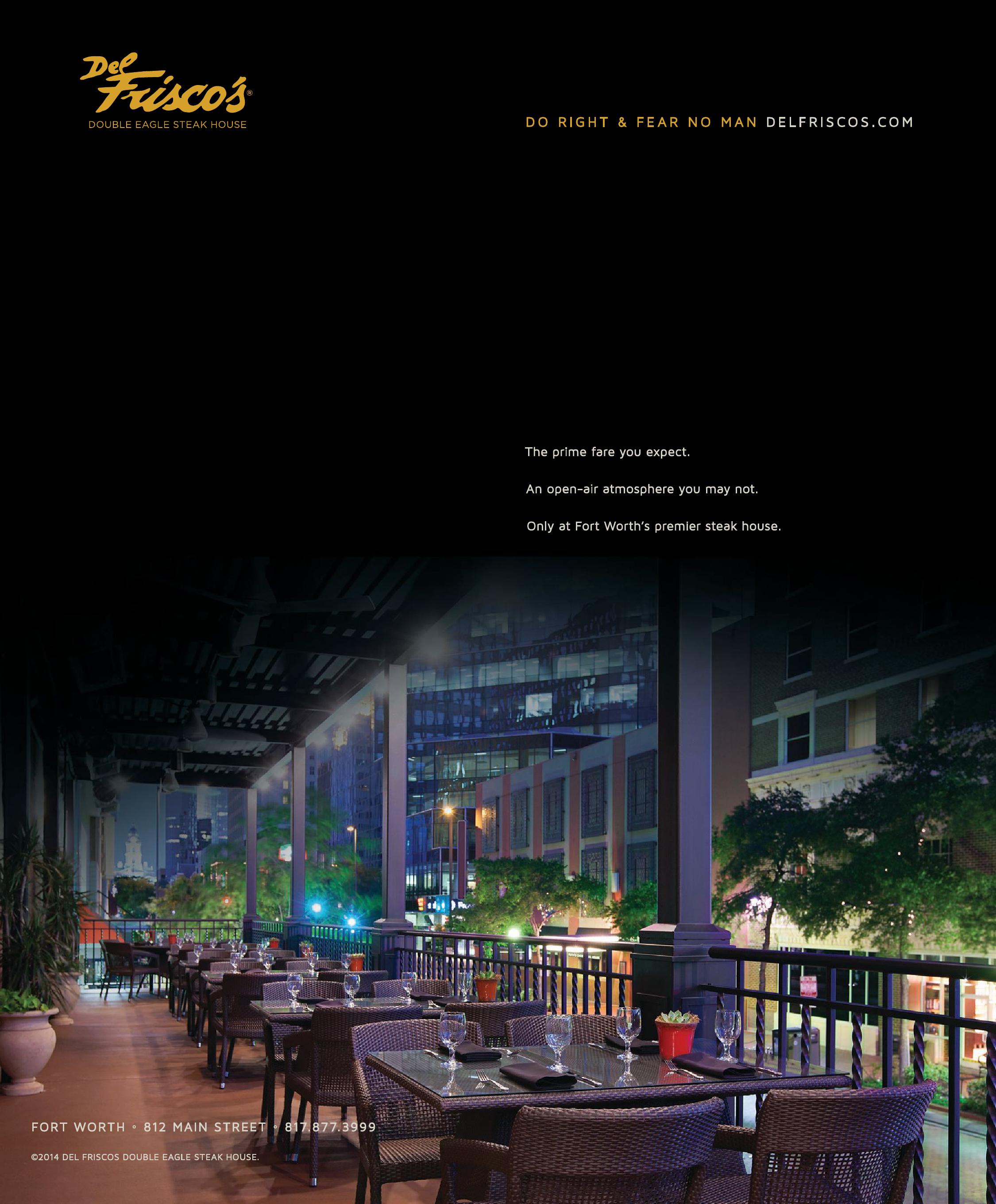
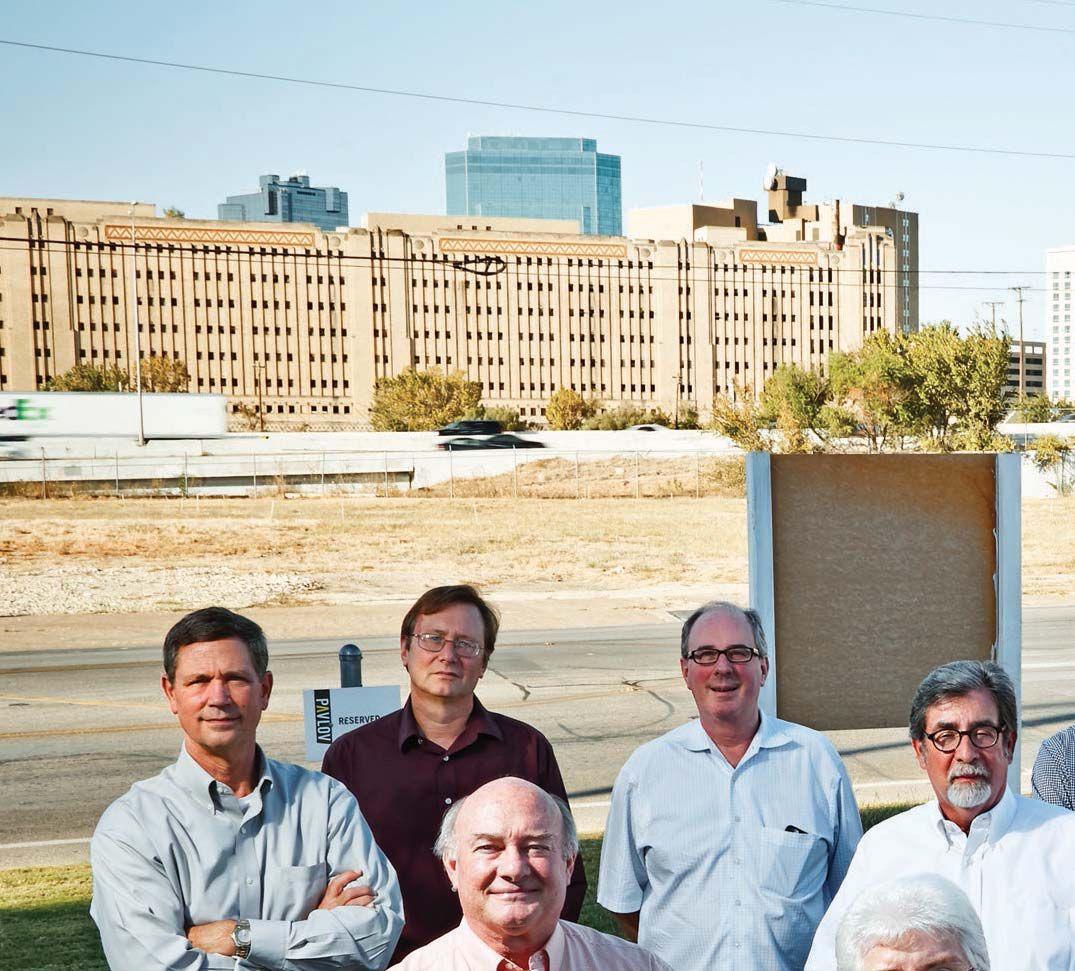
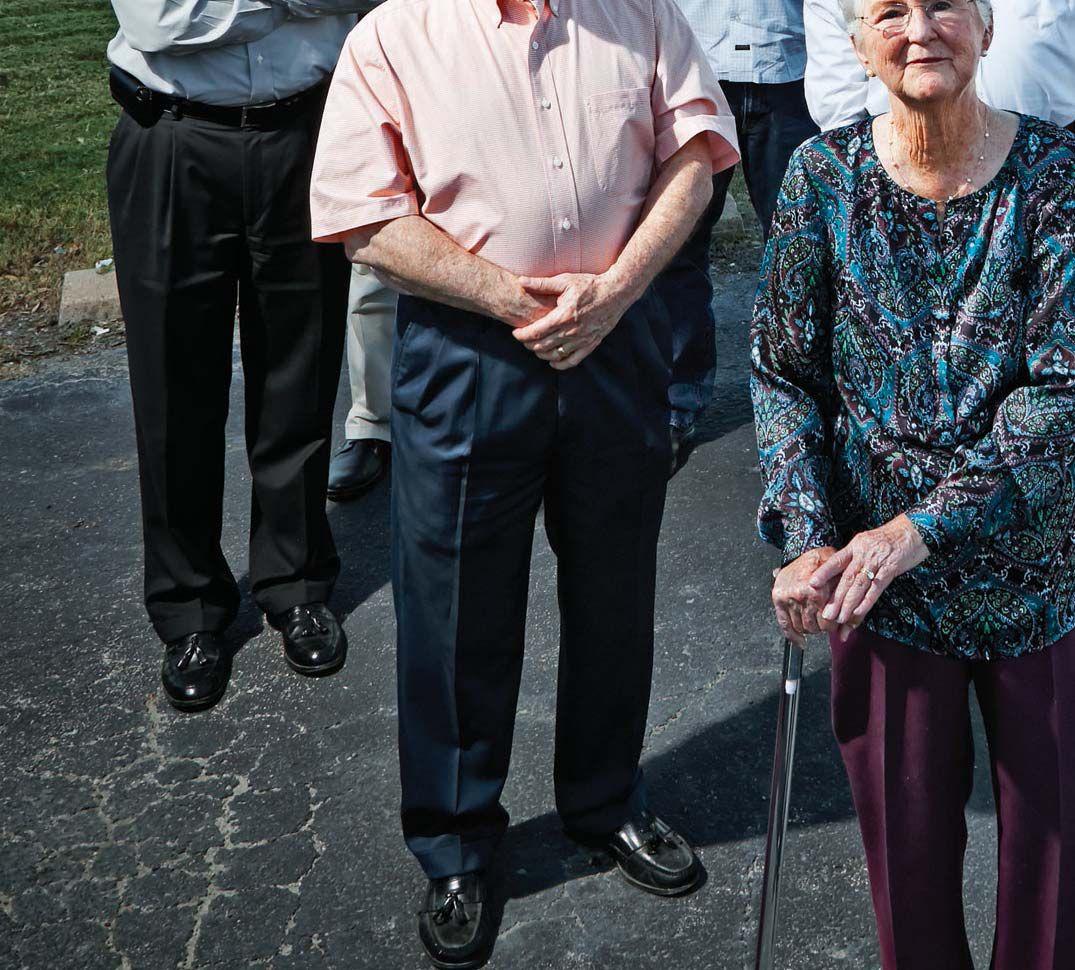

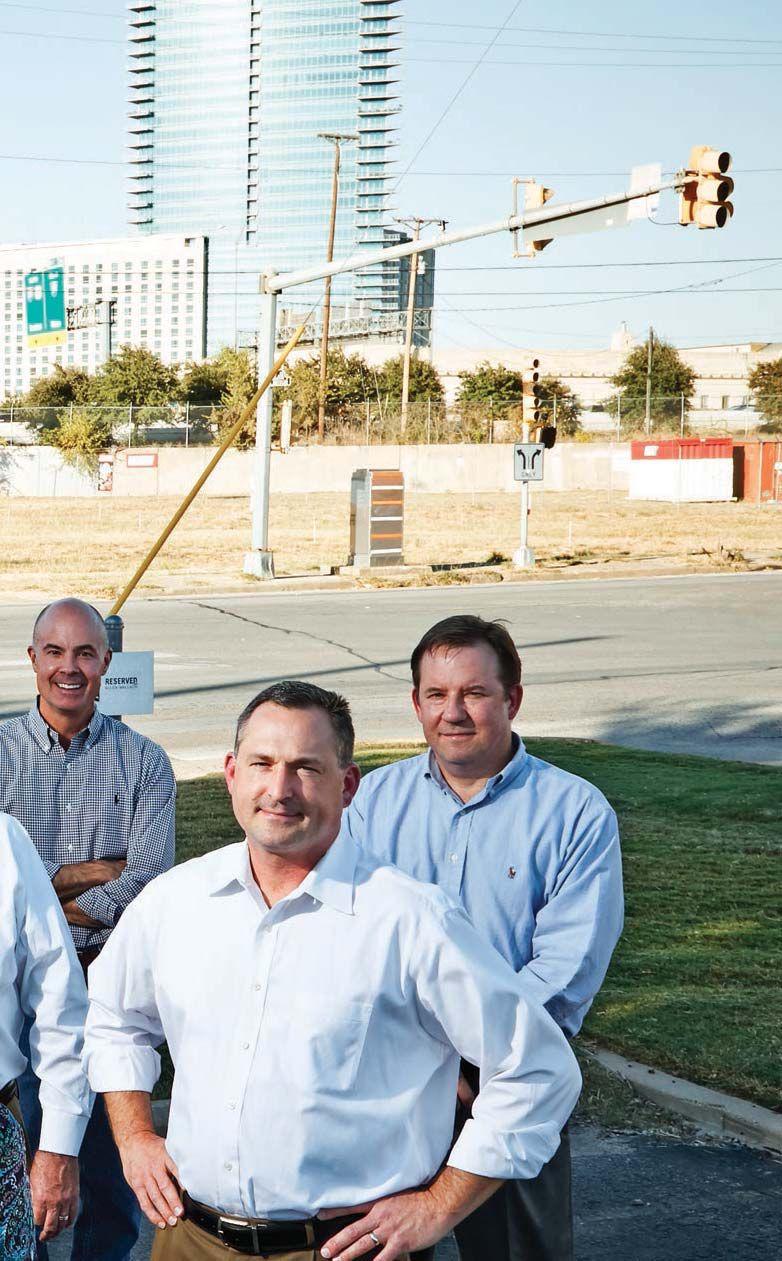

By Scott NiShimura
Fort Worth’s hemphill Street is a gritty 5.4-mile strip that runs from just south of downtown to interstate 20, connecting several of the city’s oldest neighborhoods and fronted by a hodgepodge of once-grand, but mostly-intact historic homes, commercial and industrial buildings, apartments, vacant lots, and used car dealerships. Many of the buildings are decaying, boarded up. It’s a huge canvas, the last of the Southside’s thoroughfares to begin to fill in with new color. But redevelopment is slowly elbowing in. In the 2800 block, Colleyville businessmen Calvin East and Matt Spake are rehabbing three early-1900s homes they bought last year for cash and have signed their first tenant, a small private school that took one of the houses. Diagonally across the street, the developer Fran McCarthy, a rehab specialist, has purchased a boarded-up 10-unit apartment building, is setting it up to qualify for the ample tax credits available today for rehab, and plans to sell or redevelop it.
Spake, a home builder and developer, and East, a business development director for a company that sells products to drug stores, tripped across the houses when they were hunting for a site to launch a brewery, a plan they’ve since ditched. The two, who’d never done rehab before, estimate they’re $580,000 in so far, including what they paid for the houses, which total 8,100 square feet and squeeze in between two other old homes, back up to the Worth Heights neighborhood, and face an underwhelming old strip center across Hemphill.
“I told my wife Calvin and I were committed” to buying the properties, Spake says. “She said, ‘well, you need to be committed.’ ” Up and down the street, other indications of renewal have crept in, most notably on the one-mile length between West Vickery Boulevard and Allen Street, closest to downtown and the piece that’s part of the Fort Worth South economic development nonprofit’s map and the Near Southside tax increment finance district, which subsidizes public infrastructure improvements for development projects. The developer David Motheral Jr. estimates as many as a
dozen property sales have occurred in recent months on that segment of Hemphill by entities that are likely to develop the sites, not sit on them as investments.
“Hemphill is what’s next,” said Motheral, who’s gone in with partners from outside the area and purchased a 2.2-acre site at 415 Hemphill – on the street’s far north section - for what they plan as a 220-unit apartment development with ground-floor restaurant and retail space. “We’ve done West Magnolia; we’ve done West Rosedale; we’ve done South Main.” Prices have reached the point on those other thoroughfares where it’s difficult to do traditionally-structured real estate deals and are significantly cheaper on Hemphill, developers, investors, and brokers say.
Complicated Landscape for Developers But the landscape for anybody contemplating a development or investment project on Hemphill is considerably more complicated than it is for those other streets.
Redevelopment of West Magnolia Avenue, West Rosedale Street,
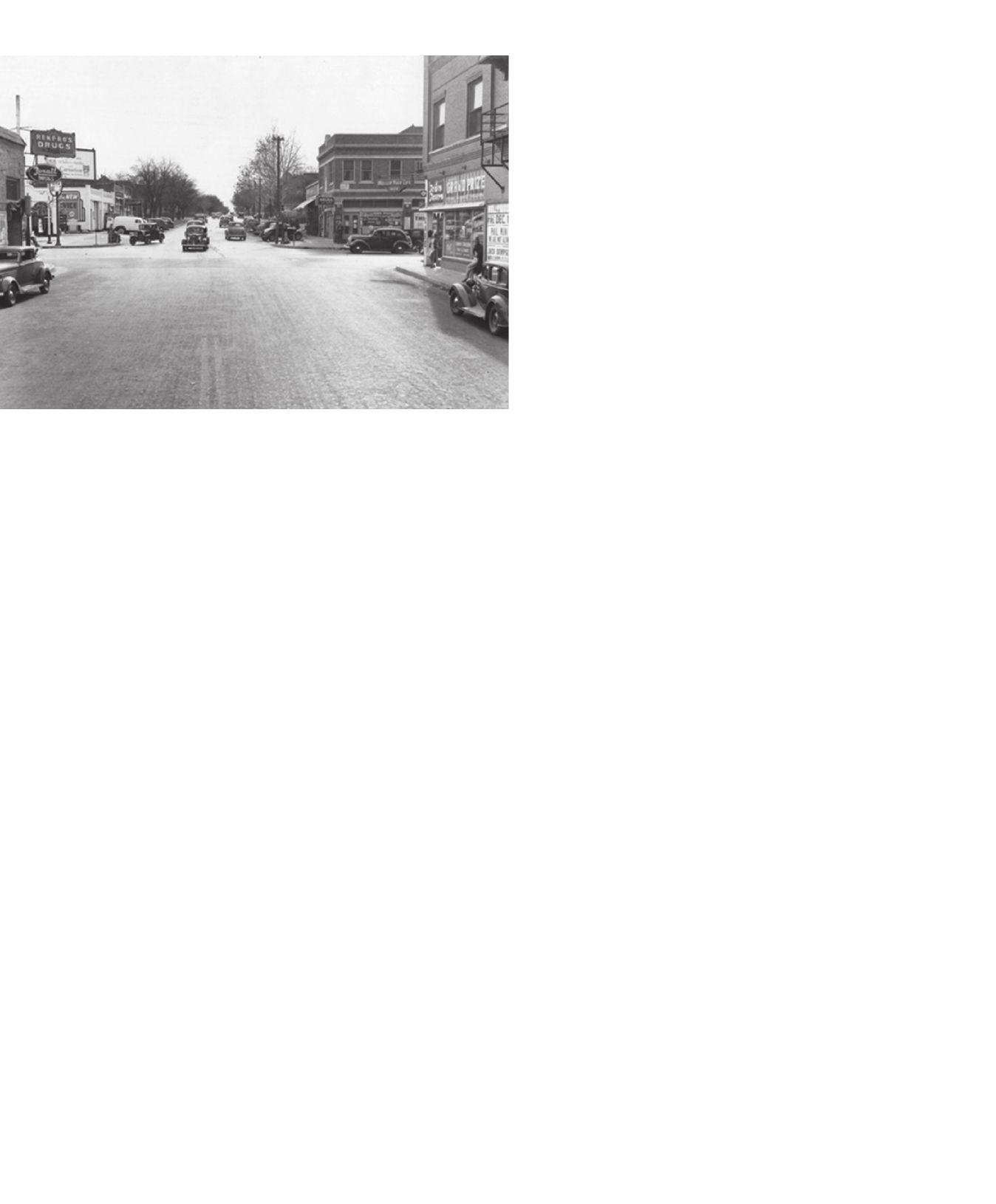
and South Main Street all fall under the purview of Fort Worth South, whose well-developed toolbox includes a plan, design guidelines, corresponding zoning, and incentives that fill financial gaps lenders won’t finance in deals, such as street amenities and other public infrastructure. There’s no such toolbox for Hemphill, except for Fort Worth South’s Vickery-Allen segment.
But Motheral and longtime realtor Joan Kline, both credited with leading the creation of what turned into Fort Worth South and its tools, are leading a similar effort for Hemphill as chair and co-chair of the Hemphill Corridor Task Force’s newly formed development committee.
The group, working with the city and a volunteer task force that’s redrawing Fort Worth’s master thoroughfare plan, is first building a streetscape plan for the entire Hemphill Corridor that will address street widths, crossings and intersections, bike plan and other amenities, and access to parks and schools over Hemphill’s several distinctive segments. Motheral’s group will send that to the thoroughfare task force for use as that group’s Hemphill segment; the task force next year is expected to send its entire plan to the City Council for approval. “We need to get the word out as soon as possible to the people that are buying property (on Hemphill) and to the banking community to support us,” said Motheral, who was recruited into his role by Kline, Mayor Betsy Price and City Council member Ann Zadeh.
Once the Hemphill streets plan is done, then the development committee will turn its attention to design guidelines and related zoning for the corridor, Motheral said. But even once that’s in place, the substantial question of how to pay for the street amenities and assist developers financially will remain. The city, through federal and city bond money approved by voters for enhancements in urban villages, is funneling money to street improvements at Hemphill and West Berry Street that are underway. West Berry from Interstate 35W is considered one of Fort Worth’s gateways to TCU. “We’ve got one intersection,” Motheral said.
Part of the street is covered by the city’s neighborhood empowerment zone program, which waives permit fees to qualifying projects
in underserved areas. Neighborhood leaders have quietly begun developing the map for a proposed tax increment finance district, a politically sensitive topic, because taxing entities would have to agree to dedicate incremental tax revenue generated by increases in property value to Hemphill projects. And even if they did approve a TIF, the incremental growth - and incentives generated by it - would be years off. Motheral declined to discuss the TIF. “Nobody on our side is going to talk about it,” he said.
If the Hemphill group can get the tools in place, Motheral predicted a resurgence of the corridor. Without the tools, redevelopment would occur but at a slower pace, because developers would have no confidence their investments would be protected from neighboring renegade development, he said. “If we can do for the Hemphill Corridor what we did here, we’ll essentially be bringing in a lot of businesses,” he said recently over coffee, while sitting outside the popular Stir Crazy Baked Goods cafe, a new tenant on West Magnolia.
The Hemphill group has also been jolted in the last month by word that the city’s costs for the “Hemphill Connector” - a tunnel and new rail bridge that will connect Hemphill directly to downtown between West Vickery and Taylor Street underneath Interstate 30 and the Union Pacific Railroad - have skyrocketed from estimates years ago when the project was first put into the books by voters. The most recent estimate in mid-October was $44 million, with a $17 million unfunded gap.
The expected street link, whose first phase is complete, has already figured into the plans of developers doing projects on Hemphill, particularly at the north end, and Fort Worth South and the city are scrambling to figure out how to deal with the higher costs. A delayed Hemphill Connector, which would better link downtown and the Southside neighborhoods, “is not going to stop (Hemphill redevelopment), but it certainly is going to put a real pinch in doing things all the way down Hemphill; it’s a real inhibitor,” Motheral said. But “even if it doesn’t come tomorrow, as long as we know it’s coming, that’s probably good enough.”
Motheral said a delay won’t slow his project, which he and his partners have put out to bid. “We’re too far along to not continue,” Motheral said. “The pace of anybody else would slow down considerably.”
Whither Hemphill’s Silos? Eddie Vanston, a longtime Southside developer whose credits include the Supreme Golf Warehouse, Miller Lofts, Sawyer Grocery, Markeen, and Leuda-May apartment and mixed-use projects, is one who’s following all of the Hemphill pieces closely. Vanston, who has said he’s being priced out of the Southside by significantly increased real estate costs, confirmed to FW Inc. that he went under contract more than a year ago to buy the massive abandoned grain silo complex at Hemphill and Biddison Street, well down the corridor.
Motheral’s group considers redevelopment of the silo site to be key in what happens to the corridor, because a strong redevelopment would likely spur other re-investment around it.
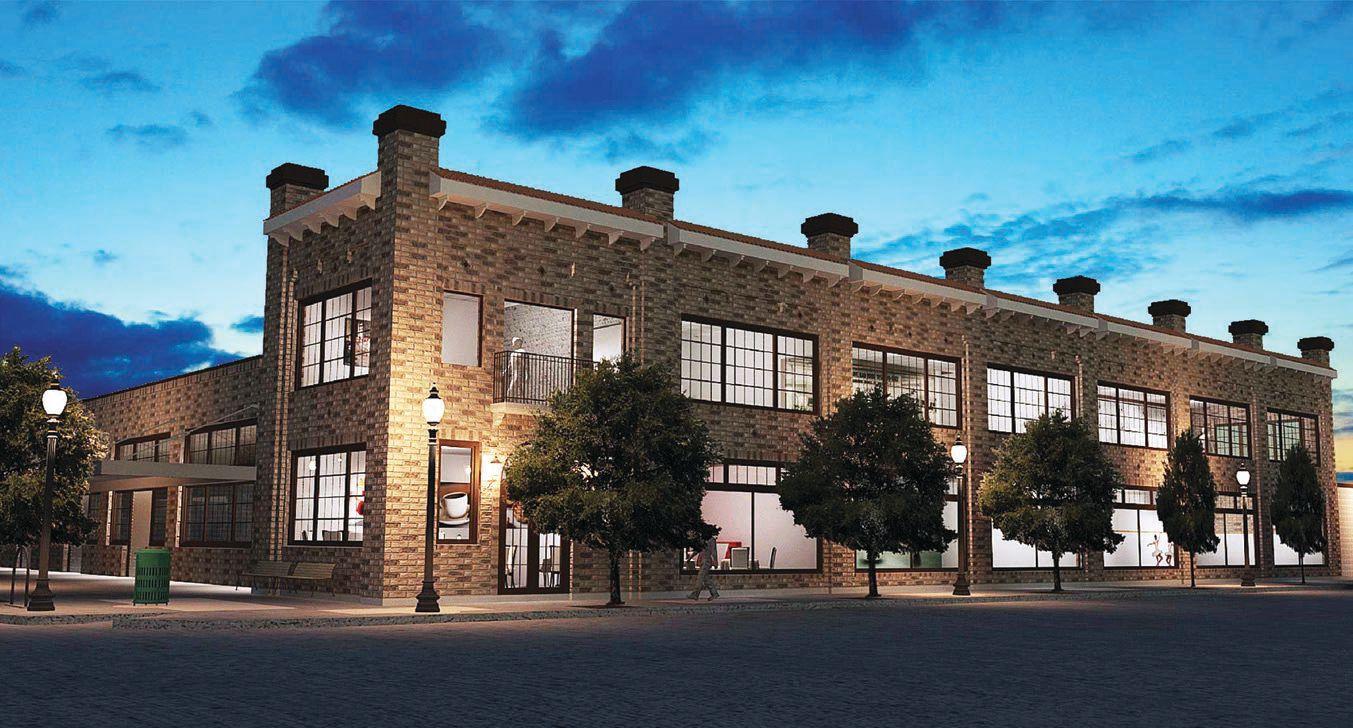
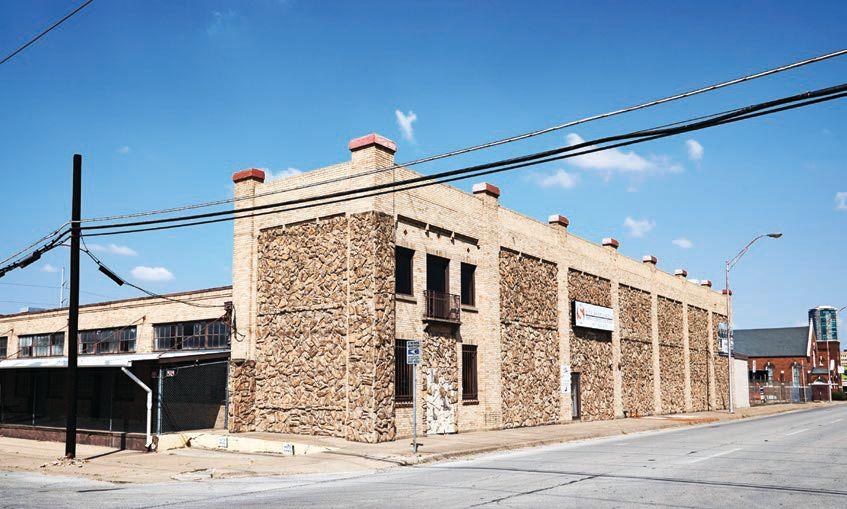
Vanston’s conceptual plan calls for apartments. But any proposed redevelopment faces significant financing gaps and may never happen, Vanston said. The National Park Service, for one, has agreed to a 25 percent dollar-for-dollar tax credit against eligible costst, but only for the top piece of the silos, where people once worked, Vanston said. The Park Service’s rules otherwise explicitly exclude silos from credits.
Vanston sees the same assets in the Hemphill Corridor as other developers: proximity to strong, established neighborhoods and other Southside corridors that have been redeveloped, downtown, Interstates 20 and 35, many still-existing historic properties, and relatively cheap real estate. “You’ve got neighborhoods that are wonderfully represented; it just seems to be a fertile area and a natural spillover,” Vanston said.
Vanston said he’s received preliminary estimates on construction costs, and there’s a big gap between those and what makes sense with the financial model he’s been able to piece together so far. “It has to make sense; otherwise, you bulldoze it,” he said, estimating demolition would cost $4 million. “Clearly, nobody wants to pay $4 million to clear a piece of land to free up two acres,” he said. “However, that may be the best solution economically.”
projects in the corridor face a more certain future. Developers who’ve been on the street for awhile remember the raw surroundings they faced when they came on it.
Businessmen Brien Culver and Glenn Davidson, who are redeveloping an old commercial laundry at 428 Hemphill into a mixed-use redevelopment called The Laundry on the far north section of the street, are in talks with restaurants and other potential users. Culver and Davidson own the 50,000-square-foot laundry building and an adjacent 4,500-square-foot church.
A restaurant lease for the church is drawing near, an entertainment complex and another restaurant is interested in a big piece of the laundry building, Culver and Davidson said. They said Fort Worth South has pitched The Laundry to Whole Foods, which announced last year it would open 1,000 smaller, urban stores nationally; Whole Foods is under construction on a full-size store in the Waterside development off of the Chisholm Trail in southwest Fort Worth.
Culver, who bought the laundry 12 years ago, relocated a DVD distribution business to it from Arlington that he’s since sold, and took on Davidson as a partner, remembers some of his neighbors when he bought the site. Across a side street, “we had two crackhouses, like the thing you see on TV,” he said. The police have since shut those down, he said.
The two say they’re under no pressure to sign leases, because the laundry building is full on short-term commercial leases. “We have the luxury of taking our time,” Davidson said. “We’re generating positive cash flow as we show the space.”
Fort Worth South has asked Culver and Davidson to consider adding residential to their space, but, with hundreds of apartments under construction on the street and nearby down Pennsylvania Avenue at South Main Street, “we would like to be the project providing the things residential needs,” Culver said. Culver isn't worried about the status of the Hemphill Connector, just up the street from his project. “The connection we have (via South Jennings Avenue) isn’t bad,” he said.

Up the street, Quorum Architects this summer sold its headquarters building at West Vickery and Hemphill to the Fort Worth auto dealers and entrepreneurs Will Churchill and Corrie Watson, who in the last year parked profits from the sale of their Honda dealership and a downtown tract in several Near Southside properties.
Quorum principals Scott Wilson and Bill Blankenship remember what the building looked like when they bought it in 1999. “There were two- and four-legged occupants,” Blankenship said, referring to the homeless people and animals living in the dilapidated building. “In equal numbers,” Wilson said.
The 17,650-square-foot building, an old Southwestern Bell telephone garage, was a wreck inside. They installed a new roof and new systems, rehabbed the interior, kept a piece for their offices, and leased the remainder to other tenants, including the Pavlov advertising agency.
It cost them more than $1 million to get into the building, they recalled. They sold it for about $200 per square foot, compared to the $21 per foot they purchased it for, they said. Quorum is now a tenant of Churchill and Watson but interested in another site or building of about 6,000 square feet, they said. They’re not sure they can find it on the Southside. “This area has been picked over,” Wilson said. “It’d have to be an oddball,” Blankenship said.
Elsewhere on the street, real estate prices have increased with greater interest in Hemphill but are still considered reasonable compared to the Near Southside’s other corridors and other hot corridors in the city. Culver and Davidson estimated land prices in the far north section of the corridor, where the most sales have occurred are at $27-$30 per foot, four times higher than when Culver bought The Laundry. That compares to what brokers say are asking prices of $35-$40 per square foot for land in the rapidly redeveloping South Main corridor.
That should lead to stable rents, real estate people said. The Laundry is marketing itself at $19-$21 per square foot in rent, plus “triple nets” for extras such as property tax. By contrast, the highest base rents in Fort Worth’s West 7th corridor run more than $30 per foot. “We don’t have the demographics; we don’t have the amenities in place yet,” said Steve Relyea, the Fort Worth broker marketing The Laundry. Down the street, East and Spake are marketing their properties at $16 per square foot in rent, plus triple nets, but they also pay for water.
Developer Eddie Vanston has taken the old silos at Hemphill and Biddison streets under contract, but he faces significant obstacles in even coming up with a viable plan for redeveloping the site.
Up Steam Elsewhere in the corridor, entrepreneurial redevelopment projects have picked up steam.
At 2001 Hemphill, several blocks south of Allen, Tom Law Jr. and attorney Veronica Chavez Law, husband-and-wife principals in a commercial real estate services firm, have been working on rehabbing an eight-unit, 4,800-square-foot 1929-era apartment building since they bought it in March 2014. They expect the project to be done in January. Inside, the couple has installed new electric, plumbing, flooring, and fixtures in the apartments, all one-bedroom, onebath. Exterior improvements included accent lighting. “That was an immediate sign (to passersby) that something big, big enough, was going on there,” Tom Law said.
Across the street at 2100 Hemphill, bordering the fast-gentrifying Fairmount neighborhood, owners Richard and Chandra Riccetti have been rehabbing a historic complex of three residential buildings they renamed The Bastion. They rehabbed the first building into a restaurant and cooking class and event venue run by Chandra Riccetti, and the second building into five apartments now recently rented. The third building, fronting Hemphill, will either be residential or office. “We’re thinking of moving in ourselves,” Richard Riccetti said. “Residential is a hard play on Hemphill right now. We might as well just move in there.”
Riccetti quickly leased the apartments at $1.15-$1.20 per square foot per month, less than prevailing rates in Fairmount, popular for its Bohemians and adjacency to West Magnolia’s bars and restaurants.
But “I can sleep at night,” said Riccetti, whose tenant mix includes retirees, school teachers, and a city planner. “It’s good to have tenants. The property has life again. It’s a great investment. Chandra has her restaurant. For a buy-and-hold investor, this is a great location.”
Riccetti has helped assume the leadership of the Hemphill Corridor Task Force with David Cantu-Crouch, who’s chaired the task force for two years and drawn more neighborhood leaders in. Keeping the neighborhoods unified once the details of the thoroughfare plan develop may be a challenge, Cantu-Crouch said. But the task force’s meetings are regularly attended today by representatives from the several neighborhoods that line the street, including Fairmount, Ryan Place, South Hemphill Heights, Shaw-Clarke, Jennings-May St. Louis, Rosemont and Worth Heights.
The task force wants a plan for Hemphill that unifies the neighborhoods, including drawing both sides of the street, which was once narrow before the city widened it decades ago, which leaders say led to its decline, together.
“We’re making an effort to step into a leadership role, instead of saying, what is the city going to do for us,” Cantu-Crouch said.
Please visit fwtx.com/fwinc for the latest on Fort Worth's Hemphill Connector project.
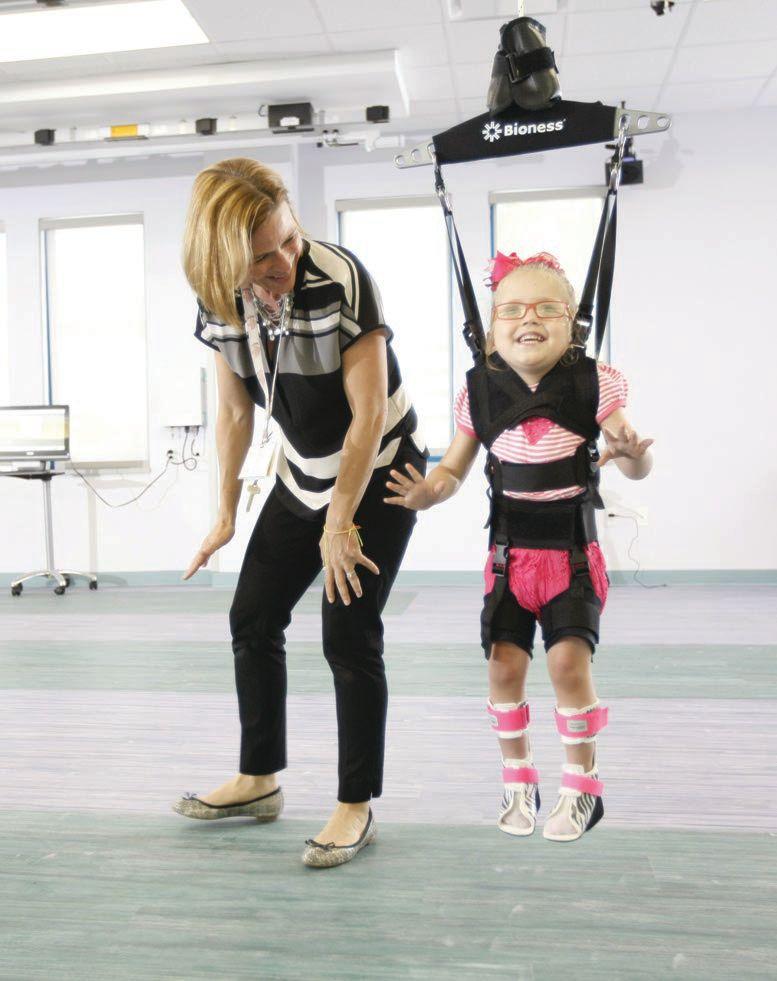
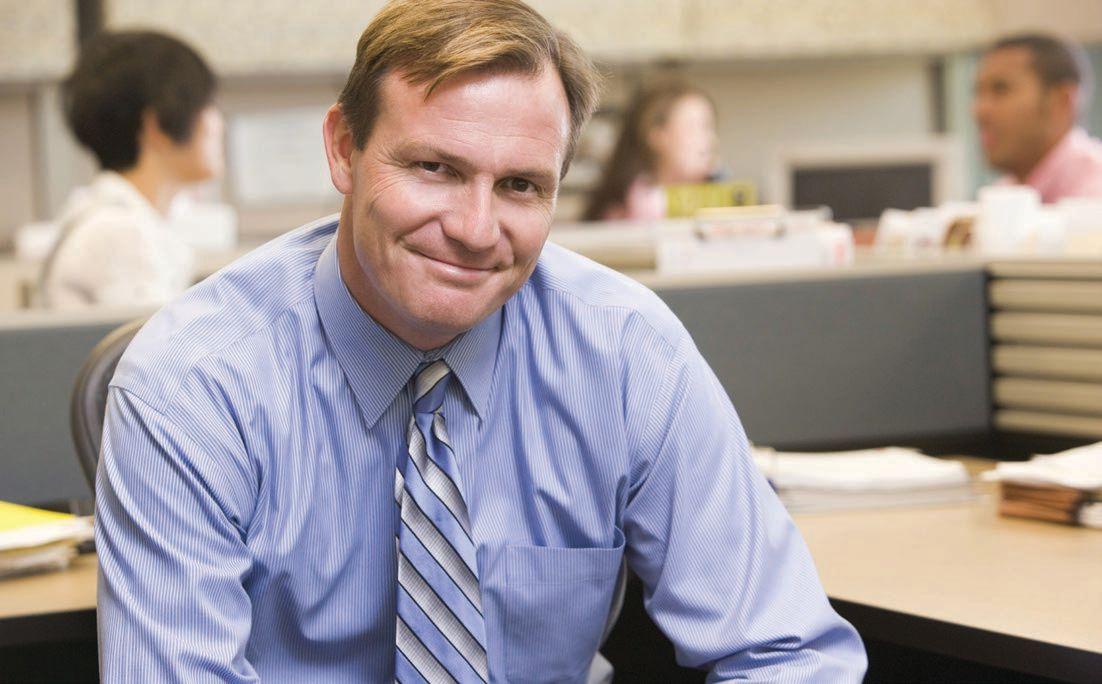

Cary
By Scott NiShimura
Cary Moon, Fort Worth’s newly elected entrepreneur city councilman, is a proud bean counter. The HP 12c financial calculator is his favorite cell phone app, he says. And he’s not ordering pizza with it.
Moon, 45, insists his first deal was the home he bought for himself after he read Rich Dad Poor Dad while in college at Texas A&M, but he concedes his childhood buddy and longtime business partner Blaise Walker has a different idea on that one. Walker says Moon’s first deal came earlier, when the two were tenors in the 18-member show choir at Burleson High School and trying to fund an $1,100-per-student, year-end trip that included Walt Disney World, Sea World, and a Bahaman cruise.
“We had no money,” says Walker, who drove a ’76 Mustang and Moon a ’76 Camaro with a T top, cars whose consistent breakdowns helped seal the friendship. “You always needed a good friend to help push you home,” Moon says. “And both of us knew we’d be paying the favor back.”
So Moon, who played the confident gambler Sky Masterson in Burleson High’s production of “Guys and Dolls” and the outsider Tommy in the “Music Man,” came up with a Valentine’s fundraiser idea: Charge $5 to sing a song to somebody at school, a service he dubbed “Vale-Grams.” For three days, “all we did was
sing songs,” says Walker, known to jokingly measure all his investments with Moon against Vale-Grams’ high returns and margins. “We raised $100 a person for each of us.”
That helped put the group over the top. Moon’s subsequent business deals have been slightly more ambitious. Elected to the Fort Worth City Council in May to represent the district that runs from Woodhaven up Interstate 35 to the Alliance Corridor, where he lives in the giant Heritage neighborhood, Moon’s an unusual character on the council for his substantial business-building background.
A former banking executive, he now does commercial real estate deals with his network of as many as 55 partners, many of whom he’s done numerous projects with. Moon is cofounder, minority owner, and CFO of Castle Development Group, a two-year-old Keller commercial real estate firm that reports it’s developed $64 million in projects and expects to start $60 million worth next year. Moon also co-founded Jackrabbit Capital with his three Castle partners to invest 401(k) money in Castle deals. Jackrabbit is now up to $3 million in capital and will close at $5 million; Moon expects the fund will be able to lever that quickly into $30-$40 million in real estate assets.
Perhaps more visibly, Moon and partners have been building a stable of restaurant, bar and entertainment venues, with Moon as larg-
est owner. A Moon-led partnership purchased the Arlington Music Hall this spring and has been working to boost the number of concerts, bringing in Kansas, Brenda Lee, Tanya Tucker, the Oak Ridge Boys, Ronnie Millsap, and Don Williams. The partnership, which bought the adjacent Babe’s Chicken Dinner House building in the deal and became its landlord, also plans next year to build a tavern in the same complex.
Moon has also been at work revitalizing a big piece of downtown Keller since 2010, buying seven properties and investing $6 million so far, with development underway on another $4 million office and restaurant building on two of the lots. A Moon partnership built and opened the Texas Bleu steakhouse in downtown Keller this summer, next to the Keller Tavern, owned by one of his groups. Moon plans to open another new restaurant downtown next year called Luna Loco, or crazy moon. Moon and his partners also own the Trinity Tavern off of Texas 360 in Fort Worth and the Dalton’s Corner restaurant in Burleson.
Moon still owns a portfolio of 14 rental houses that includes his first home, which he purchased in 1995 to live in, and a tax service he founded called TaxTicket, which has 150 clients. Moon is 50 percent owner with partner Richard Beaver.
“People think I’m aggressive,” Moon says.
“But I’m very conservative.”
Moon likes to say he has a few rules that guide his investments: Take debt on the real estate, but never on the business on top of it; go for easy-to-understand businesses, pursue high return on investment and focus first on the price. His ROI targets: 18 percent annually on real estate, and 9-14 percent on the associated business.
“That’s hard to get to,” Moon saysof the latter. “That’s why I always like to own real estate. You own the real estate; you combine those two ROIs; it’s a pretty good deal.”
Take a 15-year note on the real estate and 1.25 debt coverage - net operating income as a multiple of debt due within a year - “and you’re going to get an 18 percent ROI or more,” says Moon, who remembers once calculating the ROI on a 2 percent certificate of deposit and being “disappointed.”
Moon’s passion for numbers played a big role in his successful campaign for City Council this spring and now on the council. In the end, Moon, who was president of the 9,000-resident Heritage Homeowner Association, polled heavily from far North Fort Worth, which previously had voted little in municipal elections, winning the election with 60 percent of the vote. He drew from incumbent Danny Scarth’s Woodhaven base, but needed virtually no support from it to win. With people in far North Fort Worth having clamored for their own representative on the council, “I knew the numbers were going to be there,” Moon says.
Now on the council, Moon’s bringing his business background to bear. As new chairman of the Woodhaven tax increment finance district, Moon’s held the board’s first two meetings in five years, with directors deploying $117,000 this fall for street lights, signs, and other aesthetic improvements in the struggling neighborhood. Moon also is chairman of the Alliance tax increment finance district, and that board is deploying $8 million over the next several years.
“My philosophy is deploy capital up front,” said Moon, who’s working on building support in the Woodhaven portion of the district, from which Scarth won re-election several times. “Then we will make that money up over a
short period of time.”
As a banker, “for decades, I sat on the business side of that government desk and brought development to underserved areas,” he says. “We have to have a bag of tricks to encourage development, and then we have to market that bag of tricks.”
One no-cost program he’s working on helping to implement next year at the Woodhaven Country Club: a swim team that will compete against other teams. “It’s a tremendous opportunity for kids” on the east side of Fort Worth, underserved by pools, Moon said. “It’ll be a tremendous asset for the community.”
Former City Council member Becky Haskin, who broke ranks with many of her Woodhaven neighbors and supported Moon during the election, gave Moon a wish list that included nonstop conversations with residents, dealing with nagging code compliance issues, and promoting economic development.
“Leverage incentives to find capital and the right buyers,” Haskin, who is preparing to move to the Keller area to be closer to her grandchildren, said of what she expects from Moon. “He does that all the time.”
Moon grew up in Burleson; his father was an engineer and mom a church secretary. When it came time for Moon to go college, he chose Texas A&M, even though his dad was a Texas Longhorn and declined to pay for Moon’s A&M education. “It took me 17 years to pay off my student loans,” Moon says.
“I’m glad he did make me pay my own way,” Moon jokes. “This now-family standard makes for an easy conversation with my daughters now when they say they want to go to TCU.”
At A&M, Moon majored in sociology, minored in accounting, and served in the Aggie Corps of Cadets. “I saw Top Gun when I was 17,” he says. While in school, a friend urged him to read Robert Kiyosaki’s Rich Dad Poor Dad - the bible of many entrepreneurs for its eschewing of traditional educational and career paths as traps and urging of risk-taking – and The Richest Man in Babylon, a book that gives financial advice through stories set in ancient Babylon.
Moon started his post-college career as a management trainee for Enterprise Rent-ACar, learning what he says were invaluable
basics of running a business. “You ran your branch; you have responsibility for customer service and your sales. You could see your P&L. Those are things I still do every day,” Moon says.
He’d also resolved to start buying real estate, one home per year and using the cash flow to finance the next deals, a Rich Dad strategy. His first deal in 1995: his own home. “I just knew I needed roommates to help me pay for it,” he says.
For his second rent house deal, Moon paid $65 to advertise a three-bedroom, two-bath, two-car-garage home in Arlington, even though he didn’t have one. “I just wanted to see what the response would be,” he says. “I got 50 phone calls. I went out and bought a house. That’s how I started doing more.”
Moon bought new from Fox & Jacobs. Elsewhere, he bought two homes where he paid a nominal fee and took on the loan payments. He bought from people he knew who were in financial trouble; he bought one per year through 2004. “Your opportunities are there in front of you,” he says of another Rich Dad point. “You don’t have to search for them.”
In 1998, he earned his securities license and moved to NationsBank as a branch manager from Enterprise. Moon spent 13 years in banking, going into community banking in 2006 and working at two community banks before becoming CEO of American Bank in 2008 and 2009. “At NationsBank and Bank One, I was just real aggressive in sales,” Moon says. On the side, he started his tax service in 1999. And in 2004, he began applying his one-projectper-year strategy to commercial real estate. He built four buildings for Enterprise (“that’s how I got into commercial real estate”), owning the real estate and serving as landlord.
In 2008, Moon created Moon Financial Corp., the managing partner in all of his limited liability companies. In 2010, he and partners opened the Trinity Tavern, the first of the restaurants and venues Moon has majority interests in today.
Moon already owned a Quizno’s, and he’d gone into a Double Dave’s pizza restaurant with Walker, but they sold the franchises when Trinity Tavern’s early sales came in strong, Moon says. The bar-and-restaurant business’

profit margins are higher – franchises’ 6-9 percent fee, plus marketing expenses were big challenges - and they decided they needed to the own the real estate.
The franchise experience could have been unproductive, “but we applied standards on owning our own real estate when possible and invested profits in other real estate projects,” said Moon, who, with partners, still owns the Quizno’s and Double Dave’s real estate today.
In 2010, Moon and his partners started buying property in downtown Keller, “when nobody else was buying,” Moon says. Besides the Keller Tavern and Texas Bleu sites, their purchases include the three-building Main Street Depot, putting in offices and a private event room for rent, and another commercial building, which they rehabbed and leased to the Feedstore BBQ of Southlake. Moon owns 30-50 percent of each deal is always the largest owner.
In 2013, Moon co-founded Jackrabbit and Castle. Partners Matt MacLeod and Andrew Miller lead Castle and are majority owners, and Moon and a fourth partner, Shane Foss, are minority owners. All four own Jackrabbit. Moon estimates he has interests in more than 30 partnerships today.
Castle, which specializes in healthcare, does $4 million-$25 million projects, typically retaining some level of ownership and serving as landlord, and often becoming partners with end users such as physicians. Castle’s working projects today include an urgent care center in Haslet, freestanding emergency room in Frisco, three-story medical-office building on Harris Parkway in the Chisholm Trail corridor, and an imaging center and medical-office building in Tulsa.
MacLeod and Miller, who were doing in healthcare development for another company, sought Moon out when they were considering leaving their employer and founding Castle. “We needed some guys with a balance sheet,” MacLeod says. “You’ve got to be bankable.”
As a banking executive, Moon says he learned about how to structure deals. “He knows if you can’t build the building for a certain amount, it’s not going to be successful,” Walker says. And Moon spent a lot of time looking at business plans and learning a
lot about higher-risk deals, where executives set themselves up with high salaries, compromising the business. “Embedded in there is $150,000 worth of W-2 wages for him,” Moon says. By studying business plans, “you learn a lot about the character of people behind them.”
Moon learned a lot about partners and the challenges that arise when partnerships go bad. “I had to schedule back-to-back meetings with partners,” he said. “They couldn’t be in the room at the same time.”
And during the recession, Moon saw a lot. “You had people holding on to their big house that had equity in it that they could sell to pay their debts,” he said.
This led to another of Moon’s investment tenets. “What I’ve always tried to do is create an investment, not a job for me,” he said. “I don’t buy myself a job. I get paid the same way my partners do: through net income. My goals are aligned with yours; let’s go create an investment.”
The Arlington Music Hall deal combined two of Moon’s passions - numbers and music - and illustrate his group’s ability to dissect deals.
Moon and his partners were looking for a location in downtown Arlington for a Trinity Tavern. Neither the Music Hall nor the Babe’s building were for sale, but two lots were, so Moon contacted owner Burk Collins, who renovated the music hall in recent years and brought in Babe’s.
Moon says he didn’t haggle when Collins gave him a price, which Moon doesn’t disclose. “They wanted to have a good steward for their properties,” he said. “I grew up with my dad, picking guitar and singing gospel music, so I’ve been around music my whole life.”
Moon hired Claud Smith, who was his choreographer at Burleson High School, to be the hall’s curator. Smith, a cruise line director in recent years, is working to bump up the number of high-profile concerts, which had been running once a month. Smith will also put together a Christmas show that the hall will own and debut in 2016.
“My goal is to have a concert every Friday night” at the 1,071-seat Music Hall, the former Johnnie High’s Country Music Revue, Moon said.
The new owners also plan to boost the quality of food and beverage served at the deco lounge in the music hall. The lounge also plans to begin taking credit cards at some point.
On one of the vacant lots, the partnership plans the new tavern, which will open next year. It plans to sell the other vacant lot.
Moon says you won’t find him hanging out around the businesses he owns. “I look at the ratios every day,” including labor schedules and cost of goods sold, he said.
Off the clock has changed over the years for Moon and his wife Alisha, who have two children, ages 7 and 9. When he and his friends were younger, they’d go to Aggie games, go duck hunting, and play poker.
They’d go to Shreveport, where Moon would play poker. “Cary’d sit there and he’d look at what was in the pot and calculate the odds of winning,” Walker says. Says Moon: “We played poker before the Travel Channel players came along.” He competed in one World Series of Poker tournament in Las Vegas, finishing 967th.
These days, off the clock means date night on Fridays for Moon, his wife and children; they typically bring in Chinese food and watch “Shark Tank” on TV. And on Sundays, it’s service at First Baptist Church Keller, followed by dinner at Texas Bleu.
Moon’s also still at work on figuring out how many hours he needs to devote to city business. When he took office, his estimate was 20 hours per week. The actual: “A lot more.”
Cary Moon and his partners have revitalized downtown Keller and are still planning more. Please see our story at fwtx.com/fwinc.
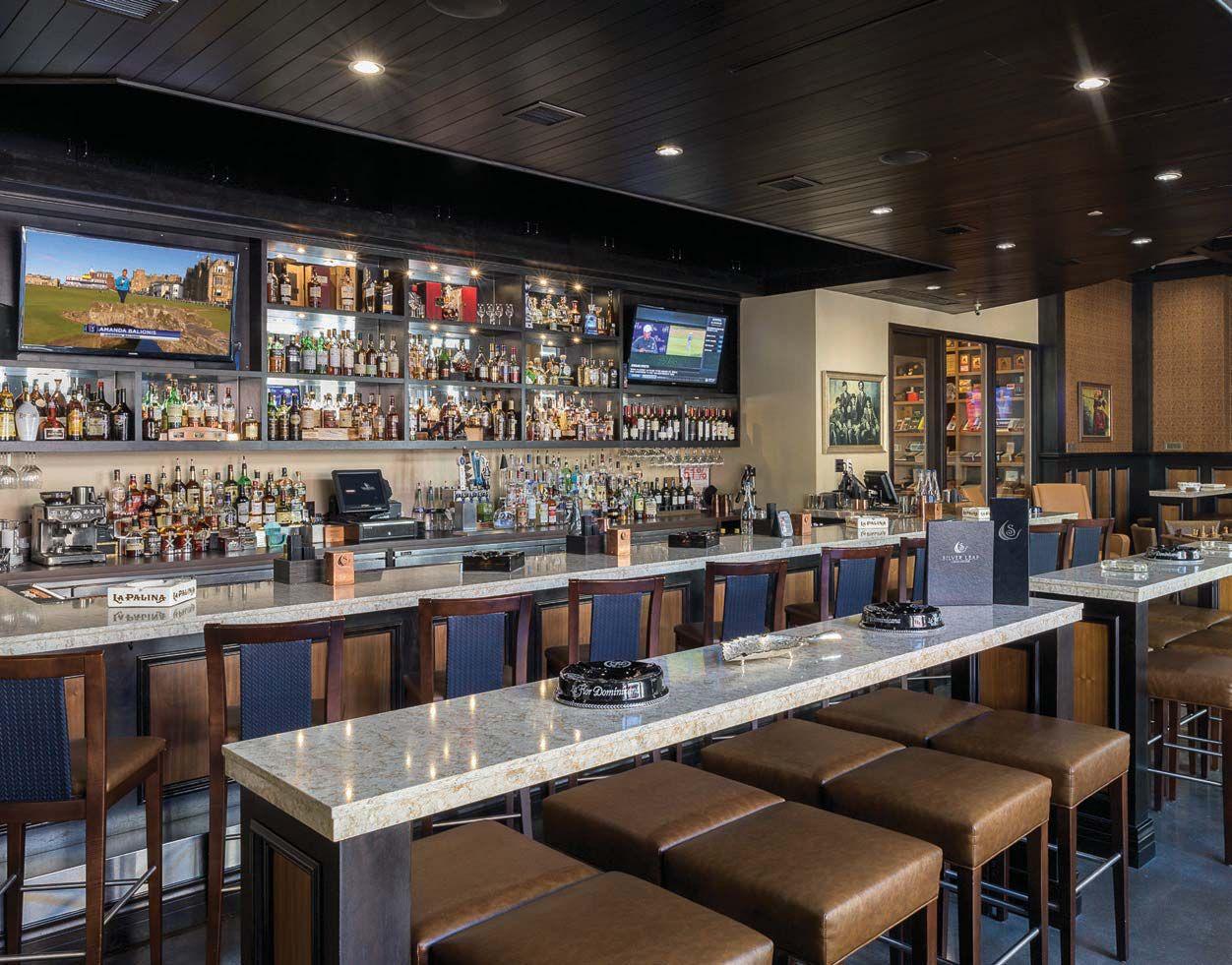



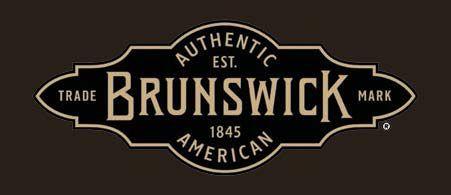



Companies put clamps on healthcare claims, driving down insurance premiums.
By Scott NiShimura
Bank CEO Vernon Bryant wears a Fitbit, walks the stairs at his Fort Worth offices, and lets employees in on his progress. “It’s not unusual for him to say in a meeting, ‘I walked this many steps today,’” Carol Anderson, the bank’s senior vice president and human resources manager, says. So when the bank decided several years ago to aggressively try and contain employee healthcare costs and, by extension, health insurance premium, Bryant was all in. The payoff from various measures, ranging from raising deductibles to offering incentives like gift cards for healthy activities: annual health premium increases ranging between 5 and 7.7 percent in the last seven years, including one year with no increase.
The downside of that: “It’s a curse,” Anderson jokes, because employees expect it.
Is it possible to flatline employee health claims and insurance premium? “There’s a lot of things you can do with plan design,” says Ross Carmichael, an executive with Higginbotham, the Fort Worth benefits consulting firm that’s helped Southwest with its plan. “Where you’re seeing big savings, what you’re doing is avoiding big claims.”
Here’s a look at three Fort Worth companies and what they’ve done to put a lid on claims and contain premium.
Southwest Bank The bank, which has 300 employees and 14 locations today, began making changes to its plan after the bank’s sale in 2007.
Bryant formed a wellness committee the following year and, a fan of smoking cessation, implemented a cessation program even though the bank didn’t have many smokers. In 2008, Karen Burge joined the bank as vice president and senior HR generalist, joined the wellness committee, and began helping implement changes in the health plan. In 2009, the bank began gradually increasing its plan deductible, to the $2,500 today from $750 originally.
In 2011, the bank implemented a patient advocacy program through Compass, a firm that offers one-call research services to plan participants. An employee who needs an MRI, for example, can call or email Compass, which will research choices and costs among providers. Compass agents will also review medical bills and help with prescription medications. “That has worked well for us,” Anderson says.
Incentives are at the heart of the bank’s plan. Employees get $50 off their monthly insurance premium for being non-smokers or completing a cessation program. They receive another $50 monthly off their monthly premium for completing a screening and four of nine activities: survey from insurer United Healthcare; telephone or online coaching; using Compass; participating in a community event; participating in educational events like cooking classes that promote healthy habits; preventative care; receiving a flu shot or mammogram; physical activity such as running a 5K or working out three to four times per week for 30 minutes each time; or participating in one of the bank’s four annual health challenges. Those include “Sugar Busters,” or ways to reduce sugar from diets; “Maintain Don’t Gain” around the holidays and Super Bowl; and a fruits and vegetables challenge. Statistics show consumers gain five pounds on average during the holidays and keep that on through the Super Bowl, Anderson says.
The employee with the highest number of points at the end of each of the challenges wins a gift card, and all employees who participated are entered into drawings for prizes. The company also holds an annual drawing for a $500 gift card open to employees who participated in all four challenges.
There are additional financial incentives. United Healthcare gives $75 gift cards to employees who come to the free on-site screenings. It gives another $25 gift card for completing the survey.
The company’s also reviewed what’s sold in vending machines at its offices, reducing items like chips and putting in nuts and trail mix.
Southwest’s claims ratio over seven years - claims payable as a percent of premium income, or what United Healthcare receivesis 76 percent on average, 93 percent the highest, and 62 percent the lowest, Anderson says.
The bank annually considers whether to go self-funded, a conversation Higginbotham likes to start at 250 employees, with a minimum 600-700 making sense.
“It hasn’t made sense yet,” Anderson said. “We look at it every year.”
David’s Supermarkets Former David’s executive Chuck McGowen still remembers the first meeting he had with two consultants from Gus Bates Insurance over his company’s health plan. “I was belligerent,” McGowen says. ”I apologized” later.
McGowen was facing a 20-30 percent premium increase, or about $200,000-$300,000. David’s had an unhealthy, older employee group with inconsistent preventative care, high drug spending, and large hospital claims, he says. The company wasn’t communicating effectively with employees on their health plan. And to make matters even worse, David’s was working with a third-party administrator it accused of stealing money from the plan.
“I’ve got the biggest problem in the world on my hands right now,” McGowen remembers confiding to a friend, who then put him into contact with Bates. Morris and managing director Justin Phipps showed up in khakis and boots for the Friday afternoon meeting at the company’s Grandview offices in 2008.
“Our employees believe there was this magical thing called insurance, which paid for everything,” McGowen says.
The company implemented numerous measures to clamp down on claims. The result: Containment of total plan costs to a maximum 10 percent over the initial base, in any given year. Employees were paying $38 per week in premium when David’s was sold last year, up from $30 seven years earlier, McGowen said. “We did this
at a time when the Affordable Care Act drove the costs up,” McGowen says.
David’s, which had about 200 employees who were covered by the insurance, took between two and three years to implement solutions designed to steer employees to better decisions in drug purchases, places of care and treatment choices.
The company changed the drug co-pay to encourage use of generics, moving generic usage to 80 percent from 30-40 percent, which Morris says is normal.
Like Southwest Bank, the company also hired a one-call concierge service that shopped costs for services like MRIs.
It implemented a deductible discount for use of surgical center networks that package physicians and facilities. And to further combat large hospital claims, David’s moved its plan to costplus pricing, putting limits on various covered expenses. Such plans often base their permissible payments on what Medicare pays.
To communicate the changes, McGowen went on a road show to David’s 26 locations, pulling employees in, in groups of four to eight at a time.
“We were saying in order for this to work, you’re going to have to pay more,” says McGowen, who has since retired from David’s. “It made them better consumers of the product. The majority of people who had (the insurance) didn’t know what was in our policy.”
McGowen acknowledges his biggest fear was upsetting employees. That’s why many employers satisfy themselves with big increases in health premium instead of attacking the problem, Phipps says. “They’re driving the costs up so much by not making these changes that eventually the companies can’t afford to make the changes,” he says.
Many employers are aggressively attacking employee healthcare costs, rather than continue to accept rising insurance costs. Some ways:
• Raising deductibles.
• Consumer Driven Health Plans featuring high deductibles with health savings accounts that allow employees to put aside money pre-tax for healthcare expenses.
• Pairing such plans with pricing transparency and telemedicine service. Compass is one transparency tool. A consumer who needs an MRI, for example, can call Compass, and it will generate a list of nearby providers and their prices. Telemedicine allows more conversations by phone, cutting costs.
• Wellness plans and health risk management. Offering employees incentives such as discounts on health premium and gift cards for undergoing screenings, quitting smoking, and participating in wellness challenges.
• Paying for fitness memberships.
• Self-funding plans once an employer reaches a certain size.
McGowen sold employees on getting regular physicals and establishing primary care relationships instead of using emergency rooms for every problem. “That was a big cost factor,” McGowen says. “We see that in every group,” Morris says. “People don’t get their physicals.”
After completing the changes, McGowen continued to do the road shows every year. He also sent out quarterly newsletters updating employees on progress in the health plan and engaged store managers in the effort to communicate the changes.
“We were able to build loyalty,” McGowen says.
Virtuoso Virtuoso, a Fort Worth-based leading luxury travel network that creates itineraries for travelers, was facing a “hefty renewal” for its health plan in 2010 when it went on the offensive.
“Our broker was not providing any tools,” Marie Zervantian, human resources director of the company, which has 240 employees, 220 covered by the insurance, says. “We went shopping for a new broker.”
Working with Higginbotham, its new broker, Virtuoso brought costs down by raising the plan deductible and setting aside pre-tax dollars to fund the plan, what’s known as a Health Reimbursement Arrangement allowed under federal law.
“That was a significant savings for us,” Zervantian says. The company raised it to $3,000 from $1,500, but it’s kept the employee share the same, at $1,500, using premium savings it won by raising the deductible, Zervantian says.
“We wanted to be able to attract and retain talent,” she said.
The company, like Southwest and David’s, also hired the Compass concierge service to research costs and provide referrals to employees. “These are expensive things,” Zervantian said. By containing costs, the company has averaged 1.8 percent average annual increases in health premium over the last five years, she said. In that time, the company has saved a total $500,000 in premium that’s it’s used to fund the Health Reimbursement Arrangement.
The company also continues to pay 100 percent of the premium, Zervantian said. “We feel it’s important,” she said.
The company, which as 80 employees at its Fort Worth headquarters, and other offices in Seattle and New York, had been seeing consistent hikes in its plan costs. “Everybody was seeing rate hikes,” Zervantian said. “We would be puzzled, quite frankly, as to why increases were happening.”
Under the changes, “our employees have become very savvy consumers,” Zervantian said. The concierge service, for one, is a big saver. “It’d be very difficult for employees to call around to different providers,” she said.
The company provides wellness exams and biometric assessments. And it provides gift cards as incentives for participation in various wellness challenges. One prize: trips to Canyon Ranch, an Arizona spa that’s one of 1,100 properties in the Virtuoso network.
The company also reimburses employees for the costs for fitness club memberships, yoga, and even soccer league fees. “Something that gets you up and going,” Zervantian said.
Companies are taking advantage of wellness programs to keep employees healthy. Page 46, Health & Fitness.
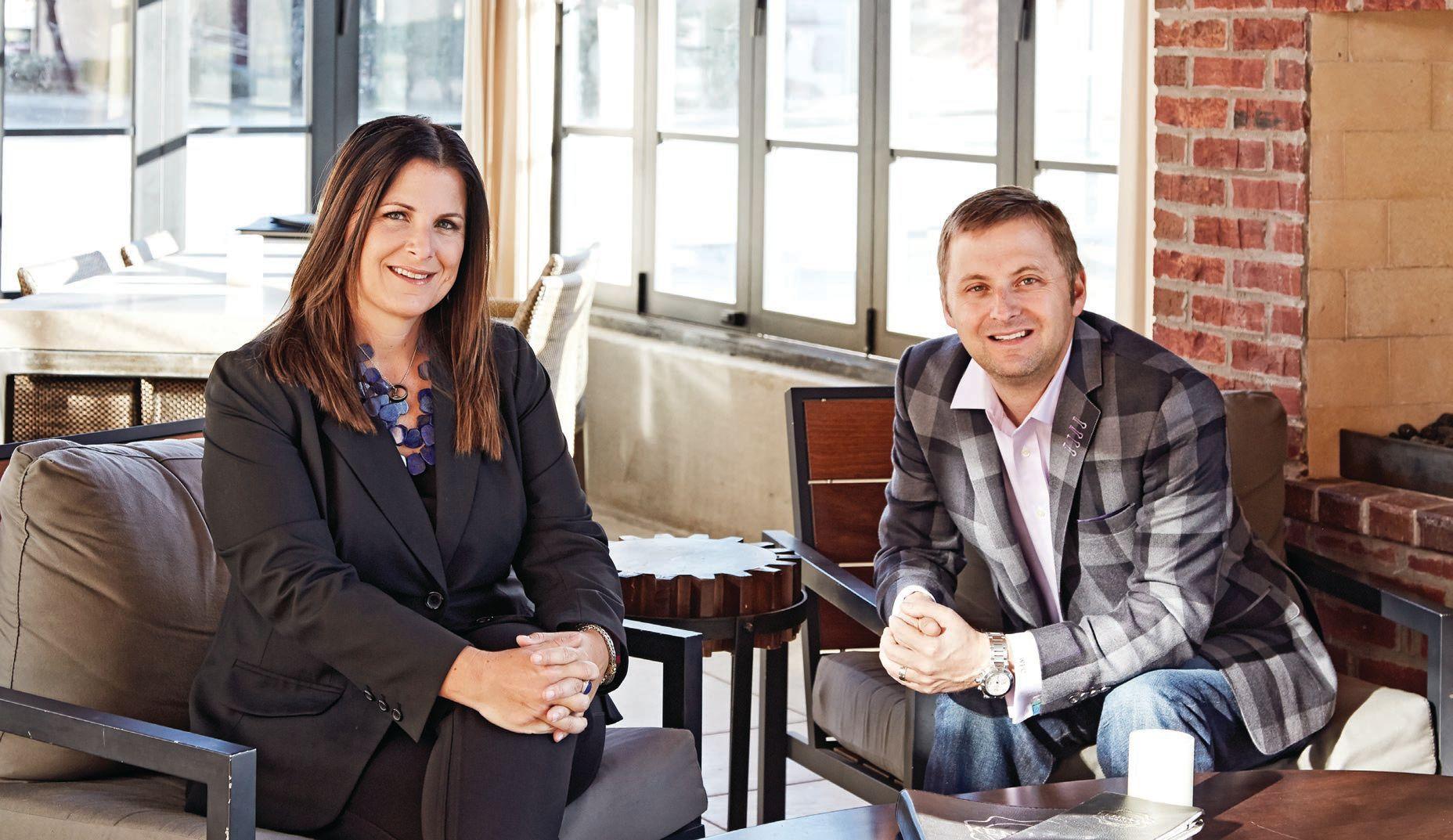
Will Churchill and Corrie Watson park the profits from the sale of their Frank Kent Honda dealership and downtown tract on West Magnolia, Hemphill and South Main.
By Scott NIShImura
Independent retailers and restaurants around Fort Worth routinely lament they can’t get onto the Near Southside’s popular West Magnolia Avenue, where rents run high and there’s little available space.
The logjam’s broken a bit, with Fort Worth auto dealers and entrepreneurs Will Churchill and Corrie Watson - the twin grandchildren of the legendary Cadillac dealer Frank Kent - buying several buildings on the Near Southside for cash this year, using profit from the sale of their Honda dealership and another piece of real estate downtown. The portfolio includes several buildings in a line on West Magnolia, and Churchill and Watson are remaking that section of the street, bringing in high-profile tenants such as Heim’s Barbecue and Gus’s World Famous Fried Chicken. Those two join the popular Churchill-Watson-owned Kent & Co. Wines and a new event venue called The Space to open in November.
Churchill and Watson are levering the combined parking of the build-
ings to help address concerns the adjacent Fairmount neighborhood has increasingly raised in recent years about traffic and side street-parking generated by Magnolia businesses. They’re also using the no-debt position on their properties to offer attractive opportunities to potential tenants.
One big beneficiary already: the fledgling barbecue purveyors Travis and Emma Heim, who will move March 3 into their first brick-and-mortar location at 1109 W. Magnolia from a food truck and have taken on Churchill and Watson as minority partners.
“We closed this deal before I ever tasted the barbecue,” joked Churchill, who was put onto the Heims by his vegetarian wife, Rachael, who met the Heims when she was putting together an “I Do Barbecue” wedding shower for a friend. Rachael Churchill has yet to taste the barbecue.
“Well, no, she’s a vegetarian,” Will Churchill says.
Churchill and Watson entered the Near Southside in June last year when they opened Kent & Co. Wines at 1101 W. Magnolia.
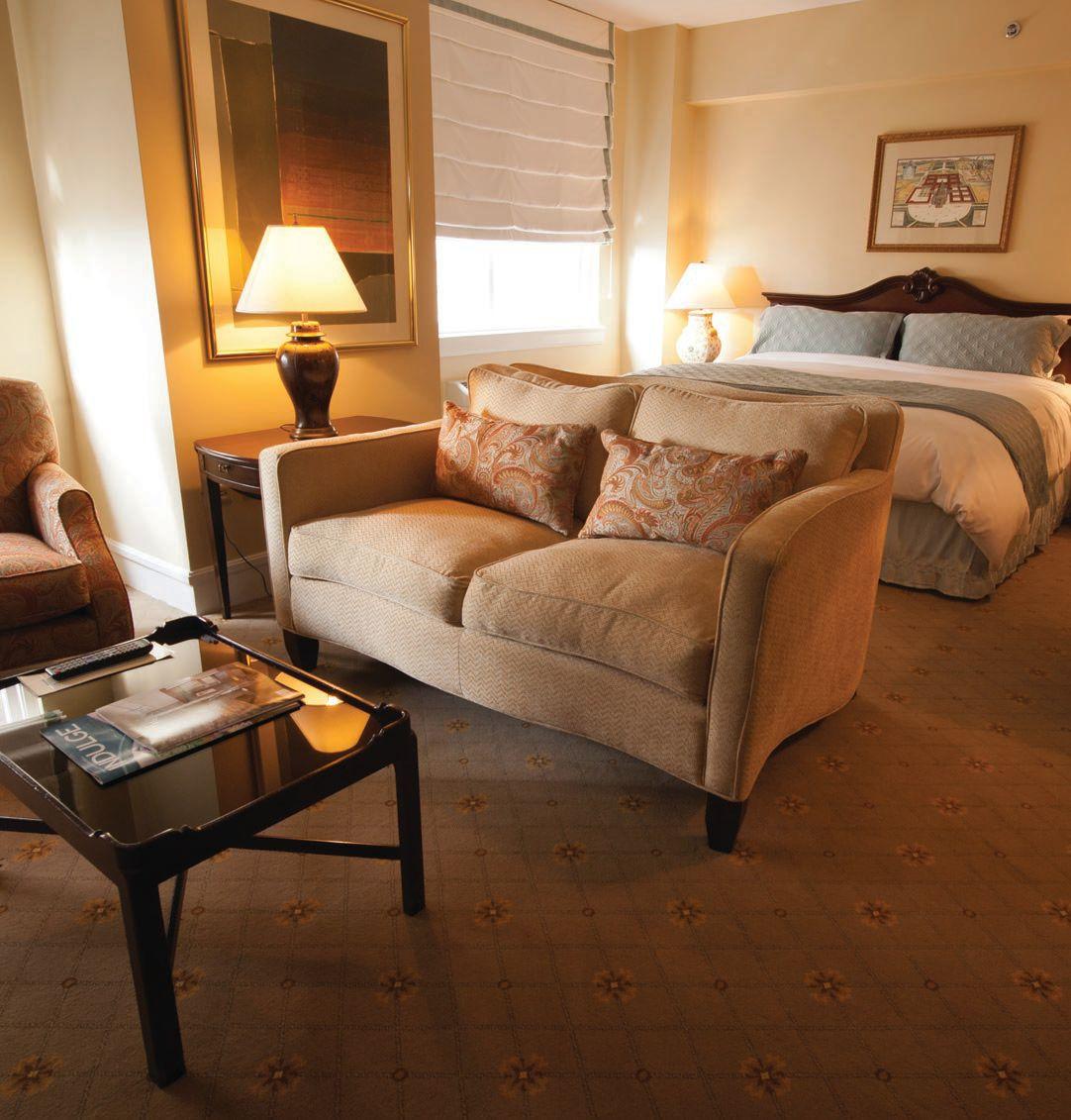
Catering to Fort Worth Club members, tenants, outside corporate groups, wedding parties, or individuals simply looking for convenient overnight accommodations in beautiful downtown Fort Worth, the Inn at the Club serves as a “home away from home” for guests from around the world.
Guests receive complimentary breakfast in the Grille with each overnight stay, Monday through Saturday, and a continental breakfast on Sunday.


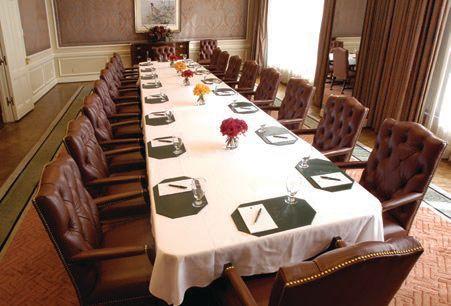

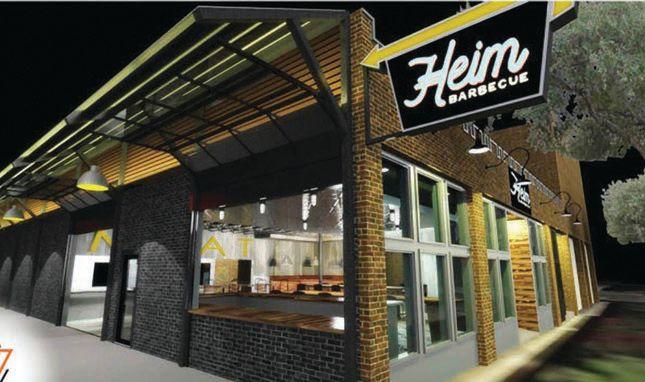
Barbecue purveyors Travis, Emma Heim Opening a Restaurant
Travis and Emma HEim HavE comE somE disTancE sincE FEbruary, when they launched their Heim barbecue business in a food truck on the parking lot of a bar at 201 E. Hattie st. on Fort Worth’s near southside.
The Heims, 20-somethings, will open a restaurant on march 3 at 1109 W. magnolia, one of the buildings auto dealers and entrepreneurs Will churchill and corrie Watson recently purchased. churchill and Watson have taken a minority interest in the restaurant.
“it’s like winning the lottery,” Travis Heim said.
The Heims have received multiple offers from potential partners to open brick-and-mortar restaurants, but all would have required they give up big equity, Travis Heim said.
The churchill-Watson stake is a “vast minority share,” according to churchill.
“We turned down a lot of stuff because it felt like somebody swooping in on what we had going on,” Heim said.
The Heims will run
In the last six months, Churchill and Watson have added:
The Quorum Architects building, 707 W. Vickery Blvd. at the entry to the future Hemphill Connector tunnel that will link Hemphill Street to Taylor Street downtown at West Lancaster Avenue. Churchill and Watson paid about $200 per square foot for the property, according to Quorum.
the restaurant, and churchill and Watson will use their existing office capabilities to provide accounting, purchasing, and other support, and lever their advertising and public relations relationship with Fort Worth’s Hutson creative. The restaurant is hiring a seasoned general manager.
“We don’t want Travis caught up in the nuts and bolts of food costs,” churchill said. “Travis needs to make sure the product is great, and he’s the face of everything.”
The restaurant will open with a limited Friday and saturday lunch and dinner service, and gradually move to a full sevenday-a-week lunch and dinner schedule by July 1. it also will serve brisket, pulled pork and sausage kolaches seven days a week, they said.
The restaurant, which has one employee, will look to hire 30-40 people, including pitmasters, kitchen staff, bartenders and bar managers. The Heims are also looking for someone who can take over the food truck from them.
The historic Anderson Furniture building, at the southeast corner of South Main and Pennsylvania Avenue in the heart of the city’s South Main Urban Village. Churchill and Watson plan to take the existing building and add to it. “That’s going to be a full-blown development plan,” Churchill said. “Retail, office, live-work is the rough development plan.” It’s too soon to tell how large the project will be at this point, he said.
215 S. Main St., the former Wendy Davis campaign headquarters; 12,000 square feet over three floors. Churchill and Watson have taken the first floor for their new business offices, and office tenants have the second and third floors.
Cartan’s Building, 1201 W. Magnolia. Churchill and Watson will add 3,800 square feet to the existing 9,600 square feet, increasing the first floor by more than 2,300 square feet and second floor by more than 1,400 square feet. Cartan’s and a 921-square-foot tenant - which hasn’t yet identified itself - will expand on the first floor. The second floor will include three office suites, one already rented, Churchill said. The others, 1,600 and 1,200 square feet, are available. Churchill and Watson also will add a 900-square-foot patio on the second floor for tenants’ use.
1309 S. Adams St., The Space venue.
1065 W. Magnolia. Churchill and Watson have entered a partnership with another owner. Gus’s, a Memphis, Tenn., institution, will open in a 3,720-square-foot restaurant in the 6,600-squarefoot building in the spring. The building has other office tenants.
1109 W. Magnolia. Heim’s is taking 2,800 square feet in the 8,388-square-foot building. Churchill and Watson will open an 800-square-foot retail space that will sell YETI coolers, Big Green Egg cookers, and Maui Jim sunglasses. An office tenant is in the building. “We will most likely move them to another of our buildings, and we will be looking at a tenant at Henderson and Magnolia,” Churchill said. “I’d like a cool apparel tenant. We’ll see what comes.” Upstairs in the building, Churchill and Watson have built two 900-square-foot, two-bedroom residential lofts that are available for $2,000 monthly rent.
Churchill and Watson were looking to quickly park the profits from the sale of the Honda dealership, which Watson had been running, after her husband died suddenly. They also sold a tract at the southeast corner of West Lancaster and South Main Street. The sales set up a so-called 1031 tax exchange under which Churchill and Watson re-invested the profits and deferred capital gains.
“We’re not actively pursuing anymore,” Churchill said. “We have a big investment, and we have to build out.”
Churchill and Watson have maximum flexibility to recruit strong opportunities because they have no debt on the properties, Churchill said.
“We weren’t buying these through the eyes of a traditional investor,” Churchill said. “Our plan is to finish these projects and do what’s right for them and our families and then pass them on.”
“Corrie and I have been blessed,” he added. “We’ve had opportunities growing up; it’s just our giveback to the community that’s supported us forever.”
The two are building a stable of auto and non-auto businesses. Churchill will run the auto businesses, including Frank Kent Cadillac and Frank Kent Hyundai, “and we are looking to grow,” he said. Watson will run the non-automotive businesses.
Churchill and Watson contributed to trying to help solve the parking problems off of West Magnolia in talks with the neighborhood and Fort Worth South, offering 100 percent valet parking for events at The Space and adding parking through their acquisitions. Fort Worth South painted no-parking zones on intersection curbs, added pylons at certain Magnolia street crossings pointing drivers’ attention to pedestrians, and is promoting the Alston Street garage north of Magnolia.
“We have over 150 parking spaces either leased or owned, all behind us or across the street” on Magnolia, Churchill says. “We’re very cognizant of who we’re putting in there; we’re trying to balance the tenant mix between daytime users and nighttime users with maximizing the parking.”
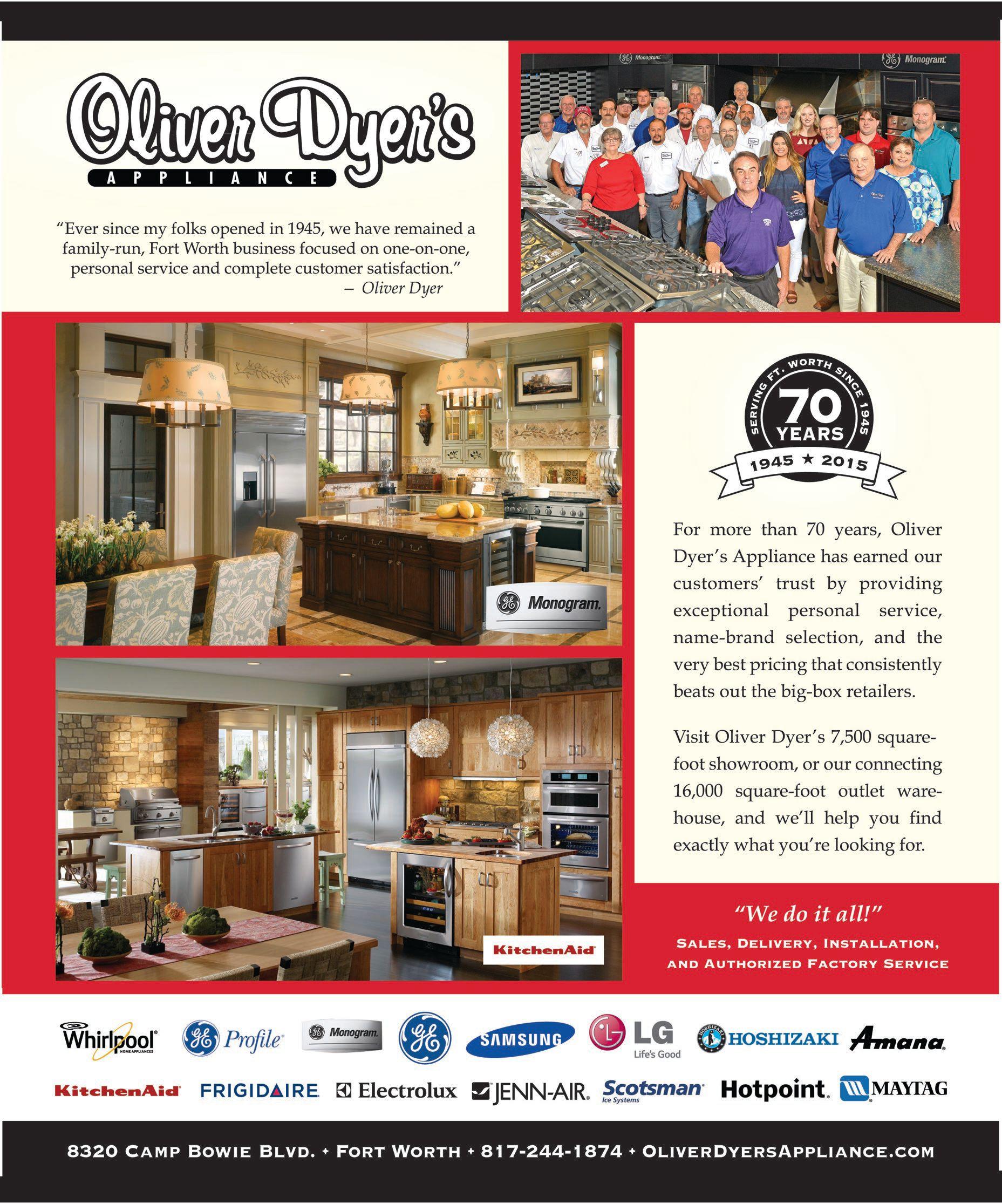
Founder and CEO of ProLab, a medical lab specializing in geriatric testing, looks to diversify and expand.
By ScOtt NiShimura
hillary Strasner originally wanted to go into dance, going as far as attending Texas Tech University on a dance scholarship. But she ended up switching to a business major - quickly.
“I loved dancing and was blessed to attend Arts Magnet High School in Dallas for it,” she says. “I graduated with scholarship offers from multiple colleges, and I was confident I would be doing what I love for the rest of my life,” Strasner, who grew up in Allen, said. But after starting college, “I knew dance was not going to be my long term profession; I needed a career to support myself and possibly a family down the road.”
After graduating, Strasner went to work for a major consulting company in human resources. After a few years, she phoned her former boss at the medical lab that she worked for in college and asked him if he’d consider going into business with her in the DFW area. She resigned her HR job, and the two wrote up a basic business plan and agreement on a restaurant napkin. And in 1999, they founded ProLab in Fort Worth.
Today, ProLab, a specialist in geriatric testing, does about $20 million in annual sales, working with 500 nursing facilities in five states, employing about 300, and promising quick, reliable turnarounds. Within the first year of business, Strasner, 41, added partner Holly Shields shortly before her original partner died unexpectedly. Sales peaked at $28 million and declined with the instability of Medicare, the company’s primary source of revenue. Today, the two are diversifying, growing and expanding into new markets.
Company culture It’s a balance between being caring for our patients and each other, while being rigorous and accurate in our labs.
Lessons learned
Always expect the unexpected. In our attempt to expand into Mississippi, our goal was to have 30 clients in a year. We open the Mississippi location and within the first few months had 30 clients, and 60 prior to year’s end. We completely outstripped the budget and savings we had. As a self-funded company, we were not prepared and didn’t have the financial backing needed for such a fast-paced growth. It’s
a great problem to have, but during the time, we were scrambling to make ends meet. We stuck through it, but it was very difficult to recover and get back on our feet after depleting all our financial resources.
Taking a line of credit after Mississippi Our next state, Alabama, we said, this time, we’re going to get a large line of credit to fund the growth. We’re growing; we’re starting to drain the line of credit. It was too easy to take our hand off the pulse and focus on the growth number versus profit. As an entrepreneur, it’s exciting and
energizing to watch the revenue increase and hit all-time high numbers. All that said, we ended up blowing through the line of credit really fast and experienced the consequences of what it was like to owe a bank large sums of money with no profits. With future expansions, we went back to self-funding focusing primarily on profit versus just the increased revenue number.
Diversifying the business We’re going to be diversifying and expanding into new testing markets, opening doors to new possibilities and opportunities.
Strengths Our business model is focused on fast-turnaround, same-day results for all patients. This separates us from the large national labs. One personal strength is my love to problem-solve.
Weaknesses The people side of it. I love, love, love our employees. I want our employees to be successful in their jobs and give everyone a chance to win. All that said, our patience and the overall business must come first, resulting in difficult decisions at times.
Downtime I have three very energetic and active
kids 14, 12 and 10. I try to be as organized, efficient and rigorous as possible to be all I can be as a mom, wife and business owner. I schedule one hour a day, at the same time every day, for “me” time. During this time I find exercising gives me the energy to take on my fast-paced, nonstop and at times high-stress life.
Off the clock The only time I’m am truly off the clock from work and family commitments is when I’m on vacation. Our best vacations are at the beach where I find it so easy to let go, truly relax and just enjoy the moment.
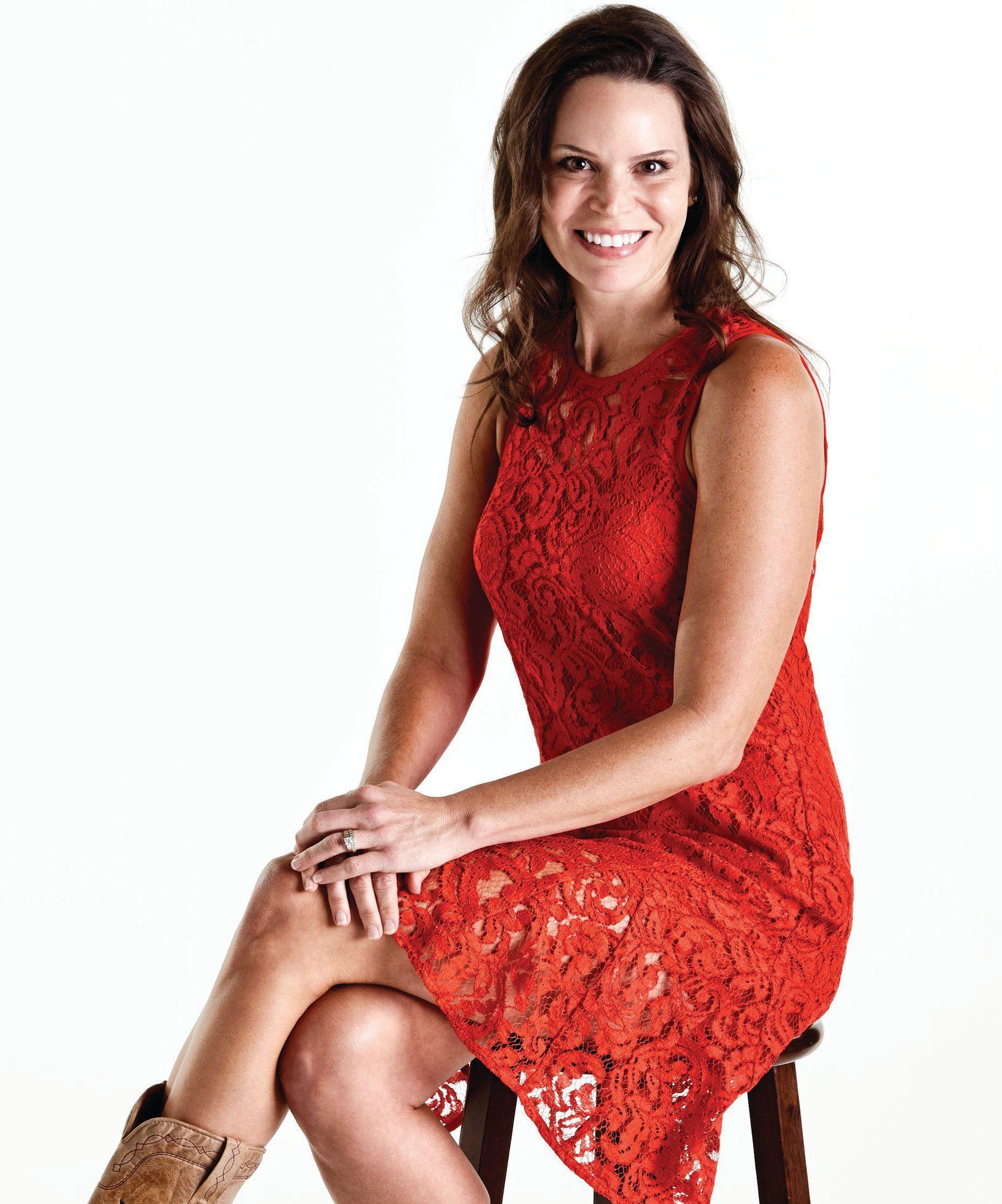
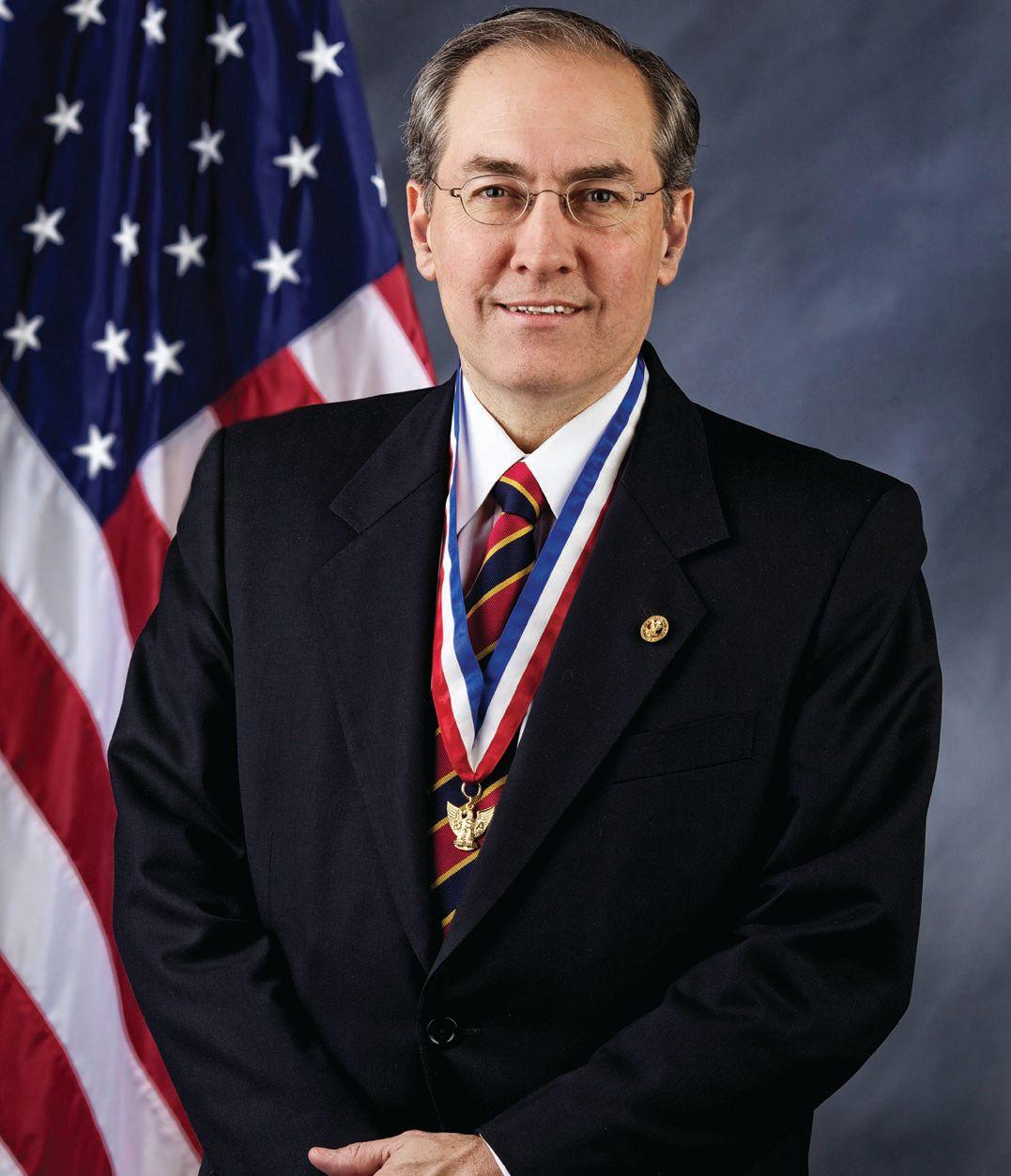
Entrepreneur Glenn Adams goes from burning camp breakfast to making millions in oil and gas.
By Jason Forrest Forrest Performance group
He’s a serial entrepreneur, a maverick in the oil and gas industry, and one of seven Eagle Scouts among his brothers and sons. Spend five minutes with Glenn Adams and his conviction that
Scouting teaches invaluable skills and values for life and business will become yours, too.
When young Scouts burn their first breakfasts over an open flame or watch their just-pitched tents collapse in the
rain, they learn problem solving, he says. And as they play with knives, build fires, and camp out with their buddies, they learn leadership, team-building, entrepreneurism, values, and ethics (the five pillars of Boy Scouts). While all they think they’re doing is having fun, Scouts are being equipped for the challenges they’ll face in business and life ahead. Adams’ own track record backs up his claim.
Adams graduated from college with a few very specific and very ambitious goals: become an officer at a public company by the age of 30, run a public company, and go independent. He’s achieved each one. He’s also an enormously successful serial entrepreneur with expertise in the oil and gas industry. As he’s checked off these and other accomplishments from his life list, Adams has gained a unique perspective on the valuable life lessons he learned from Scouts—and how broadly applicable they are in building a winning business career and company culture.
The unique hook the Boy Scouts offer, Adams says, is offering fun with a purpose.
“You can’t go to a second grader and say, ‘We want to teach you about values, ethics, and leadership,’” he says. “They’ll turn around and run the other way, because they want to play and have fun. If instead you say, ‘We’ll let you play with sharp knives and fire,’ you’ve really struck a chord with almost all young boys. We embed in an exciting program our values, ethics, and leadership. They aren’t beaten over the head with it. It just becomes a part of who they are.”
Consider the potential of a workforce stimulated to perform on the job because everything about their work lines up with who they are.
One of the most important values Scouts learn is how to get back up after failing (as in, “Never, never, never give up.”). This should resonate with every entrepreneur, businessperson, and human being who’s had any measure of success. After all, as Robert Kennedy said, “Only






















100% European Natural Latex
Since 1896 we’ve been manufacturing premium quality bedding here right in Fort Worth, Texas. Don’t buy their label. Compare and save with us.
Mattresses, bunk beds, iron beds and more. We want you to have a good night’s sleep on us!
those who dare to fail greatly can ever achieve greatly.”
On their very first campouts, young scouts have opportunities to learn and exercise this value. First-time chefs try their hand at cooking breakfast over an open fire and end up burning everything to a crisp. Novices enthusiastically pitch their tents, only to have them fall over as soon as they take up residence. Young boys start pining for home. But the leadership doesn’t send them running to their parents. Instead, they invite first-timers to get with older Scouts to learn cooking basics and proper tent peg placement. Adams says these “Aha!” moments teach Scouts how to turn a failure into a learning experience, while also providing the older Scouts leadership experience. In business, there’s no substitute for learning to continue fighting for success after failure.
One
lished them in the leading journals in their field. Within six months, their outside-thebox approach had changed opinions among the industry’s thought leaders. The money started coming in, and they raised $187 million over the next seven years, eventually selling their assets for a half billion dollars.
of the most important values Scouts learn is how to get back up after failing. This should resonate with every entrepreneur, businessperson, and human being who’s had any measure of success.
Adams knows this lesson personally. One of his most memorable examples came about when he and his brother owned a small oil and gas company. Around 2000, they identified an opportunity they felt was based on inaccurate technical studies, and therefore, undervalued. They invested in their own research and came away convinced the Barnett Shale formation could be the largest on-shore natural gas deal in America and could yield more gas than the U.S. uses in a year. They went on record with their claim and set out to raise money to invest in the project. Nobody believed them. After months of being flatly rejected by every single potential investor (more than 70), they had a tough decision to make: cut their losses and move on, or stand by their conviction that they were sitting on a goldmine regardless of what anyone else said. Care to guess which option these two Eagle Scouts pursued?
They decided to do something small oil and gas companies simply don’t do. They took the results of their technical studies and pub-
"Eagle Scouts always run to challenges," says Adams, who was CEO of Wolverine Exploration Co. in the early 1990s, principal with his father in an energy partnership after that, co-owner of the Barnett Shale pioneer Adexco Production Co., principal in a company exploring and producing in the Eagle Ford Shale, and, today, CEO of Texas Shale Gas Resources, LLC, a specialist in unconventional oil and gas plays. While learning never to quit exemplifies what Adams considers the single greatest benefit of Scouting, it doesn’t stop there. Every business culture can benefit from the Boy Scouts’ five pillars and 12 principles. The five pillars that all Boy Scouts’ programming are built on are leadership, team-building, entrepreneurism, values, and ethics. Fortify these with the principles that make up the Scout Law (“A Scout is trustworthy, loyal, helpful, friendly, courteous, kind, obedient, cheerful, thrifty, brave, clean, and reverent”), and you have a pretty good recipe for business success.
After his decade as a Scout during his formative years, Adams has stayed on in leadership positions for more than twice that long as an adult. With that kind of passion and history, he’s highly aware of how scoutinginspired principles can be incorporated into any setting. He’s consistently done so in his business ventures, and says, “If you take those characteristics and embed them into any organization…, it leads to a very high level of success, because people feel good about themselves, they feel good about the team they’re working with, and they want to pull together to make money for everybody.” The






















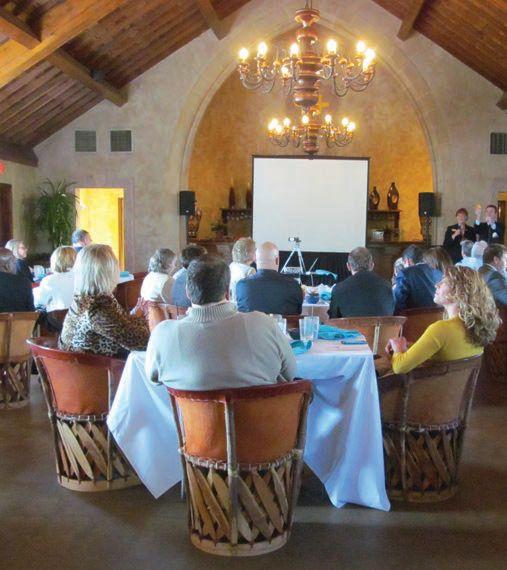




Optimize Your Health Age Management Wellness Programs
If you are experiencing:
High Blood Pressure
Memory/concentration concerns
Heart Disease
Erectile Dysfunction
Lack of Energy
Call today for your comprehensive consultation Now located in Fort Worth
Boy Scouts’ five pillars, plus the 12 principles of Scout Law equal one unbeatable culture. Adams is in touch with what Scouting did for him as a child, and his passion for the program runs so deep that he’s since held every leadership position in the Longhorn Counsel. The counsel, which is headquartered in Fort Worth, serves 900 Scout units, 26,000 Scouts, and 10,000 adult volunteers. Adams, his brothers, and his three sons are among the five percent of boys involved with Scouting who eventually attain the rank of Eagle Scout. And they’re in good company. A veritable Who’s Who of prominent leaders have benefited from some of the same experiences he had as a boy and who have integrated what they learned into their work. Among them are Rex Tillerson, CEO of Exxon Mobil; Joe Landy, co-managing partner of Warburg Pincus, one of the largest private equity funds in the world; and Robert Gates, former defense secretary and CIA director. You’d be hard-pressed to find a more enthusiastic or more convincing advocate for Scouting than Glenn Adams. You also won’t find many who have been more successful at internalizing the important life lessons he learned as a youth and drawing on them both to achieve personal/ business success and to inspire everyone around him. The results this Eagle Scout CEO continues to produce speak for themselves, and he’s got me wishing I weren’t too old to join. Scout’s honor.


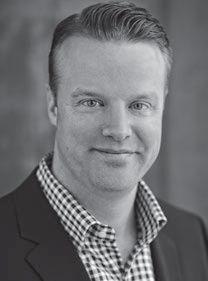
Jason Forrest is CEO of Forrest Performance Group, a global leader and designer of sales, management, and corporate training programs. He grew up “under the influence” of his father, a business owner and professional salesman, and his mother, a persuasive speaking professor. What would happen if all executives ran their businesses under Scout Law? Please see Jason Forrest's video interview at fwtx.com/ fwinc/videos.
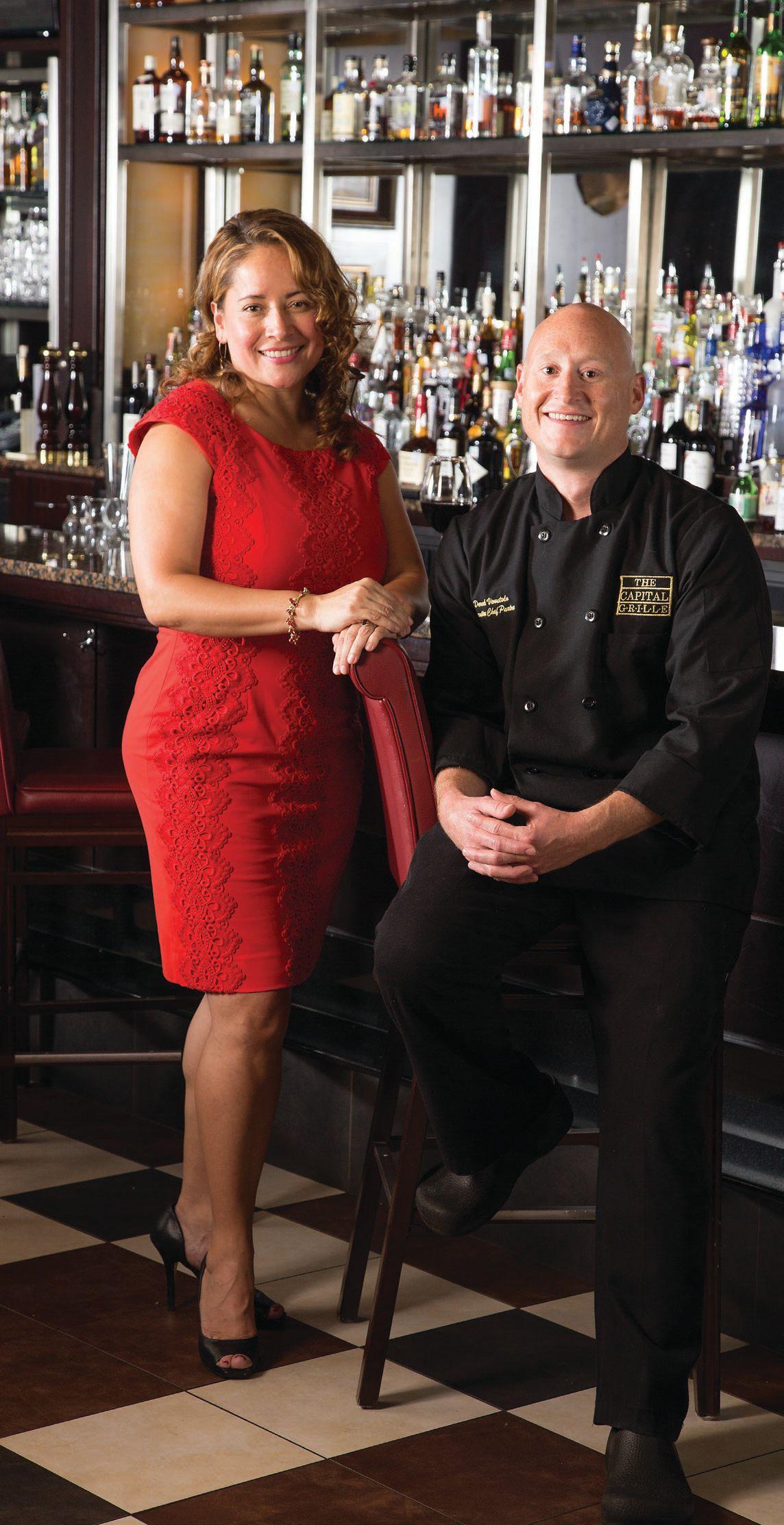
Gloria Starling, a proud parent of Gabriel, Managing Partner of The Capital Grille, and community servant. She is one powerhouse woman to know in Fort Worth. How does she do it all?
“I have a remarkable team. My partner, Chef Derek, is incredibly talented, and we have the best relationship. The management and staff are becoming a closer team and allow the individual members to accomplish more. At home, I get great support from my husband who understands the very unpredictable restaurant life, Mom and Dad who are always there to help out and my wonderful sister Andy . Without the solidarity that surrounds me, there is no way I could accomplish all that I do,” says Gloria.
While Gloria is best known for the numerous awards she and her team at The Capital Grille have received, her favorite accomplishment is her son, Gabriel, who brings light to all who meet him. She also gives credit to her Grandmother CantAlicia who taught her important lessons The passing down of knowledge is key to success and sharing with both her family at home and at work has been an intricate part of their success. Her grandmother, a great woman that raised 6 kids on her own taught the importance of strong family values has helped her in keeping it all together. “Dream big” “Never take no for an answer”, “remember you are very fortunate, always be thankful”, still echo as part of her daily lessons. As she continues to dream big here in this Great City, her commitment is not just to our community but to continue to deliver excellence through service and memorable experiences at The Capital Grille, Fort Worth.
By ScoTT NiShimura
TCU Baseball Head Coach
Jim Schlossnagle’s teams have gone 516-236 in his 12 seasons as head coach, and his work landed him a contract extension a year ago through 2020. The Horned Frogs regularly sell out the stadium each year in season tickets. Schlossnagle, 45, sat down for a Q&A with FW Inc. about his management style.
On his management style: The old school college coach of I just want to coach
the team - you cannot be that way anymore. If you’re just a baseball guy, you’re going to fail miserably in this profession, at least at the highest level. The people who have a grasp of everything that is involved in running a major college sports program are the ones who have the greatest success.
On communicating with his customers - student-athletes, their families, administration, fans, and alumni, to name five: Is your style with them the same? It very much differs. With parents, I want them to know my No. 1 responsibility is to take care of their child. The parent is more than welcome to communicate with me at 2 in the morning about anything having to do with the welfare of their child. However, I do not discuss baseball. Part of the player’s job is to grow up and learn how to manage, and part of the parents’ job is to let go on that side of it. With fans, we want to keep them informed as to the general direction of the program. I want people to be passionate about TCU baseball, and they certainly have become that. But…I have a job to do. If I do it at the beck and call of the general fan, then I’m not going to do as good a job as I can. With the donor base, especially at a private school, we’re all responsible to it. The people who are most heavily invested in the program deserve to know what’s going on. Most of those people have a great feel for privacy and what questions to ask. (I communicate) personally, one on one, whether it be lunch with them or breakfast, or phone conversations, spending time in the offseason. Not much during the season. And I have a great athletic director, a great boss, who helps me navigate through that.
On who he learned from: Did you understand all this when you took this job in 2003? I was really, really fortunate to work as an assistant coach mainly for two head coaches, Bill Wilhelm at Clemson and Rick Jones at Tulane. Rick Jones was phenomenal at building and maintaining and growing a program in every phase. That’s what we’ve done here.
On assessing talent: When you’re recruiting kids and you find one who had a past problem, how do you assess that? First, I sit them down and just try to determine: Is this a bad person or a good person who made a mistake? You try to look them in the eye and get a sense if they’re telling the truth. Then you do some background work. I like to get to get in their home and see their environment and see them around their parents. I like to see how respectful they are of those relationships. If we have 35 guys on the team, I’ll have 27 or 30 who came from great families. The remaining five or seven who maybe screwed up or aren’t where they need to be, with the culture of our program, they’re surrounded by so many awesome kids, they’ll eventually become that.
Million-dollar question: What do you know today that you didn’t know in 2003? In our program, we call that the million-dollar question. For me, there are a lot of answers. My biggest problem as a young head coach is I would personalize the performance of the players. I was so concerned with winning and losing, which I still am, (but) I’ve learned better how that happens. It’s not about the actual game. It’s what happened in all the time leading up to that, and the culture you create, and the kind of young people you develop, and the consistency in your demeanor as the boss of it all. It’s still a struggle for me, because I’m competitive, but I’m better at it.

TCU's Jim Schlossnagle can teach executives a lot about management. Please see our video interview at fwtx. com/fwinc/videos.



Your smile is more than just a response; it’s the symbol of your personality and the centerpiece to your overall look. As a pioneer in the field of cosmetic dentistry, Dr. Mitch Conditt combines technical skill with artistic vision to create a smile that will represent who you are and fit your lifestyle and aspirations.
An instructor to thousands of dentists from all over the world, Dr. Conditt takes a great deal of pride in having built a practice where patients—like you—feel rejuvenated simply because of the amount of care and experience that has been invested in their personal smile needs.
Contact Dr. Conditt’s practice today to schedule your smile consultation. We are ready to help you start the journey to a smile that is unlike any other.
by DAviD berzinA Fort Worth Chamber of Commerce
The Texas economy remains among the strongest in the nation: With a gross domestic product exceeding $1.6 trillion, the state’s economy rivals many nations’ such as Canada, Australia, Korea, and even our neighbor, Mexico. North Texas, and Fort Worth in particular, are playing a large role in this continued economic prosperity.
Regionally, North Texas has the sixth largest GDP in the nation, $414 billion in 2013. Tarrant County contributed $13 billion, earning a spot as the fourth-largest metropolitan GDP just behind Texas’ Dallas and Harris counties and Los Angeles County, Calif. As well, Tarrant County enjoys the highest level of business growth among the top five counties with the highest GDPs, at 3.5 percent. It’s no wonder that Fort Worth is attracting more interest than ever before from international companies.
This past July, the London-based medical technology giant Smith & Nephew selected Fort Worth as the U.S. headquarters for its Advanced Wound Management Division. The company is expanding its existing footprint in Fort Worth by constructing a 55,000-square-foot facility at the Clearfork development, with immediate plans to hire 200 local employees and the option to hire another 50 later. This multinational company manufactures arthroscopy products, advanced wound care management products, and ENT, gynecology and orthopedic reconstruction products. The city competed against sites in Austin and Jacksonville, Fla., for this international investment.
Another English company established a presence in Fort Worth this year. NiteSite, of York, England, moved into a 3,000-square-foot facility at the Riverbend Industrial Park to distribute night vision scopes for hunting, security and zero light observation.
Without a doubt, the biggest win for Fort Worth in 2015 was Facebook. This project is Fort Worth’s first $1 billion-plus capital expenditure project. The Facebook project is projected to surpass $1.2 billion
In addition to attracting new businesses, a number of international brands already in Fort Worth have expanded their footprints here.
in capital expenditures, perhaps even reaching $2 billion. While the company may be a shining example of American technology and entrepreneurism, Facebook undoubtedly has an international presence and influence. The company announced in July its plans to build three 250,000-square-foot facilities on 110 acres at AllianceTexas. The buildings, which will feature advanced renewable energy sources, will house data processing and power storage equipment that will enable the website to handle its increasing traffic. The project will have between 50-100
high-paying computer and data related positions in the first two phases. In addition to attracting new business opportunities, a number of international brands with long-standing histories in Fort Worth expanded their footprints. Galderma, an industry leader in dermatological pharmaceuticals, selected its Fort Worth campus for a 100,000-square-foot expansion. Fort Worth competed against a site in Cranbury, N.J. The Galderma project will create at least 350 high-paying jobs in the near term. The company specializes in the research, development and marketing of dermatological treatments. It became a wholly owned subsidiary of Nestlé in 2014 and is headquartered in Lausanne, Switzerland.
Novartis is yet another international company that increased its local presence this year. In September, Alcon celebrated the ribbon cutting of a new global data center for the Americas at the Alcon eye care division headquarters in Fort Worth. The data center is one of only four primary Novartis data centers worldwide; the others are in Basel, Switzerland; East Hanover, N.J.; and Stein, Switzerland. Alcon, a global company specializing in eye care products, established its headquarters in Fort Worth more than 70 years ago. Novartis, Alcon’s parent, is a global healthcare company based in Basel.
While we are always thrilled to work with international companies who want to establish or expand their presence in Fort Worth, we also realize there are a number of opportunities for local companies to conduct business internationally. The annual Mayor’s International Luncheon provides these companies with a chance to gain unique insight about how to be successful in the worldwide economy from Fort Worth CEOs who are leading global brands. This year’s luncheon, which took place on Oct. 28, featured Humberto Antunes, CEO of Galderma and Nestle Skin Health.
Another way we are attracting international attention is by getting out into the world and talking about the wide array of
amenities available in North Texas. The focus of our most recent trip to the United Arab Emirates is a great example of the unique partnerships we are creating for this purpose. The Fort Worth Chamber joined the City of Dallas, Dallas Regional Chamber, Dallas/ Fort Worth Airport and American Airlines to familiarize our partners in the UAE about the pediatric and advanced medical care options available to UAE residents at our regional hospitals. Representatives from Cook Children’s Medical Center, Baylor Scott & White All Saints, and the University of Texas Southwestern Medical Center also participated.
In addition to receiving state-of-the-art medical care, international students seeking an education in the medical field have another reason to come to Fort Worth. In July, an announcement that perhaps rivals the Facebook project was the partnership of Texas Christian University and the University of North Texas Health Science Center to create a new MD school. The program will provide Fort Worth with the nation’s most comprehensive health care education located on a single campus. An initial class of 60 students will begin the program in 2018. The MD school will be a great complement to the existing Doctor of Osteopathic Medicine program at the UNTHSC.

Introducing the new standard of luxury cocktails with bartenders and mixologists that know the craft of curating an unforgettable cocktail experience.
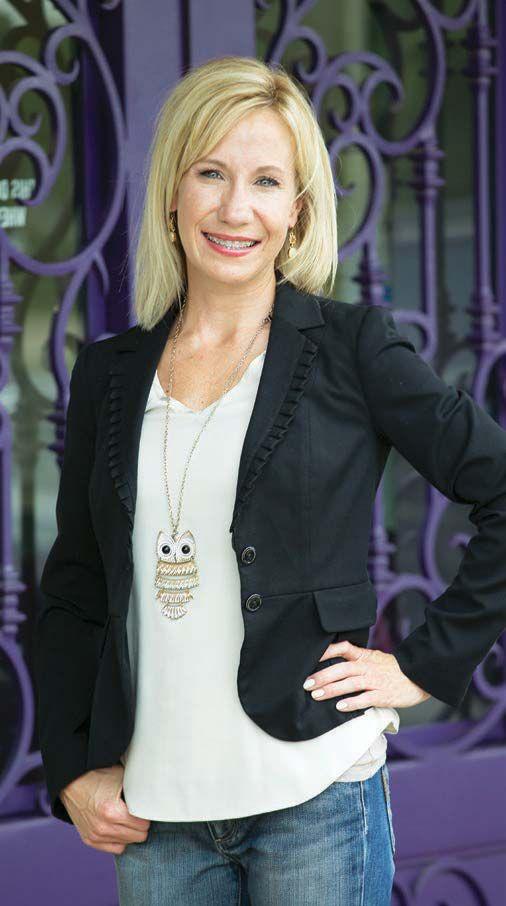
There was a time when it seemed that Fort Worth did not have much of an international presence. According to the results of our latest survey, Fort Worth companies do business in 84 countries. Our economic strength is building momentum as more international companies see the benefits of having a presence in our city.

David Berzina is executive vice president of economic development for the Fort Worth Chamber of Commerce, and he joined the Chamber in 2004. His projects have resulted in more than 13 million square feet of building space, $3.4 billion in capital investment, and more than 20,000 jobs and $1.2 billion in annual payroll. The Chamber will provide an economic development update in each issue of FW Inc.

Fast-growing Fort Worth sees rapid rise in grocery, restaurant, and other retail development.
By sTephen Coslik
Woodmont Company
With Fort Worth poised as one of the fastest growing cities in the nation, the area is seeing rapid growth in retail.
Fort Worth citizens love to eat, which is why the grocery store market has been hot these past 18 months. While HEB is yet to pull the trigger on anything new in Tarrant County and Albertsons and Safeway are holding steady with no new growth, two Fresh Market stores have opened, one on University Drive and the other in Southlake. A new Walmart Neighborhood Market has opened on Old Granbury Road and Centergy’s West Miller has announced there will be a grocery store anchor at the Trinity Left Bank development in the Cultural District. The grocery store drawing the most excitement is the Whole Foods set to open in Waterside in 2016.
Speaking of Waterside, drive down Bryant Irvin near where the Lockheed Martin Recreation Center used to be to observe all the construction going on. This master-planned, 63-acre, mixed-use development will feature a live-work-play environment and is part of Trademark’s “Conscious Places” development style. By combining residential living with access to the Trinity River and Trail system, residents will have everything they need right at their fingertips. Not only will Waterside feature a Whole Foods, but REI, the first in Fort Worth, will open in 2016. Plans for Waterside include 175,000200,000 square feet of retail space and
riverside restaurants, 20 acres of multifamily and townhomes, 200,000 square feet of office space, and a signature hotel site. Trademark has announced a few other retail tenants such as Zoës Kitchen, Blaze Fire’d Pizza, Massage Heights, Amazing Lash, Taco Diner, Mattress Firm and The Pretty Kitty, with more to come.
The other new retail development Fort Worth residents are looking forward to opening is Neiman Marcus in the Clearfork development sometime in 2017. Neiman Marcus will move from Ridgmar Mall to the Edwards Ranch area in southwest Fort Worth to anchor The Shops at Clearfork, a new open-air shopping center. The new store will be two stories and 90,000 square feet, about 25 percent smaller than the Ridgmar location. The store’s interior design has not yet been determined but will most likely feature a restaurant, incorporate lots of technology and offer a broader selection of European luxury brands.
Besides Neiman Marcus, the 500,000-square-foot shopping center will have about 100 high-end specialty stores, a premium luxury theater and restaurants. Shoppers can look forward to finding new shops featuring upscale fashion designers not currently operating in Fort Worth or Tarrant County.
Clearfork is a 270-acre development on the Edwards Ranch between Hulen Street and Bryant Irvin Road. Shoppers will have access to The Shops at Clearfork from the Chisholm Trail Parkway.
The Neiman Marcus store will face the parkway just north of the new Forest Park Hospital.
The big question is whether Neiman Marcus’ move from Ridgmar Mall hurts or helps the mall. The customers who shopped at Neiman’s generally didn’t shop in the mall stores and vice versa. Ridgmar finds itself in a nice place, as the new tenant of the current Neiman’s location will be able to connect this location with mall shoppers and make the entire mall more user-friendly to its overall customer-base. Watch for more details on this new tenant and the overall plan for the mall in 2016.
Tired of waiting for these new stores to come on line? Don’t forget to check out University Park that features many new-to-Fort Worth retailers like Michael Kors, Athleta, Sephora, Free People and Kendra Scott. Altar’d State will be opening its doors soon. Across the street in WestBend, near the new Fresh Market, residents will also find Tyler’s is opening in the fall of 2015.
Big box developments, the shopping areas with large space tenants like Target, Lowes or Ross, for example, slowed almost to a halt these past five years. However, two new developments have opened this year featuring these large space users. The first is located on the west side of 121 just south of Glade Road, and the second has Alliance residents happy as it features a Target Super Center. These are the only two big box developments currently being developed in Tarrant County with no others on the horizon.

Stephen Coslik co-founded The Woodmont Company in 1980 and has been spearheading the company’s 34 years of success and its future growth. Woodmont manages 18 million square feet of retail space and currently oversees projects in Southlake, Odessa and Rockwall.

New laws present Texas business owners with plenty of questions and problems.
By TegAn BroAdwATer, Ceo, Tactical systems network, llC
how will Texas’ new Open Carry gun laws affect your ability to control your business environment?
Someone enters your business. As this person approaches and begins to speak, it becomes apparent he is there to express discontent. He is also armed with a handgun protruding from his hip. He’s not wearing a badge, and he doesn’t acknowledge the reason for carrying this weapon into your business. Your receptionist tries to calm the angry person but is intimidated. With no security in place and the situation escalating, the receptionist tries to decide whether to call police or draw her own weapon - if she has one. How much responsibility do you want as an employer for what could happen next? If the situation worsens, how will the culture at your place of business be affected? Even if the situation quells, does this interrupt the flow of business? How much will this cost? Will the parties survive? Will your business survive? Was this worth it?
Business leaders should engage in discussions about this issue before a situation happens.
You maintain the freedom to discuss, deliberate and decide what’s best for you and your business’ culture, security, liability and clients.
Initiate open discussions with your staff and explore options. There may be positives, but the consequences of a negative event can still be irreparable. We recommend your security provider, attorney and/ or HR representative be present for these discussions. Liability is a key factor often overlooked in cases where these types of considerations are made.
We recognize Texans want to carry, and in some cases, it could affect the patronage of your business to prohibit such carrying of weapons on your property, but it is an option. You maintain the freedom and control to discuss, deliberate and decide (the 3 Ds) what’s best for you and your business’s culture, environment, security, liability exposure and clients.
According to a 2015 survey of the Texas Police Chief’s Association, nearly 75 percent of Texas police chiefs opposed open carry in Texas.
Although citizens of Texas have been carrying concealed for some time, businesses for the most part have elected to ignore the topic rather than address it head-on and risk controversy.
Now with open carry approved, no one will be able to ignore the fact that there will be a number of citizens bringing weapons into their businesses. Some people will feel safer and some will be alarmed.
This must be addressed. I would also be remiss if I neglected to mention that the training standards and licensing requirements for carrying a personal weapon in Texas are deplorable. Although you might feel skilled and capable, we must look at
the lowest common denominator when considering whether having barely-trained non-professional gun toters amidst your place of business is good.
Employers should review as many potential scenarios as possible. If there is a security or police presence on your property already, they will also formulate plans of action for scenarios. This is reasonable, since their professional presence and training provide you with some separation from the liability that comes with any guninvolved incident on your property (as long as you have simply vetted their capabilities and licensing).
These subjects should be addressed in your meetings: workplace violence, terminations, criminal trespass, theft intervention, complaints, active shooter incidents, enforcement of house rules, disgruntled patrons, religiously or politically charged persons, etc.
If employees un-holster a weapon at your place of business, are you willing to back their decision? Did they threaten to use the weapon or discharge the weapon? Did their presentation of the weapon exacerbate the situation? Did they have legal standing to do so? If not, are you considering additional training for your employees? If so, are you willing to also accept the liability for the training provided to your employees since they are now accountable for the application of that training?
Once you have made a decision, you should consult your attorney, security professional and HR director to create and disseminate a written policy and, if applicable, ensure signage prohibiting open carry weapons is sufficient.
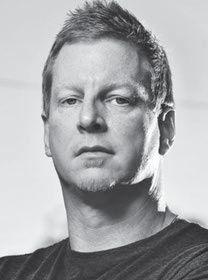


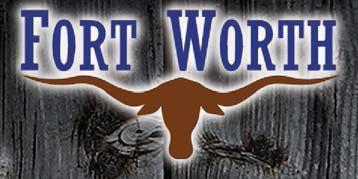








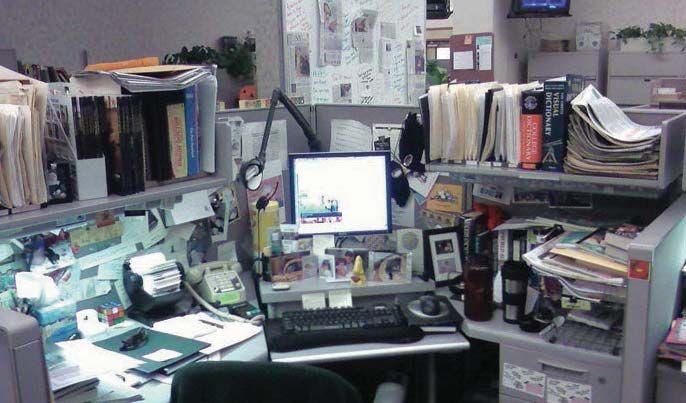
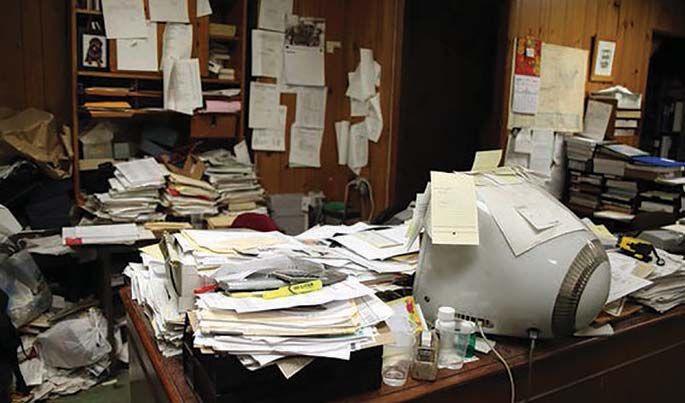





Winners ill b d


Weekly Winners will be drawn every Friday and posted to OIG’s Facebook Page, “LIKE” it Today!
1st Place
2nd Place
3rd Place


*Grand Prize Winner*

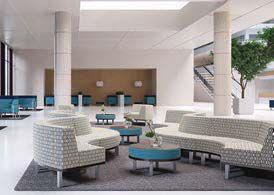







IRS looks at curtailing valuation discounts in wealth transfers and expects to issue word this fall.
By Kelly hein Rylander, Clay & Opitz, llP

For decades, wealthy individuals have engaged in estate planning transactions to pass their accumulated wealth to their desired heirs and avoid imposition of federal estate taxes. An important item in the toolkit of estate planners is the valuation discount. Discounts exist principally in two forms: lack of control, or minority interest, and lack of marketability. The IRS has suggested that it will issue regulations in the near future
The Internal Revenue Service has indicated it will issue new regulations this fall that could become effective immediately.
that could restrict the usage of these discounts for transfers between family members.
When a non-controlling (typically 50 percent or lower) interest in an entity such as a limited partnership or limited liability company is sold, the buyer will typically not pay a price equal to the pro rata value of the underlying assets. For example, assume a partnership owns a piece of land that should sell for a price of $100,000. If an individual were to buy a 10 percent interest in the partnership, he likely would be unwilling to pay $10,000 (10 percent of $100,000) for the interest. He would demand a lower price because, as a 10 percent owner, he could not independently control the usage of the land or compel a sale of the land and a distribution of proceeds. This behavior is seen over and over in exchange transactions between unrelated buyers and sellers and is the basis for the use of discounts by valuation professionals. The Internal Revenue Service has fought the usage (and the magnitude) of valuation discounts applied to gift and estate transactions. While they have
won a number of cases regarding the magnitude of discounts in particular fact patterns, it is now well established that valuation discounts are an appropriate and legal means to determine the value of assets. Due to their lack of success in the courts, the Treasury Department (the “parent” of the Internal Revenue Service), has sought to have legislative changes made that would curtail the use of discounts in the context of transfers between family members.
Since their request for legislative action has gone unfulfilled for a number of years, IRS is seeking to use their administrative ruling powers to meet their objective. On May 10, 2015, Cathy Hughes from the Treasury’s Office of Tax Policy spoke at a meeting of the Tax Section of the American Bar Association. She indicated that proposed regulations limiting the use of valuation discounts could be issued by mid-September. Further, it has been suggested that these proposed regulations could be effective immediately upon their issuance instead of, as is usual protocol, when they are issued in final form. This news sent shock waves through the estate planning community.
As of the mid-October writing of this article, no action has been taken yet by Treasury regarding issuance of these regulations. However, individuals with taxable estates may want to consult their estate planning advisors soon to see if it is possible to take advantage of valuation discounts before they are eliminated or curtailed.

Kelly Hein is Partner-In-Charge, Tax Department at Rylander, Clay & Opitz, LLP, a Fort Worth public accounting firm. Kelly focuses his practice on assisting individuals and families with tax consultation and compliance, including estate and gift planning.
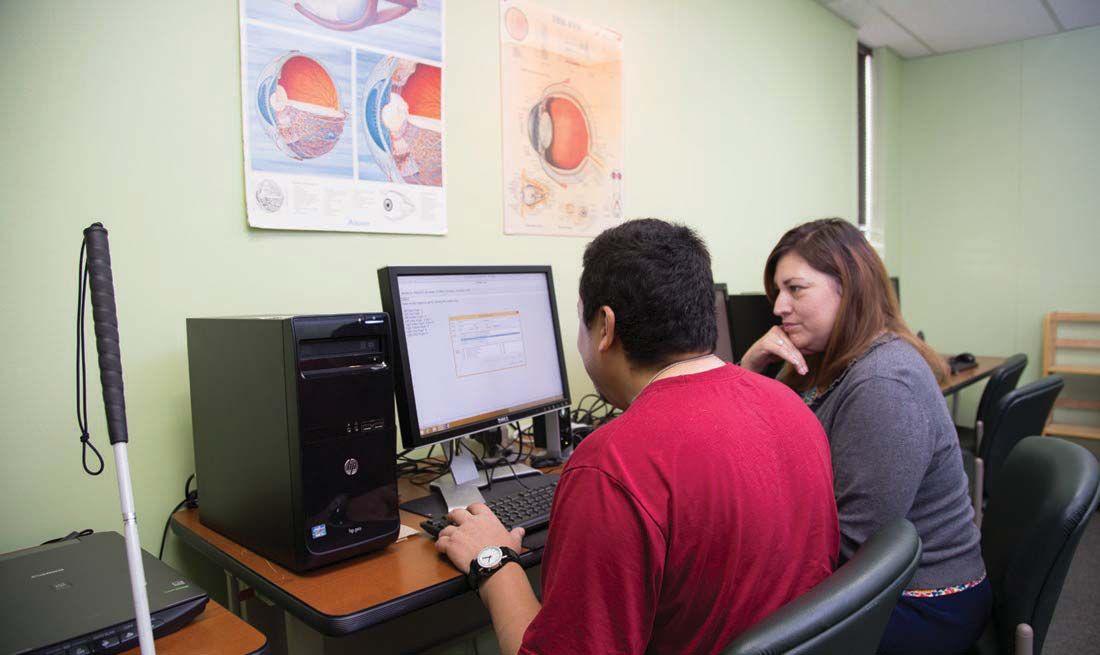

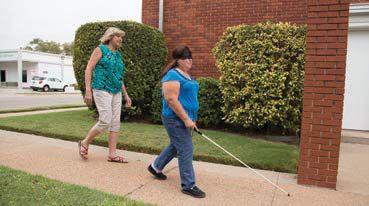



Briggs Freeman CEO on The Demands of Juggling a Growing Firm, Family and The Need to Recharge
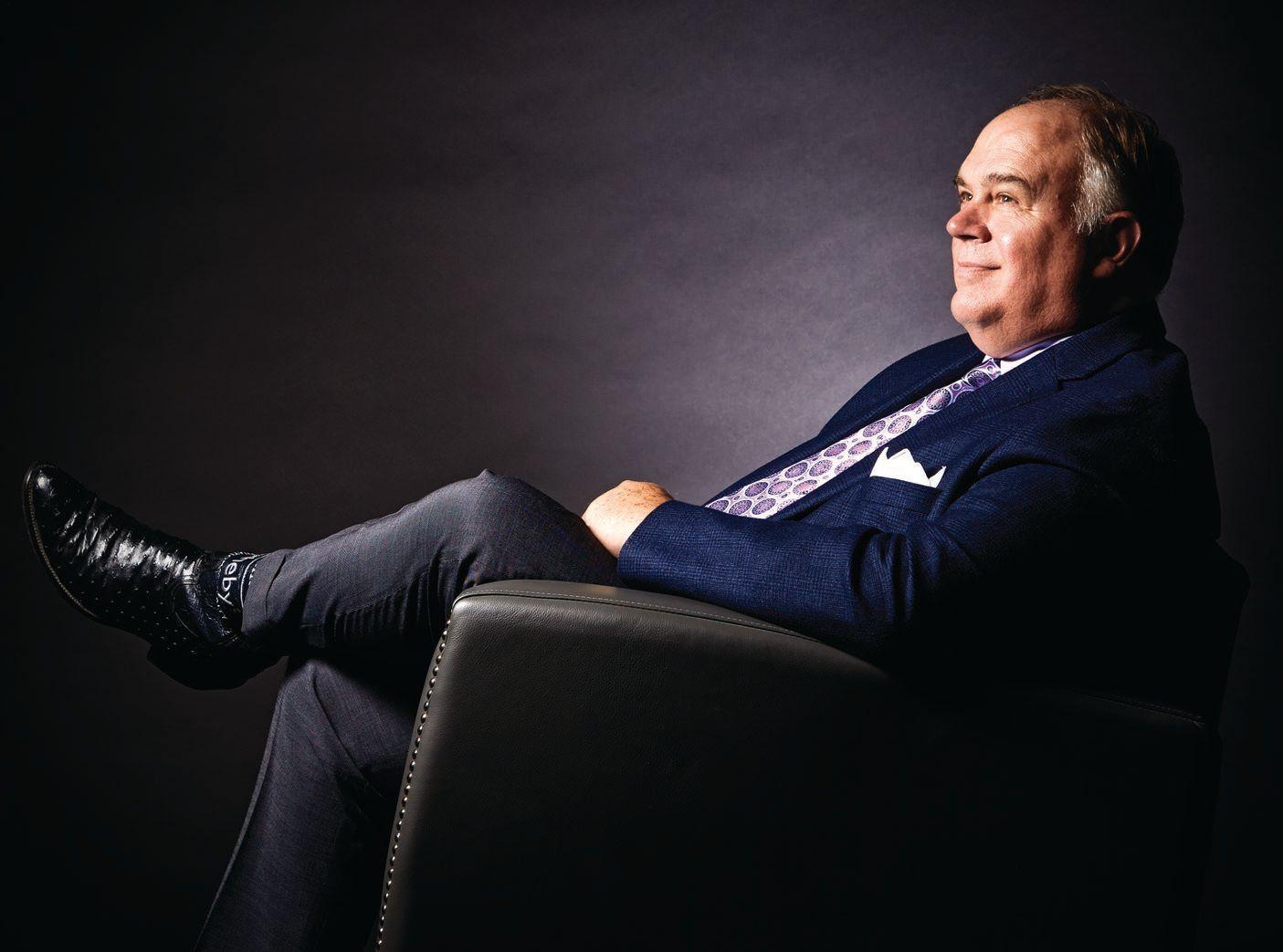
“My role at the company is to set vision, be a rainmaker, network globally with top brokers and support our agents.”
– Robbie Briggs
5:45 a.m. I awake fairly rested, but sleepy. It’s Wednesday. I take a long shower and dress in a suit and tie. My wife, Nancy, is awake, and I give her a kiss before my first cup of coffee.
6 a.m. I read Oswald Chamber’s daily
devotion and about 30 minutes of a Bible reading plan.
6:30 a.m. I call my friend and mentor Rick via Skype in Beijing for our weekly conversation and prayer time.
7:30 a.m. I spend about 20 minutes talking with Nancy. She will head off to lead a group of women in a weekly Bible study. I will head to the office for our weekly management and marketing meetings.
8:30 a.m. Some weeks, it’s our whole management team. Today, it’s our executive team and
sales managers. This includes me, our CFO, CMO, in-house counsel and seven managers that cover our 10 offices and 400 agents. This week, we are meeting in our new West 7th Street office.
We make plans for the upcoming Sotheby’s day of training in November, where we will host brokers from around the country and have the leadership of Sotheby’s International Realty roll out new programs and global opportunities. Each manager gives a report on office productivity,
profitability, activities and issues.
10 a.m. The sales managers are excused to face their busy days. 11 a.m.-noon.
After the dismissal of the executive team, I spend the end of the morning with the marketing department. The marketing director brings initiatives for my approval. We watch a few videos we have created that week for social media, websites and movie theater advertising.
Lunch I usually have a long lunch with a good friend or conduct business at a favorite establishment.
Afternoons I usually spend all day in Fort Worth on Tuesdays and Friday. This afternoon, I head to our Southlake office. An agent wants me to meet them at a property they’re trying to list in Vaquero. My role at the company is to set vision, be a rainmaker, network globally with top brokers and support our agents. I do not list or sell.
5:30 p.m. Traffic is bad going home. Nancy and I live in Dallas during the week. One of the reasons I’m in Fort Worth now every Friday is after work, we head down the Chisholm Trail to our property in Bosque County.
7 p.m. If we’re home, we might Skype with one of our five grown children. One family lives in China, Oregon, New York, Fort Worth and Austin.
9:30 p.m. I crawl in bed.
2 a.m. Many nights I awaken, and my mind is racing. In the wee hours is when I send lengthy texts and emails. Then I will head back to bed for two or three more hours.



